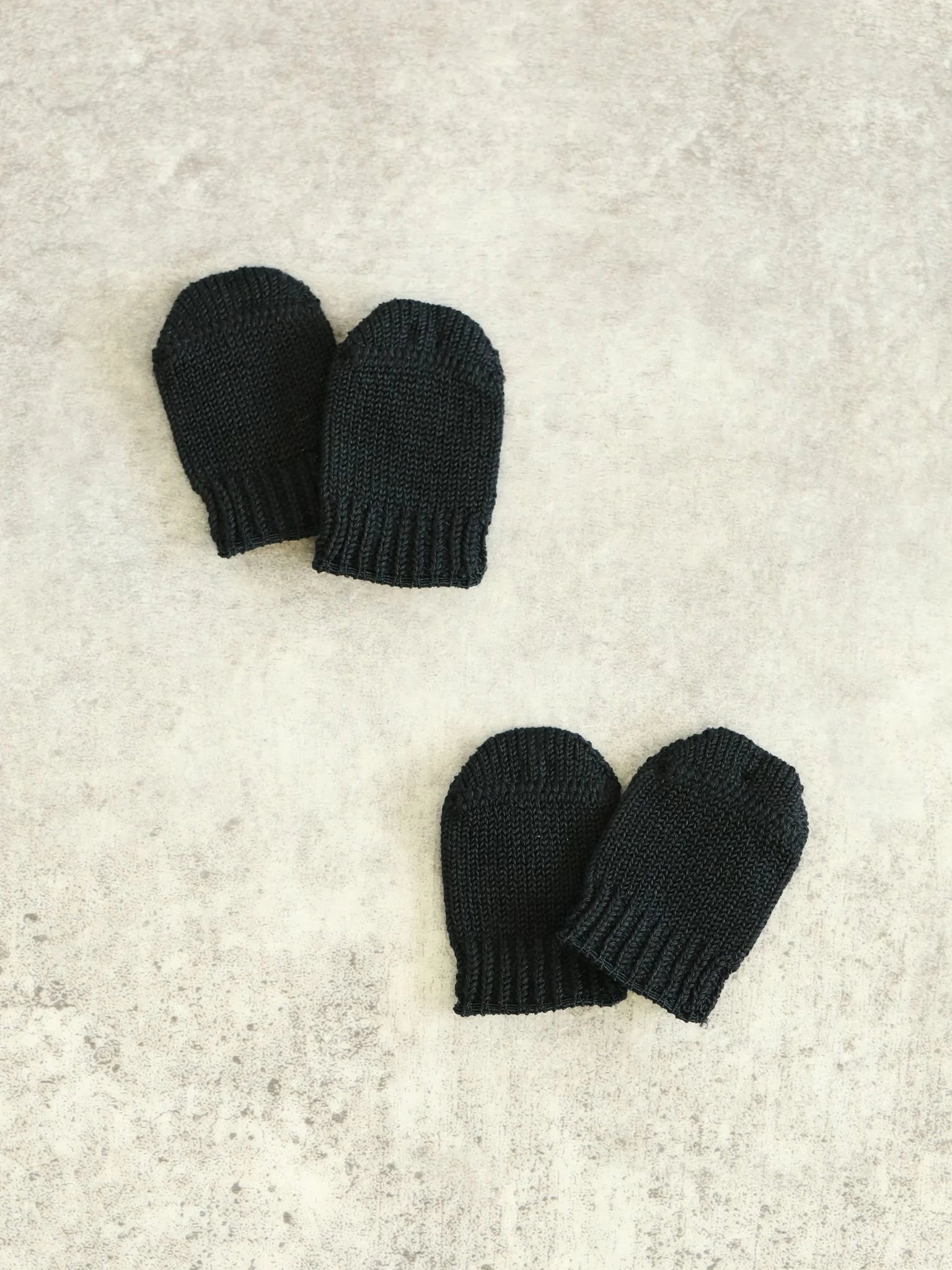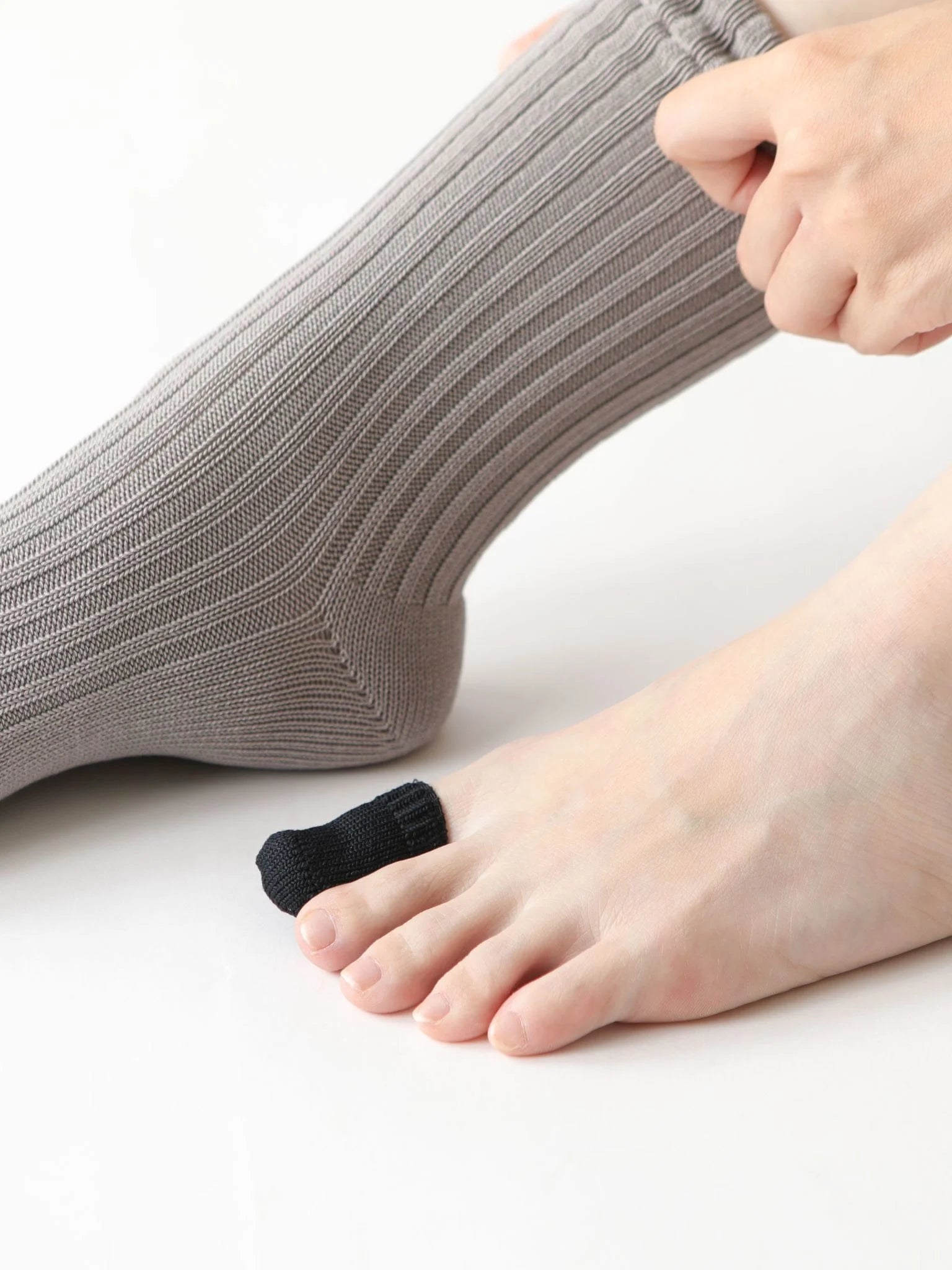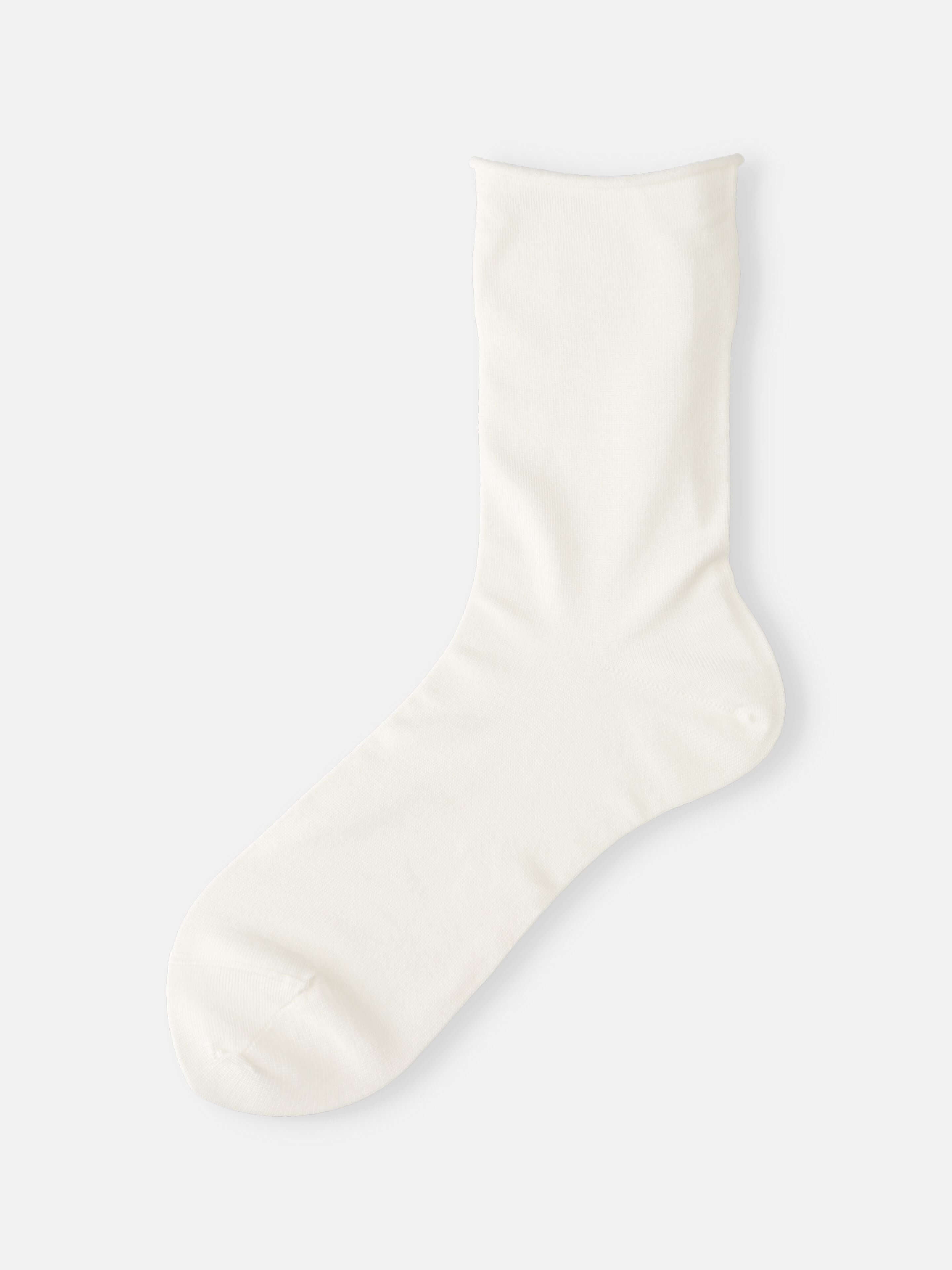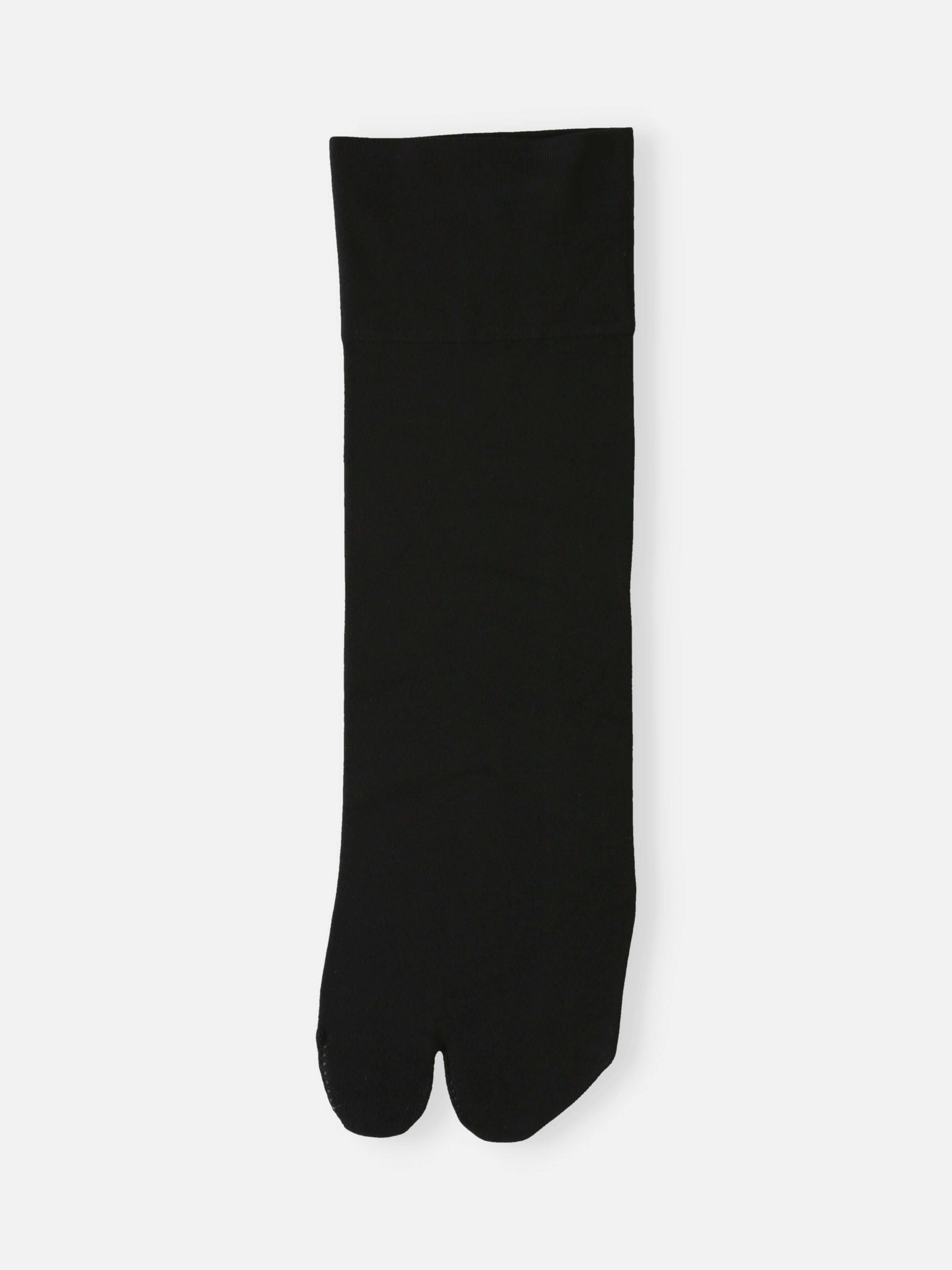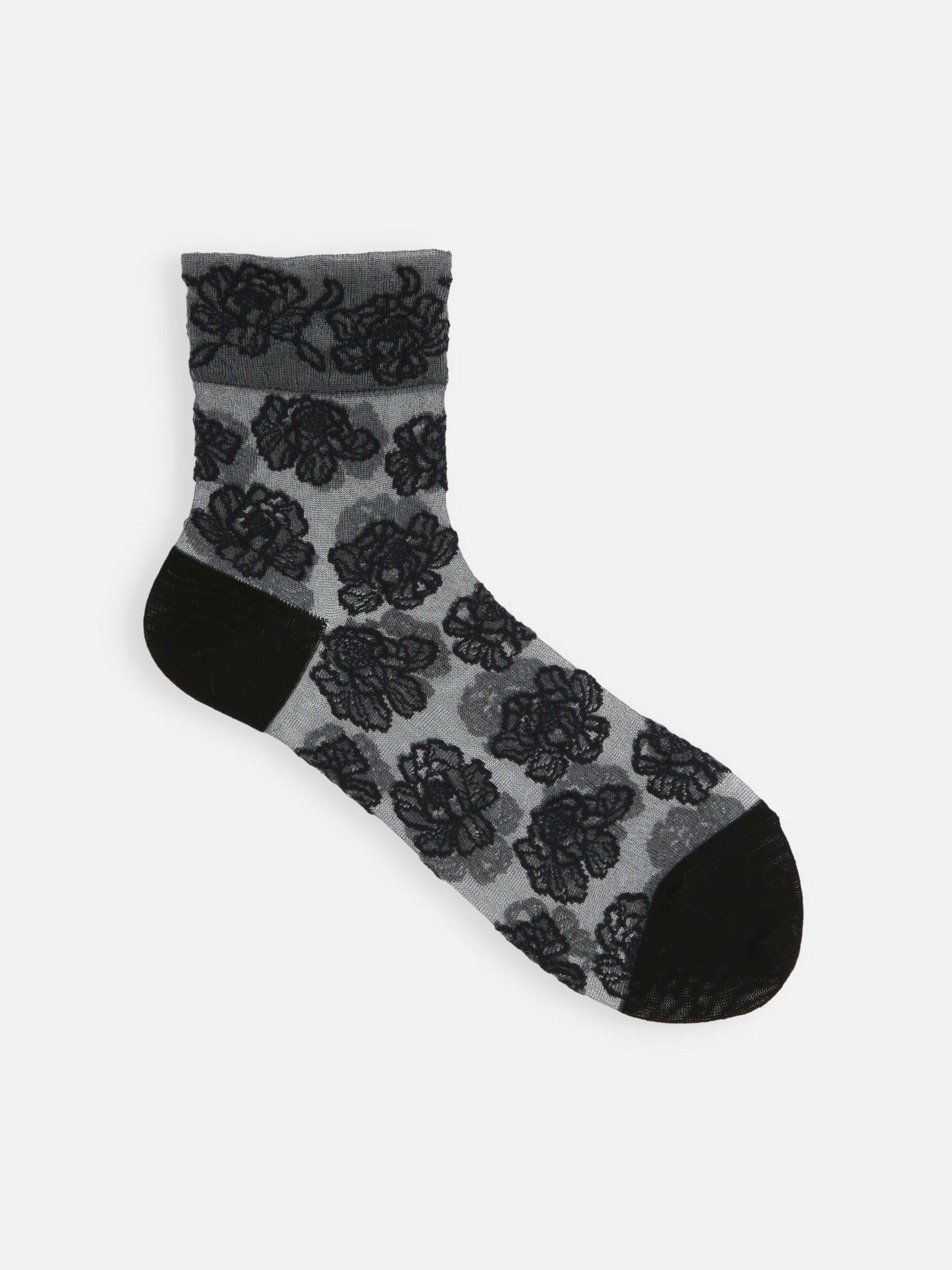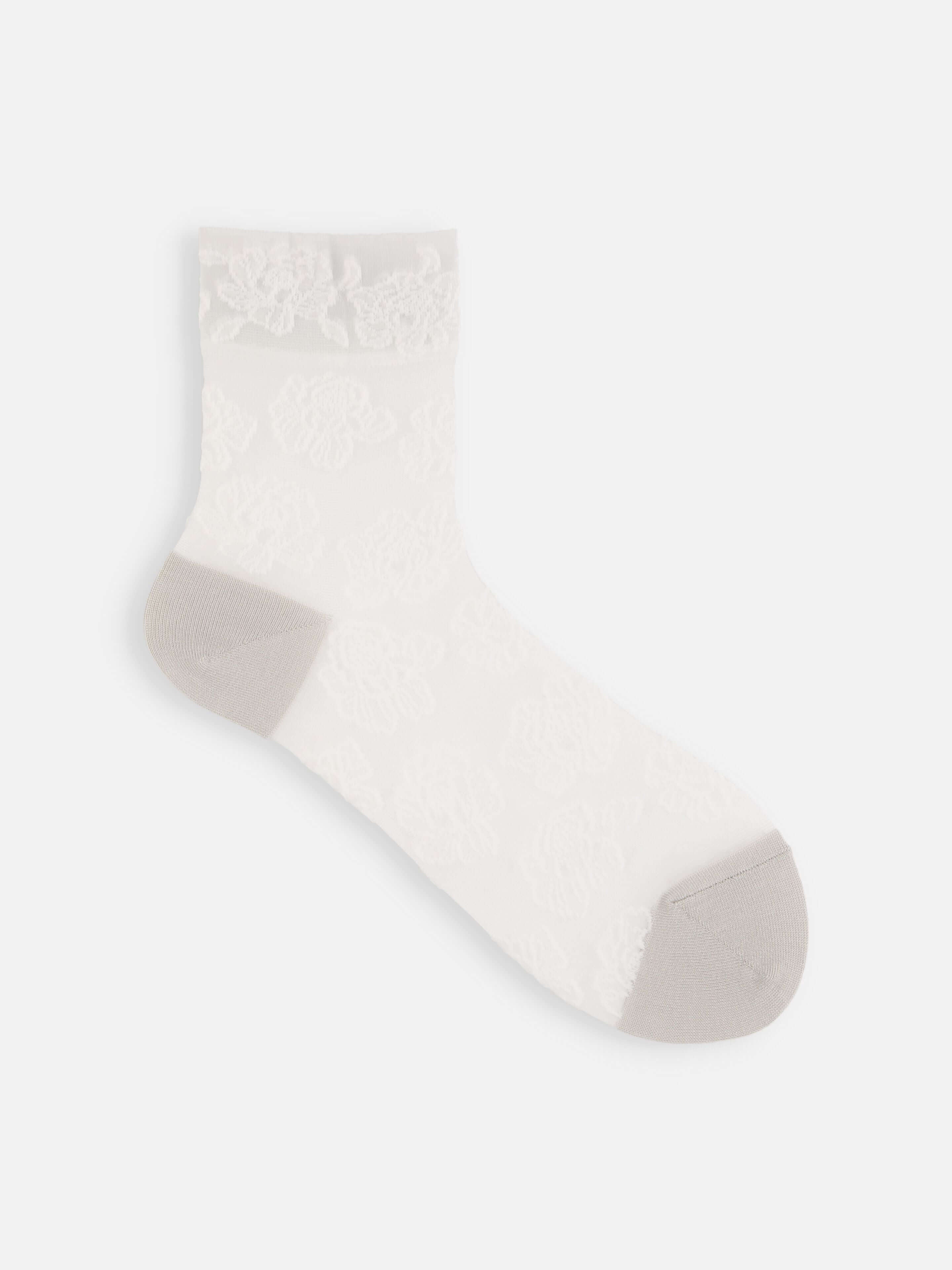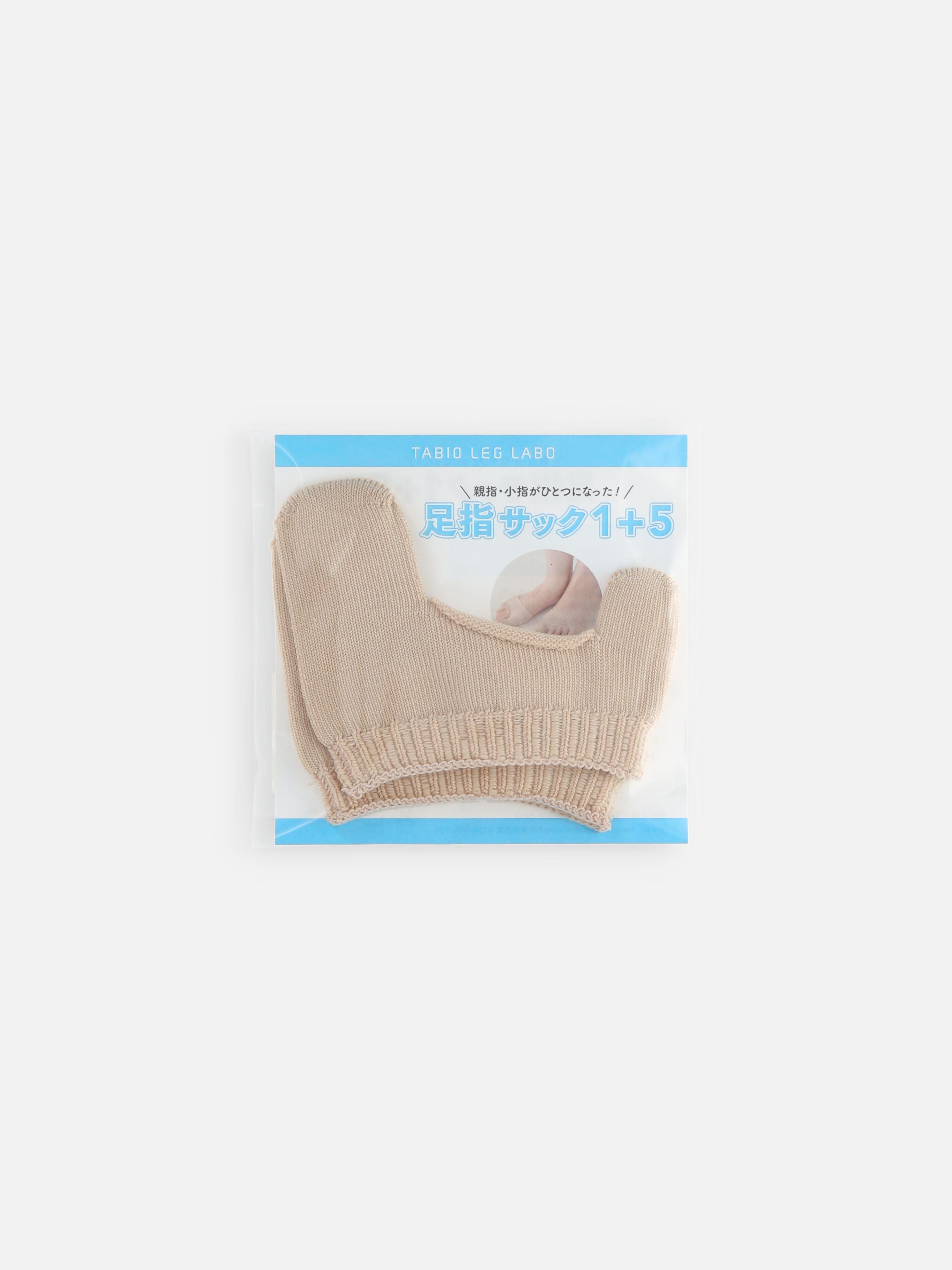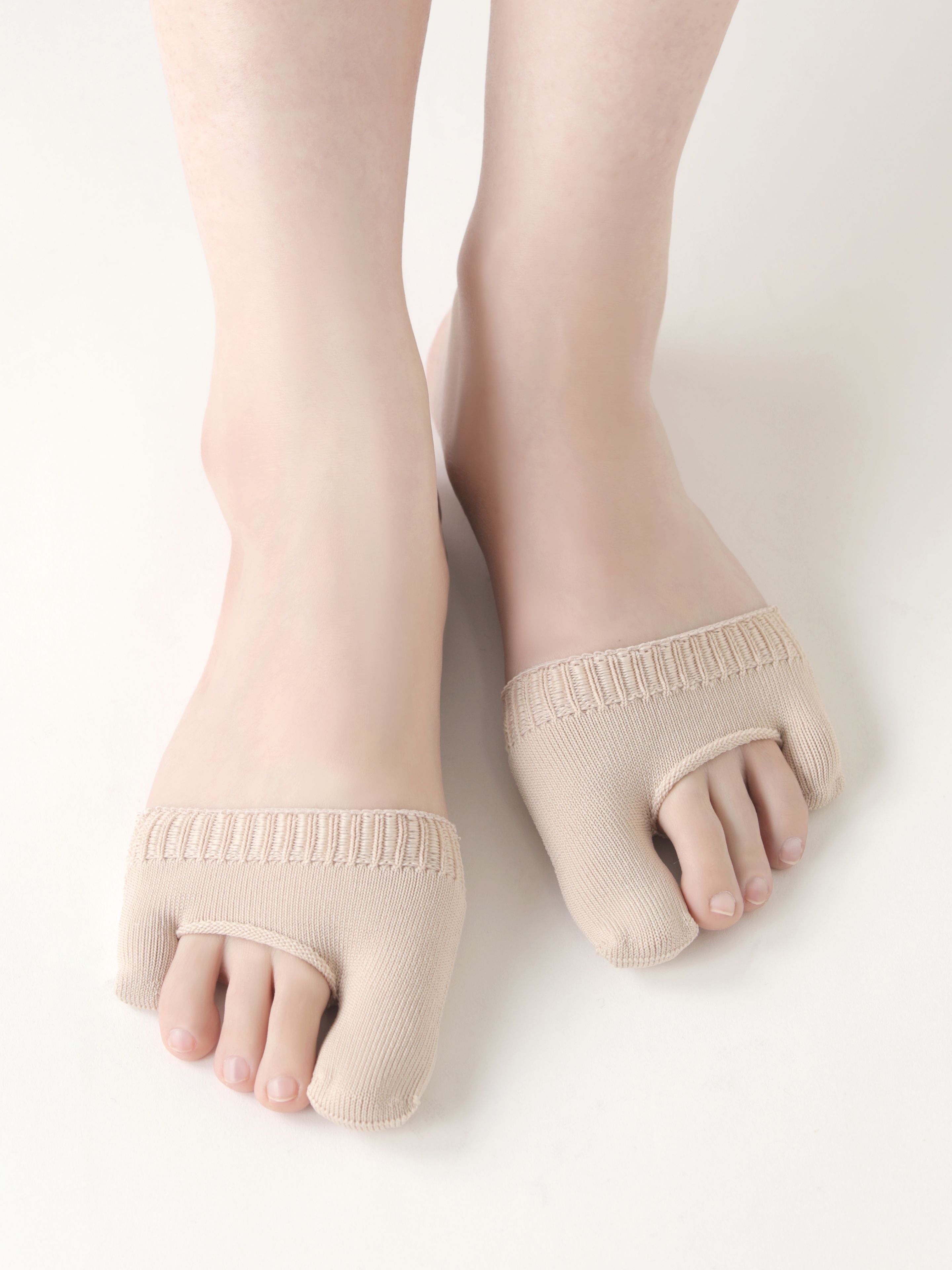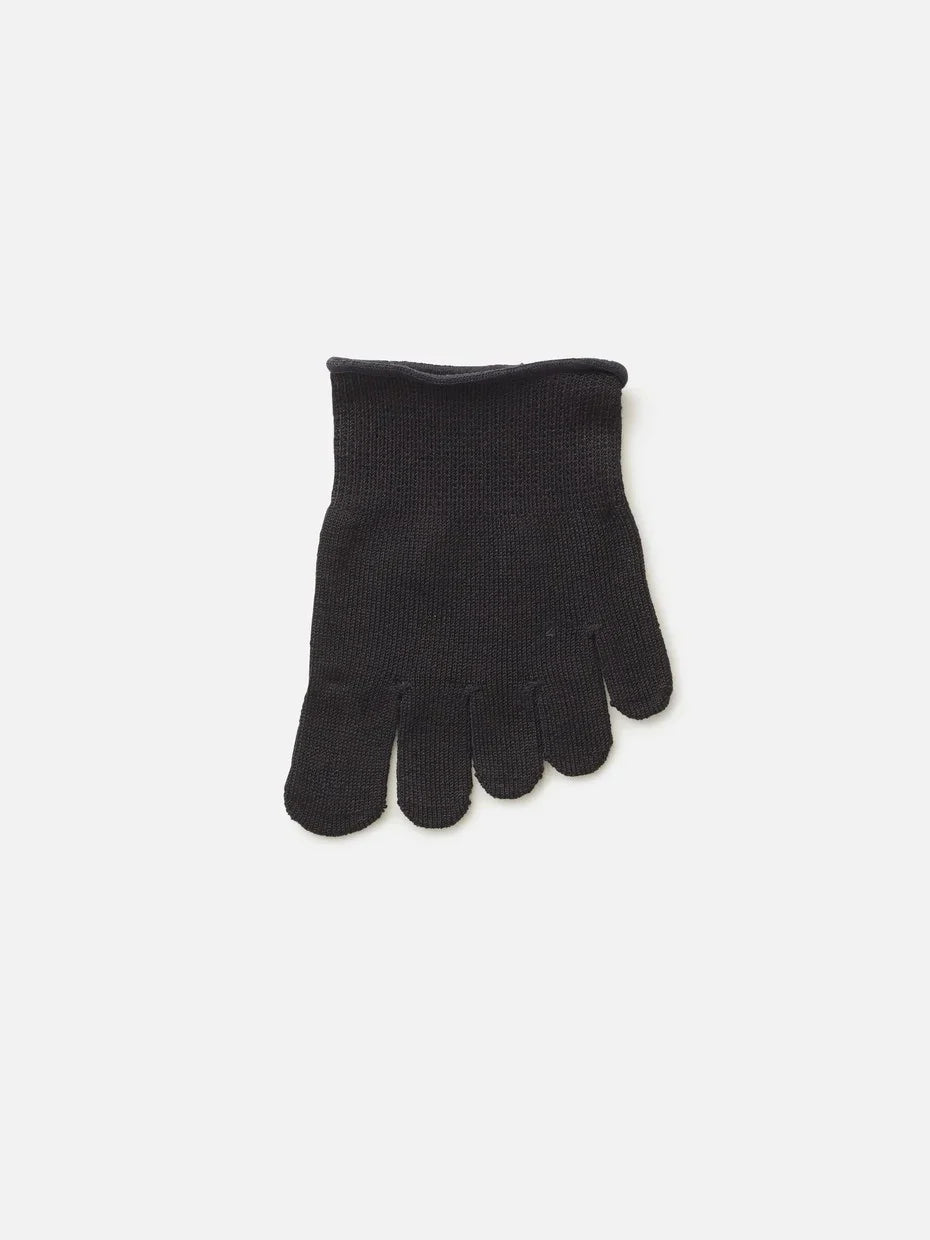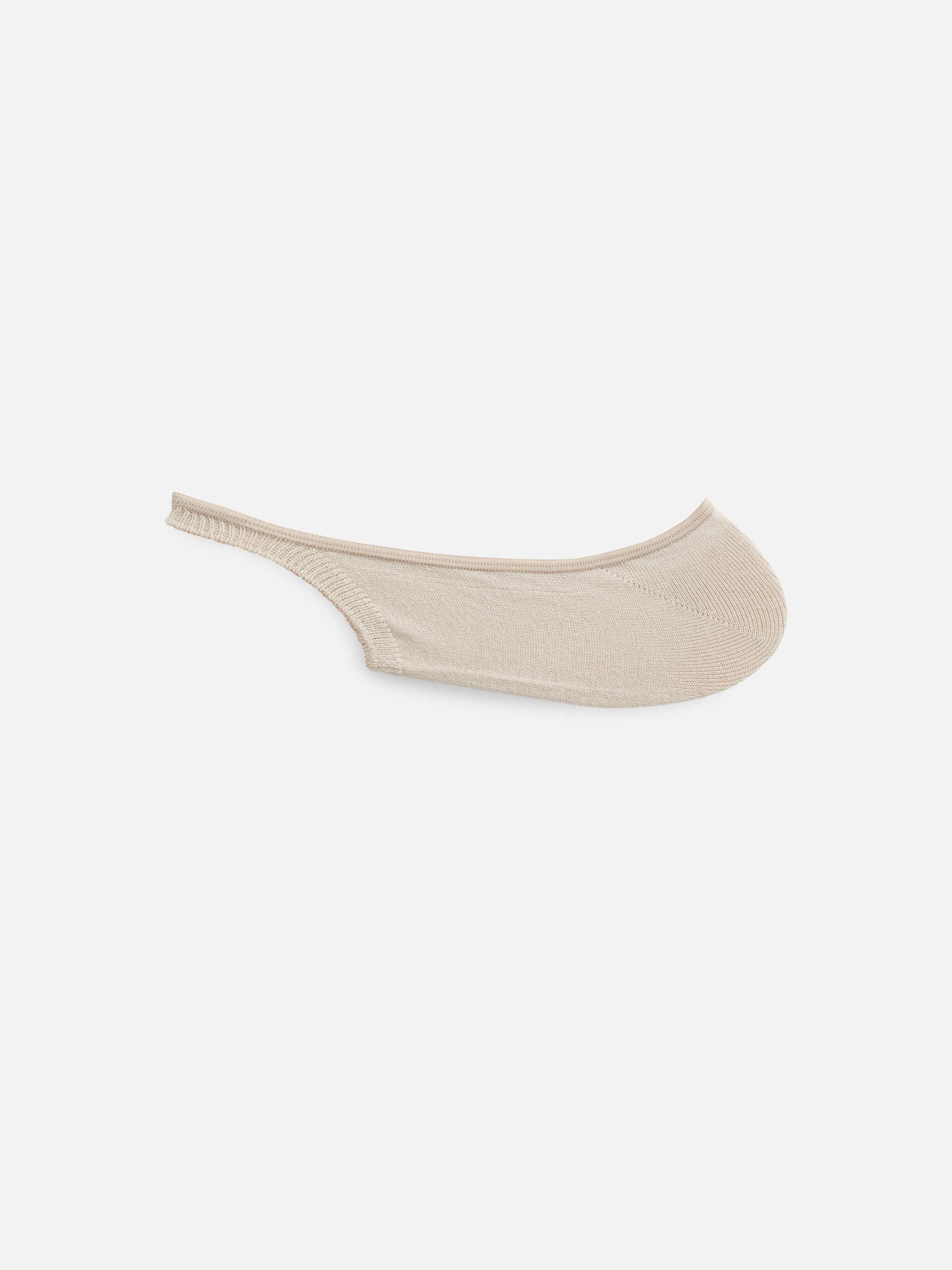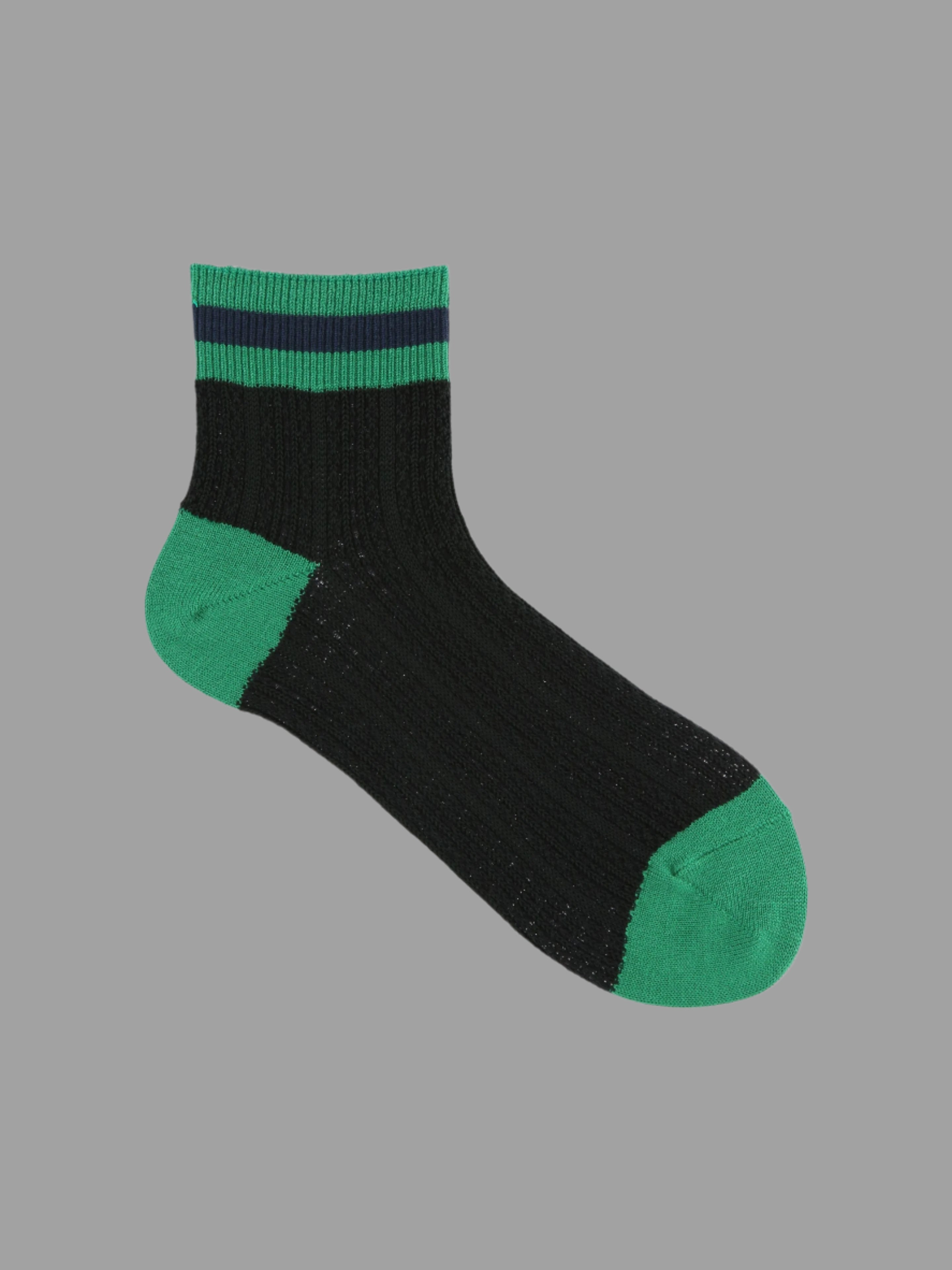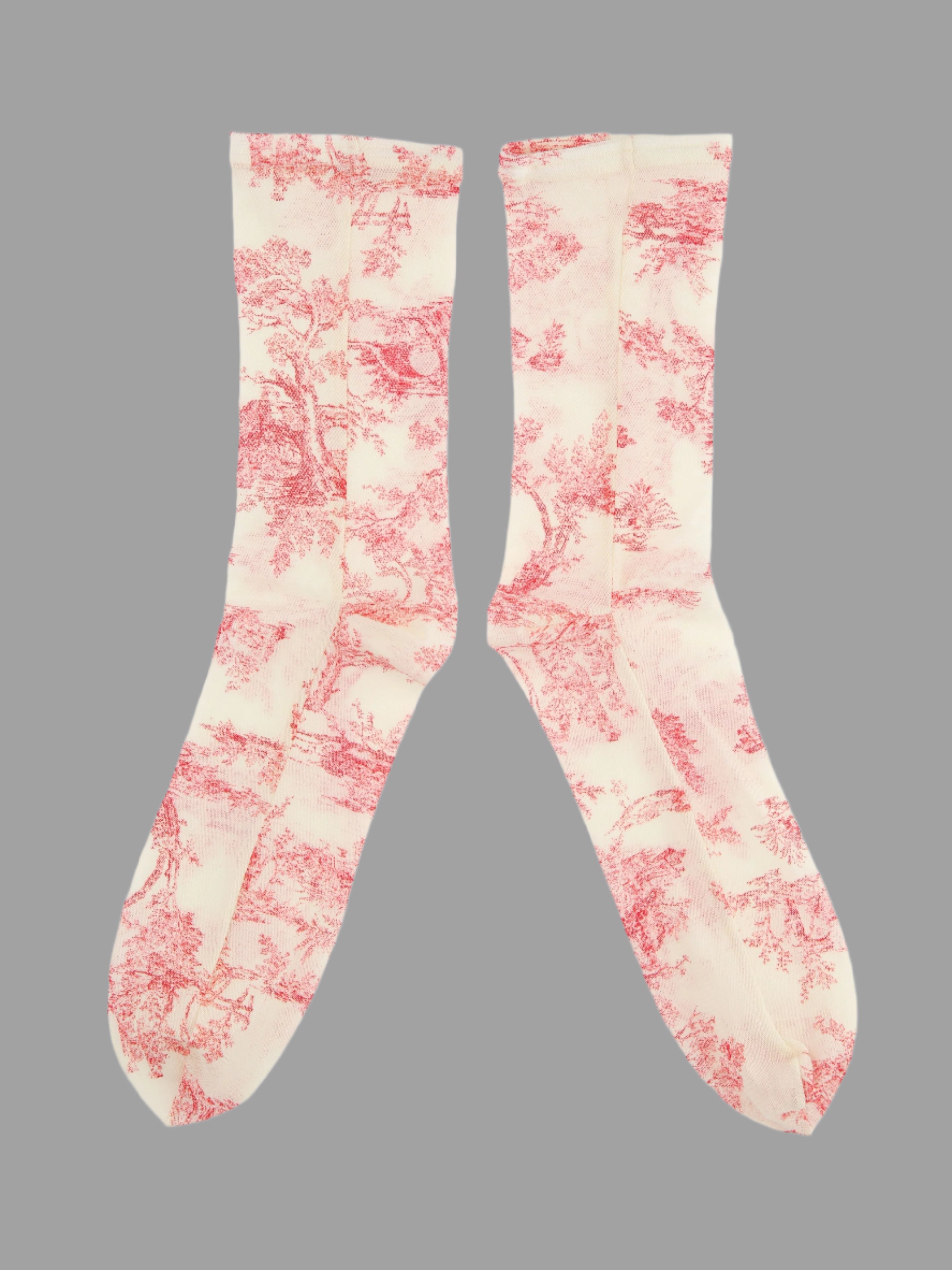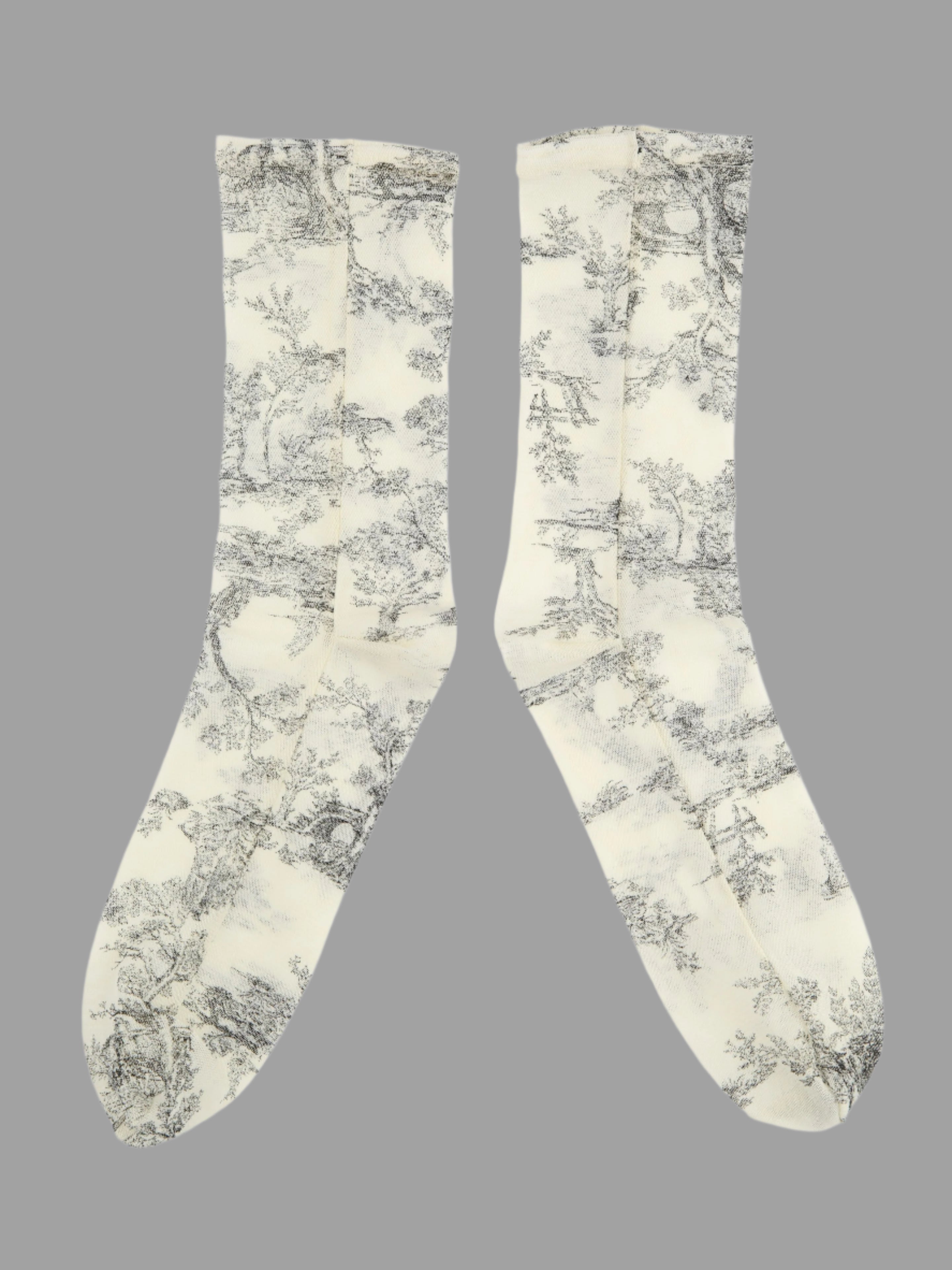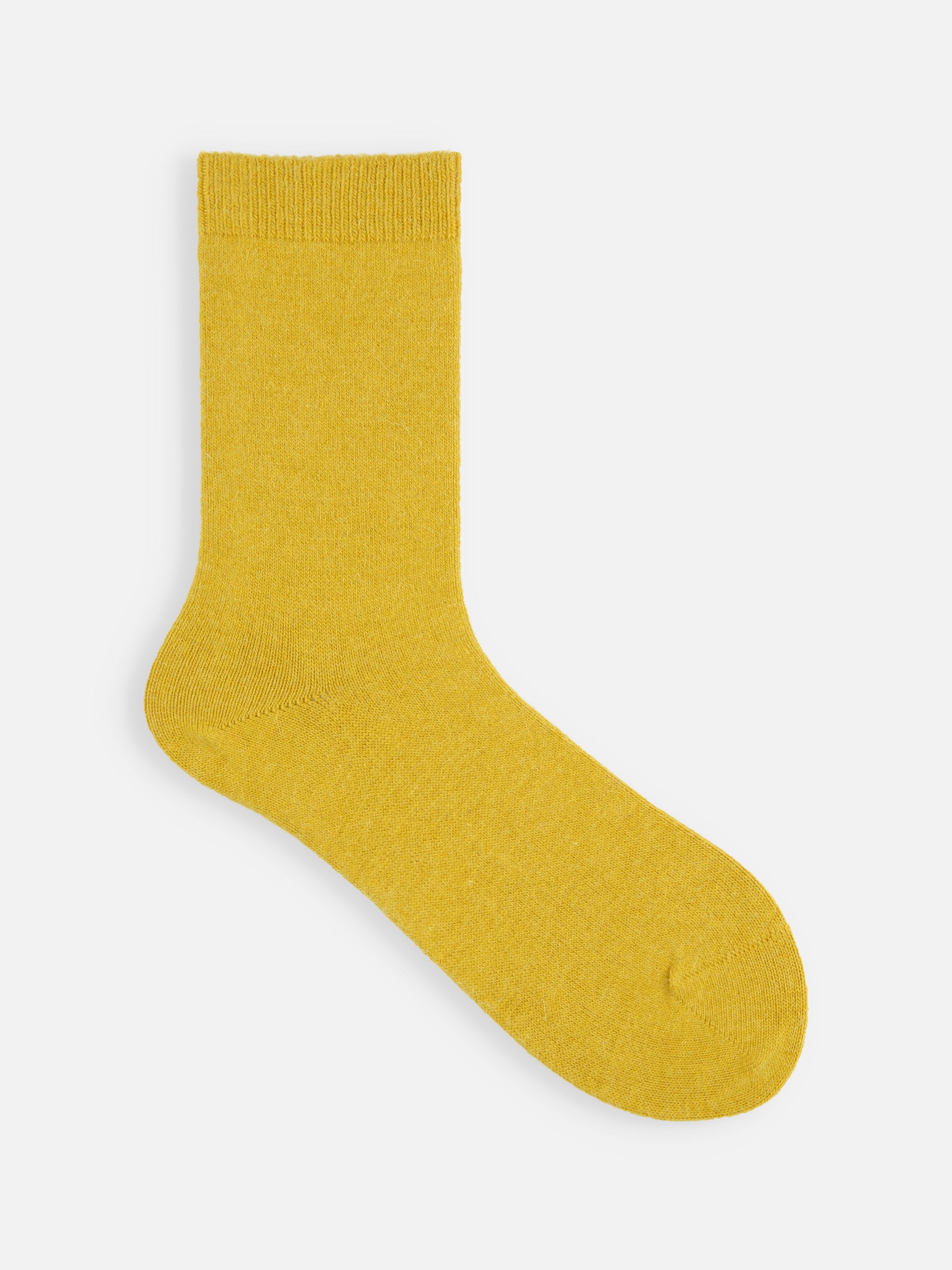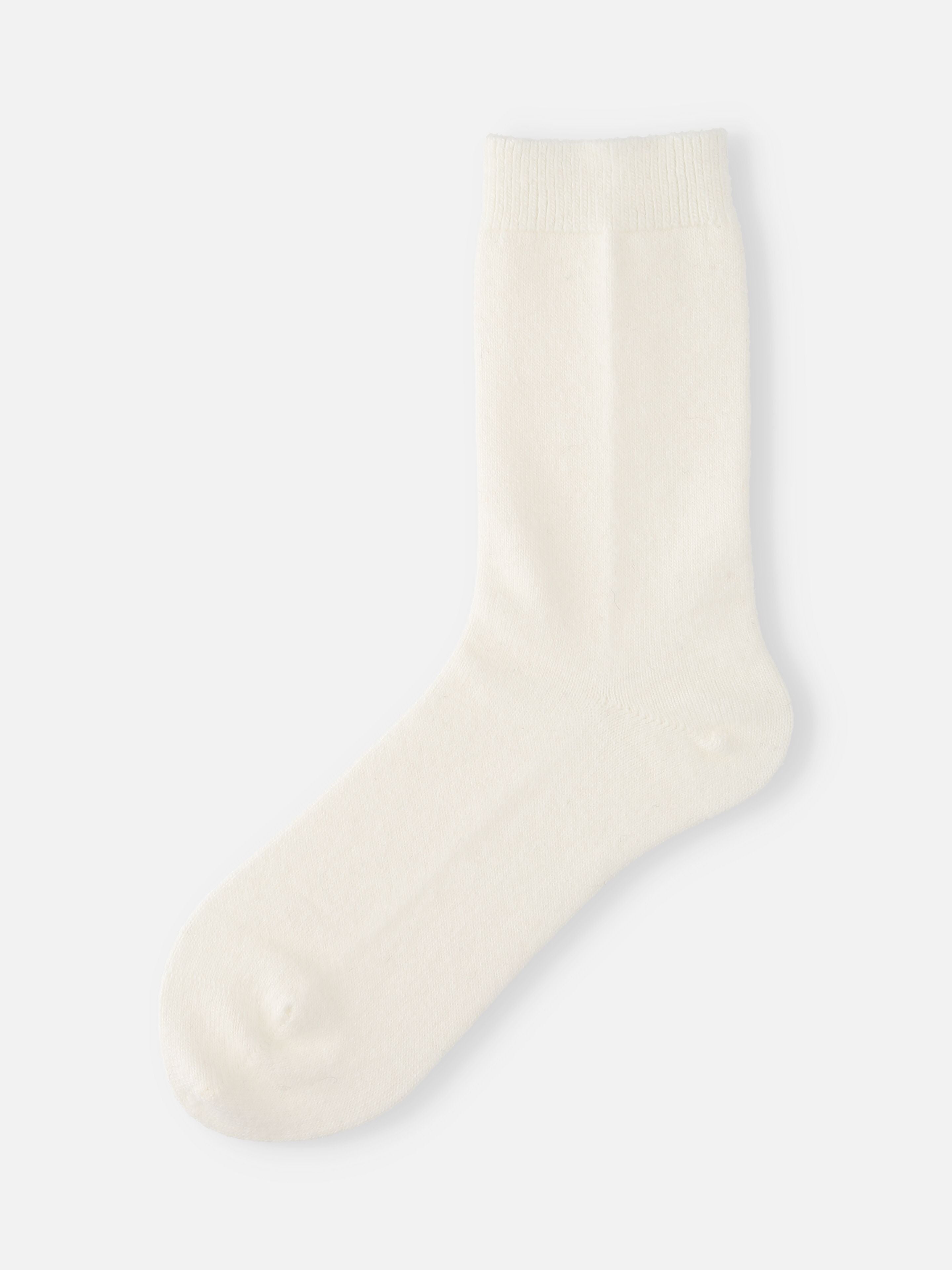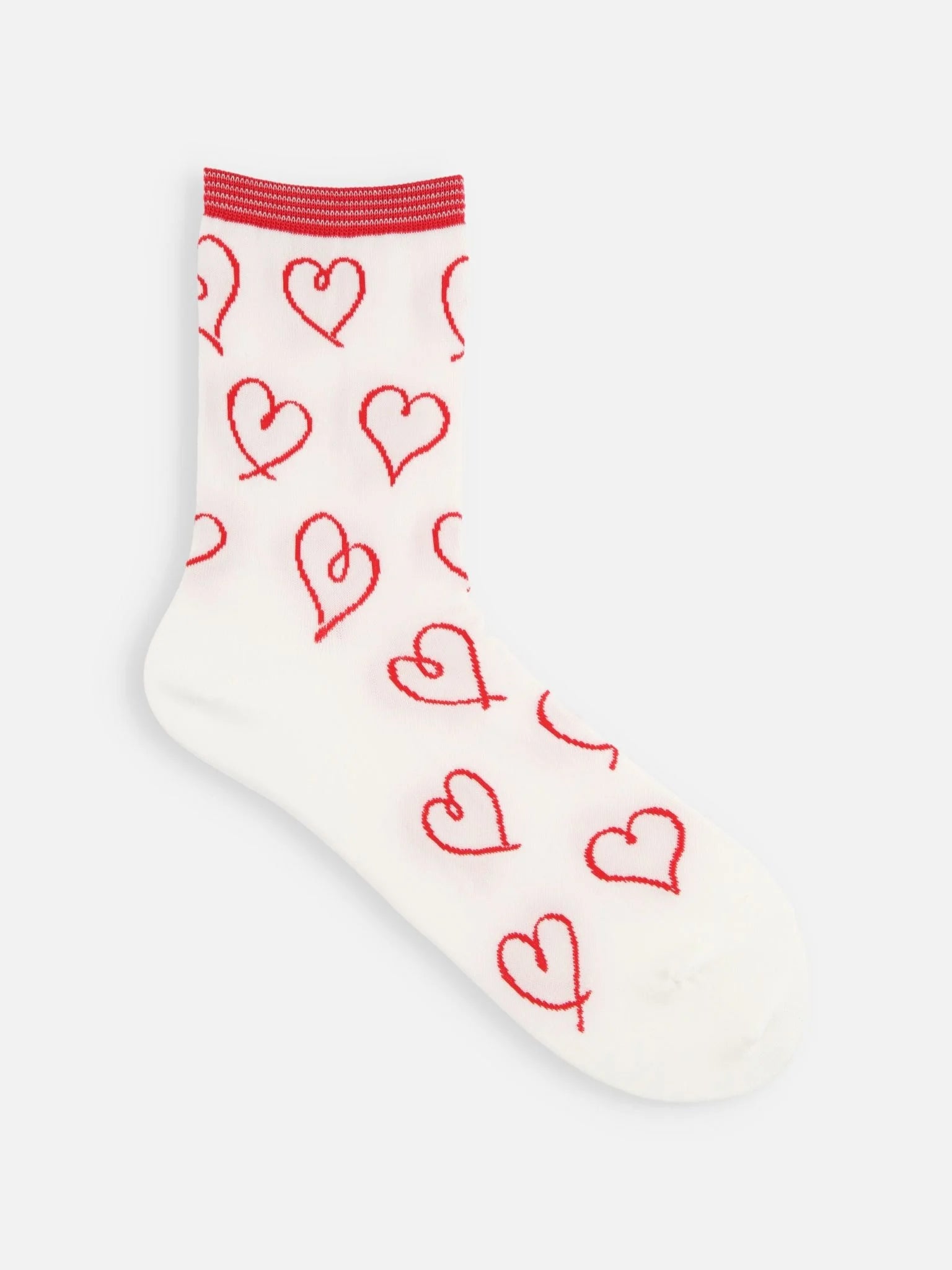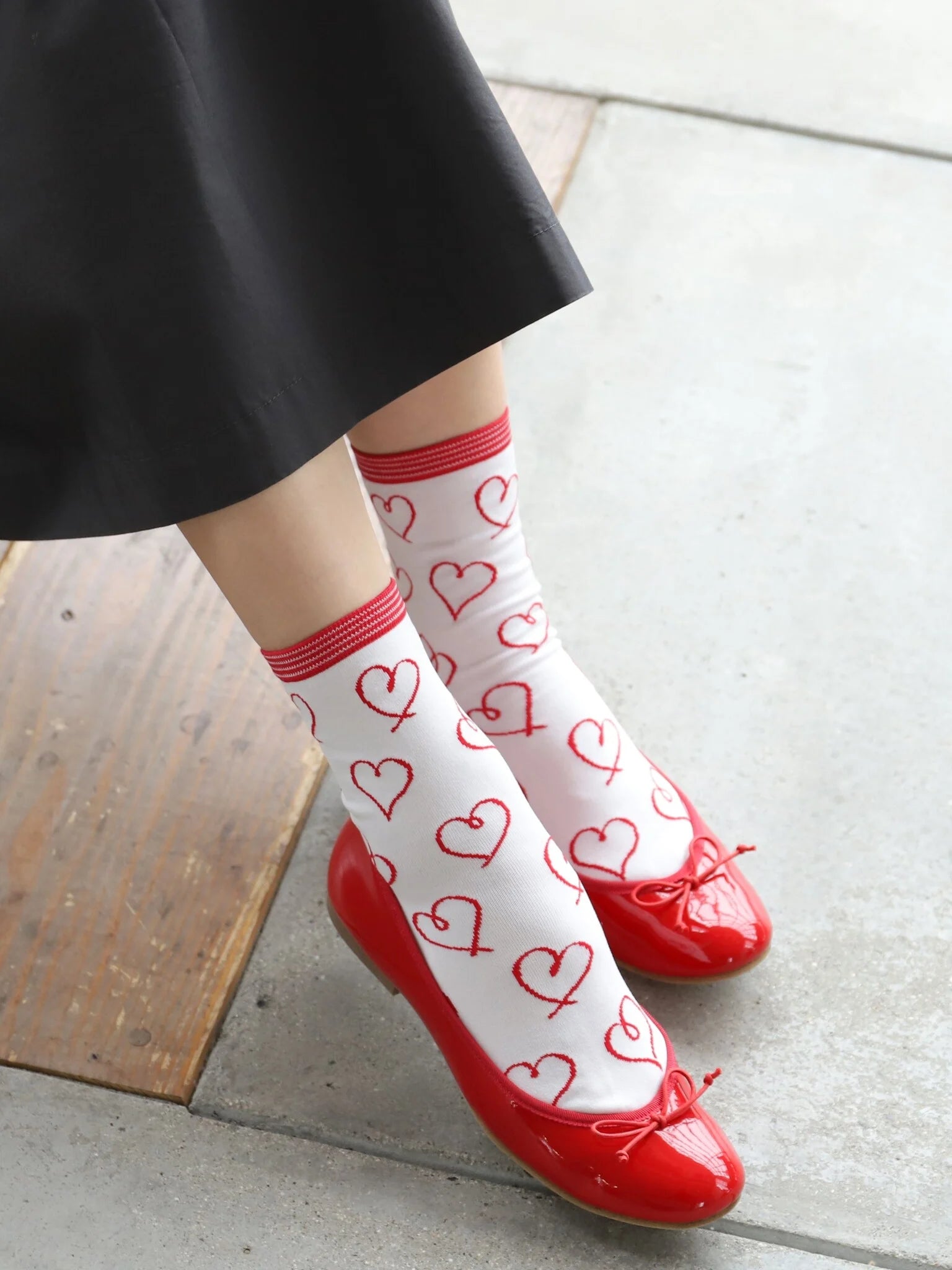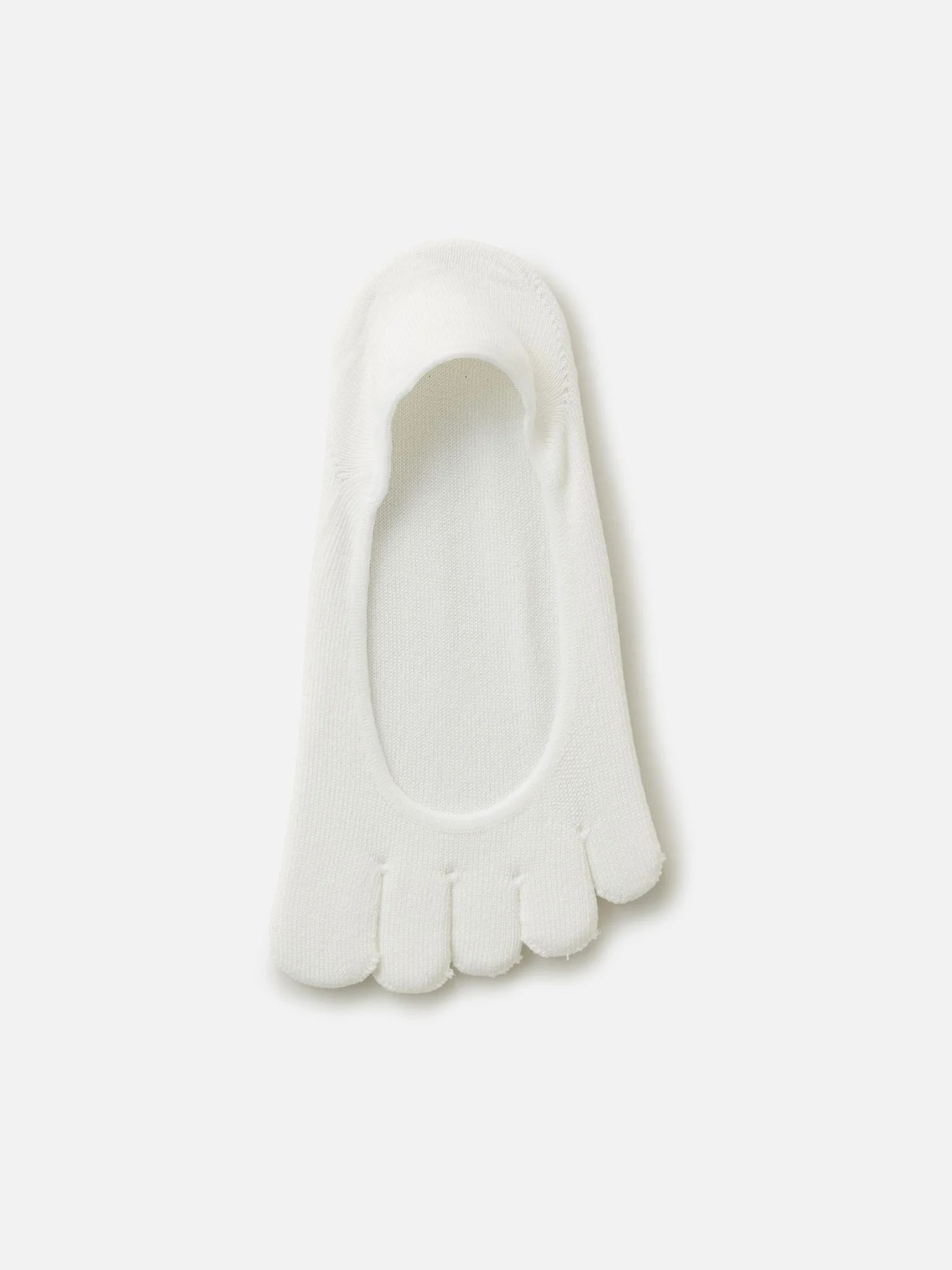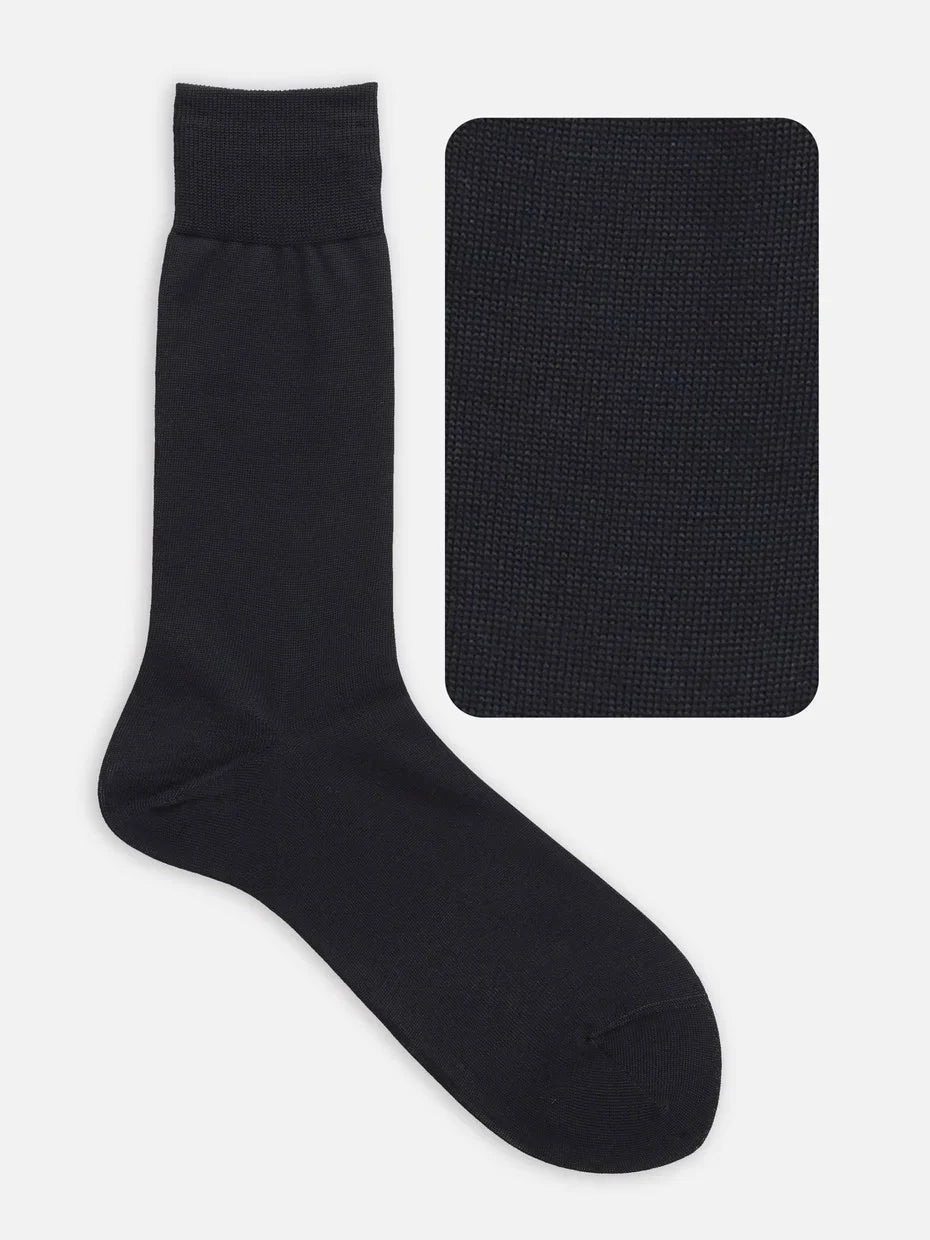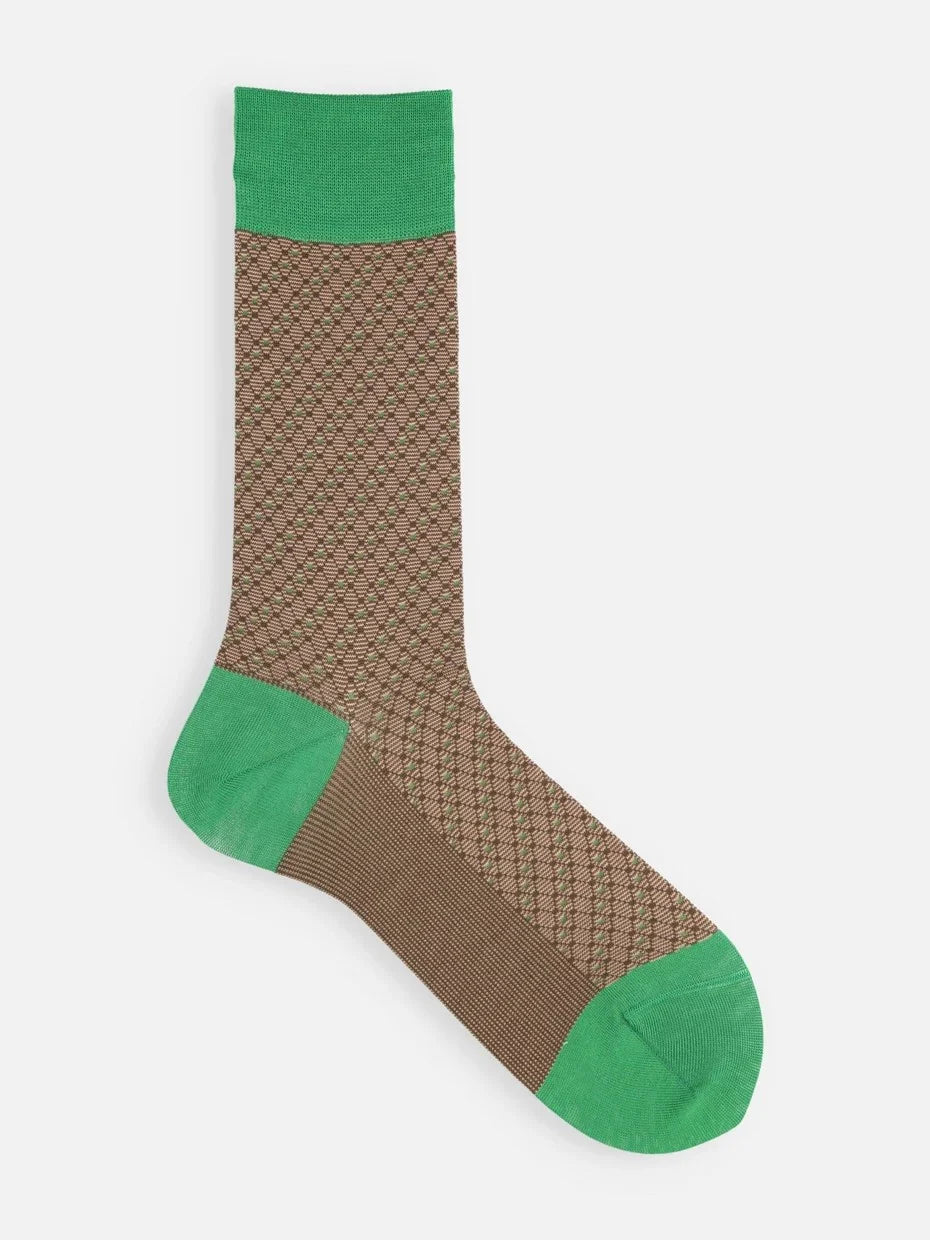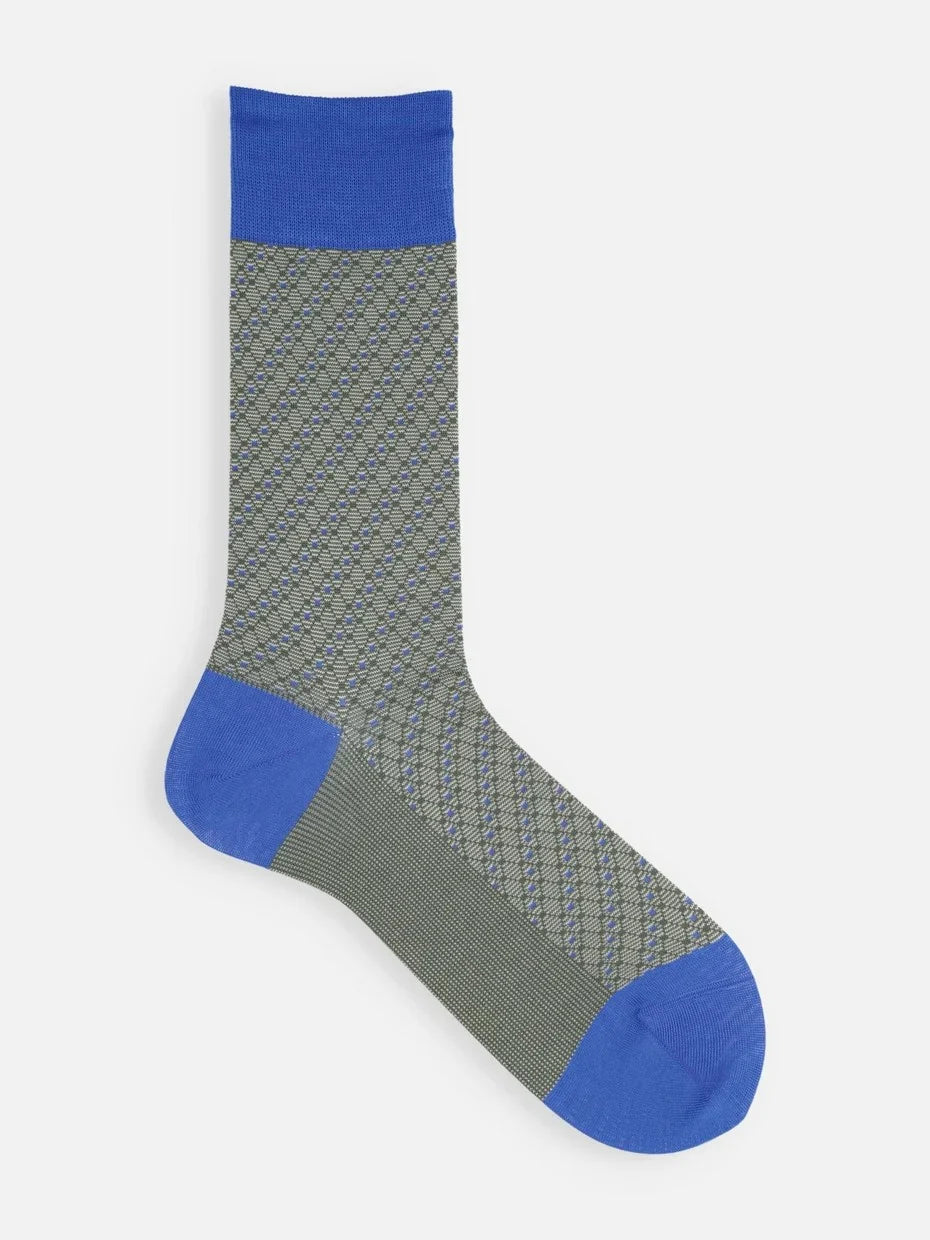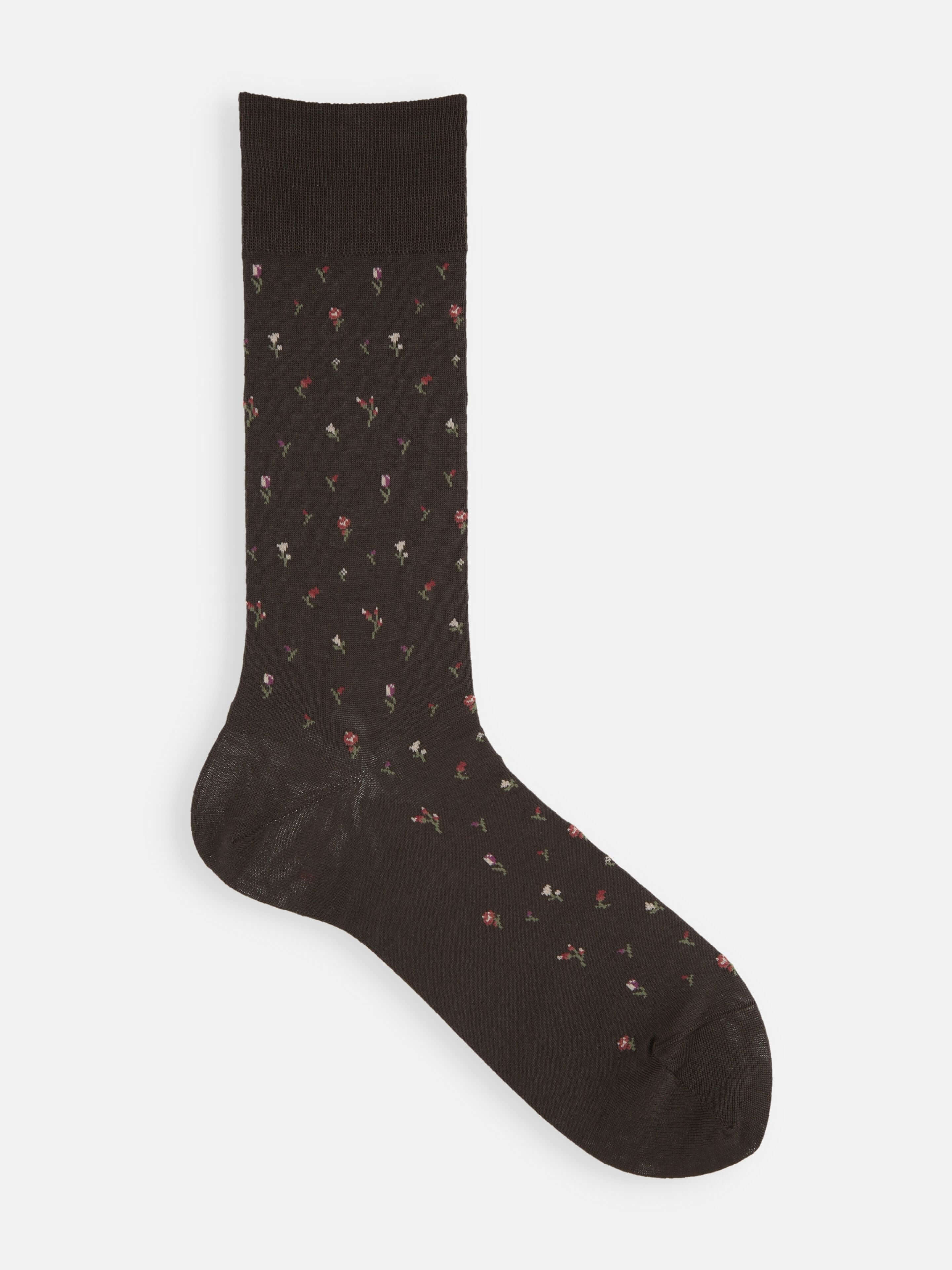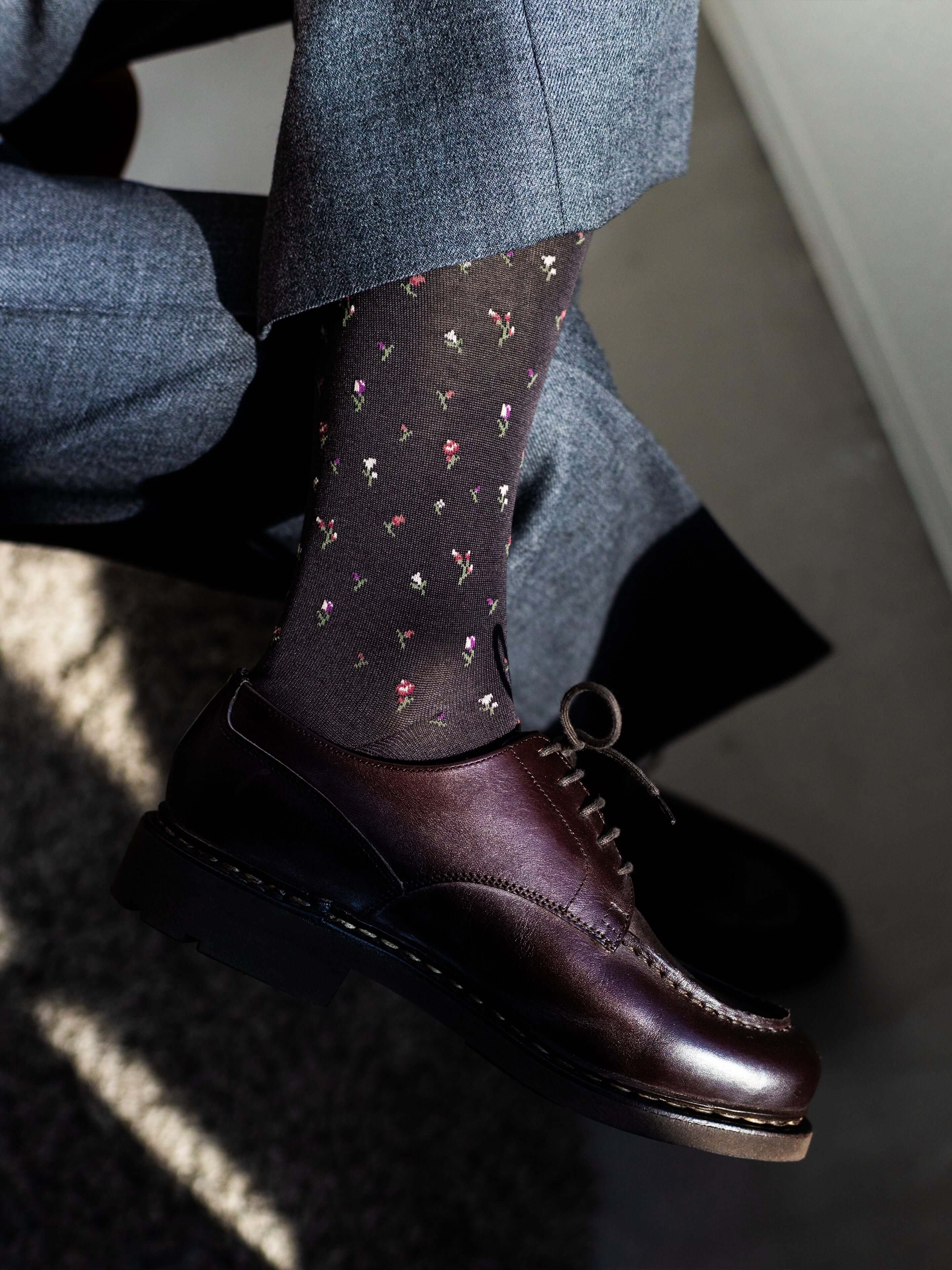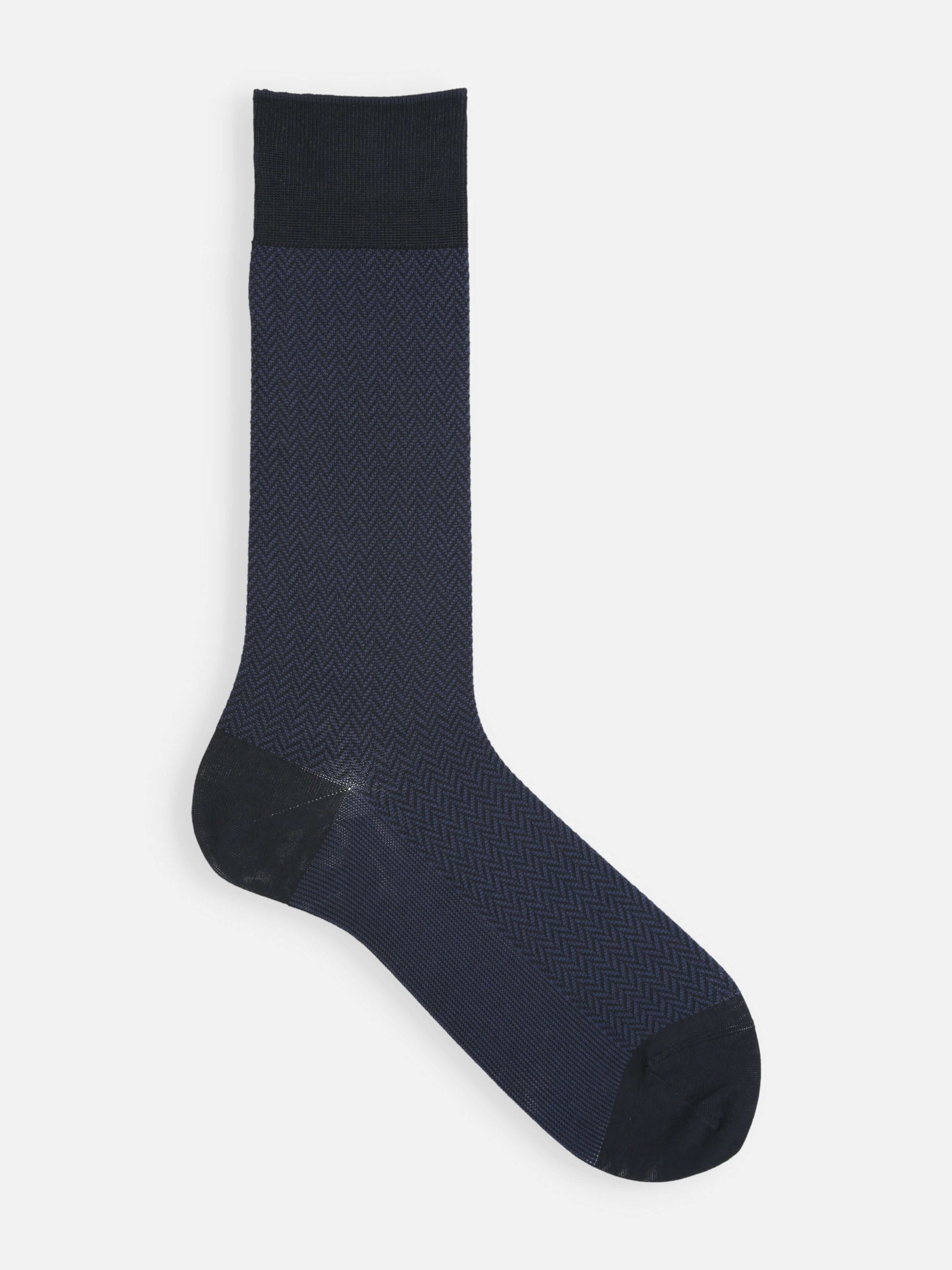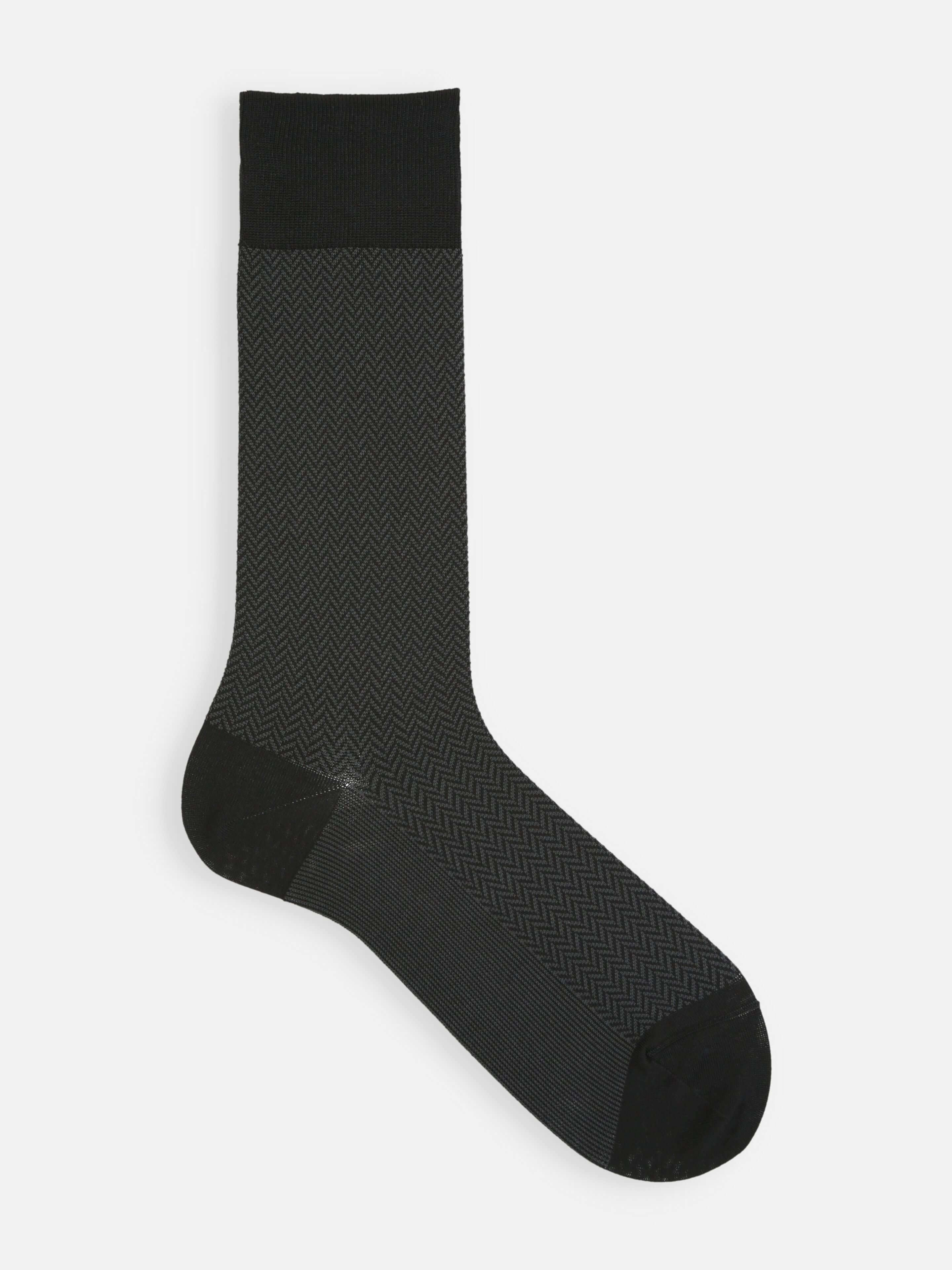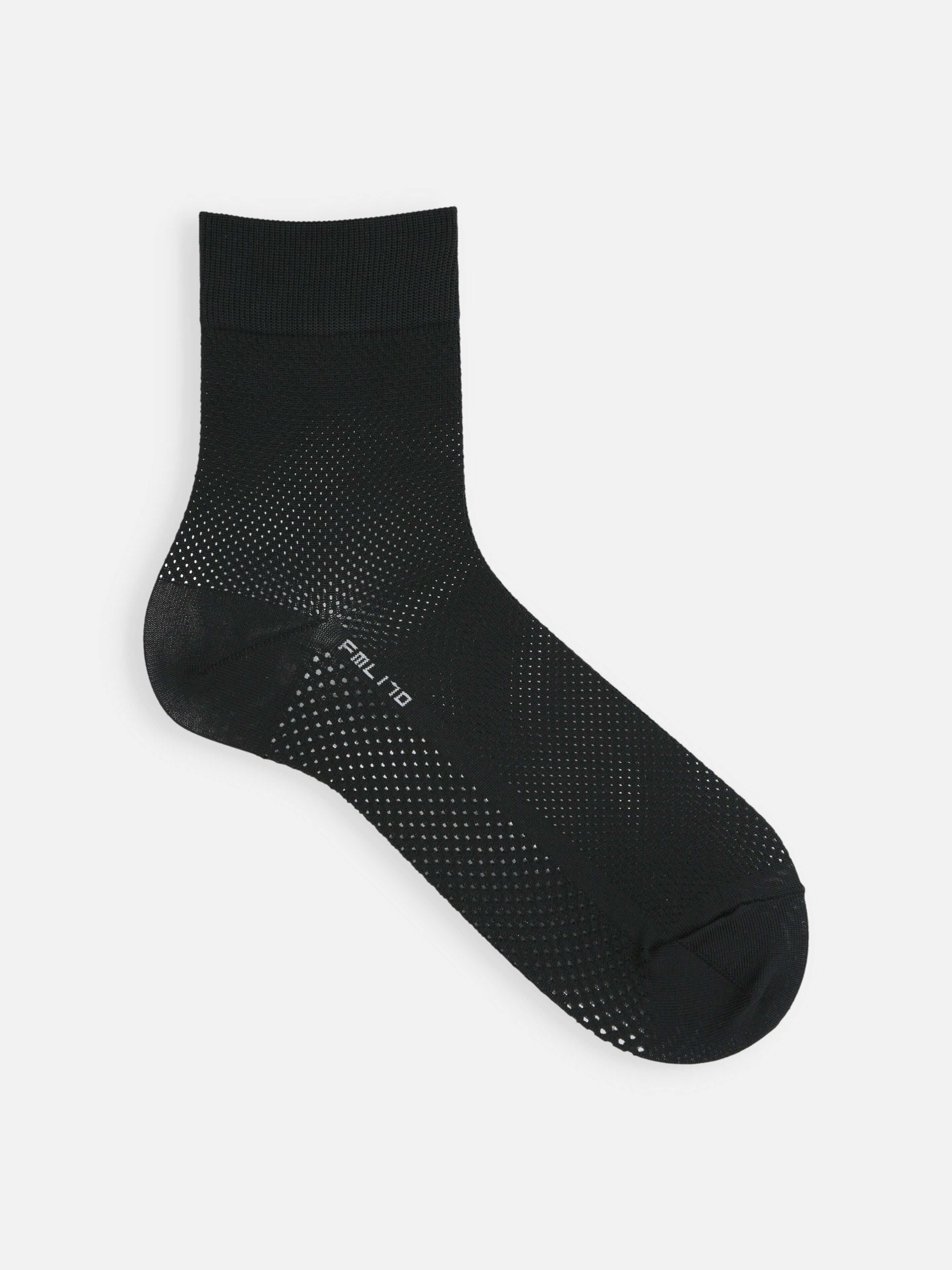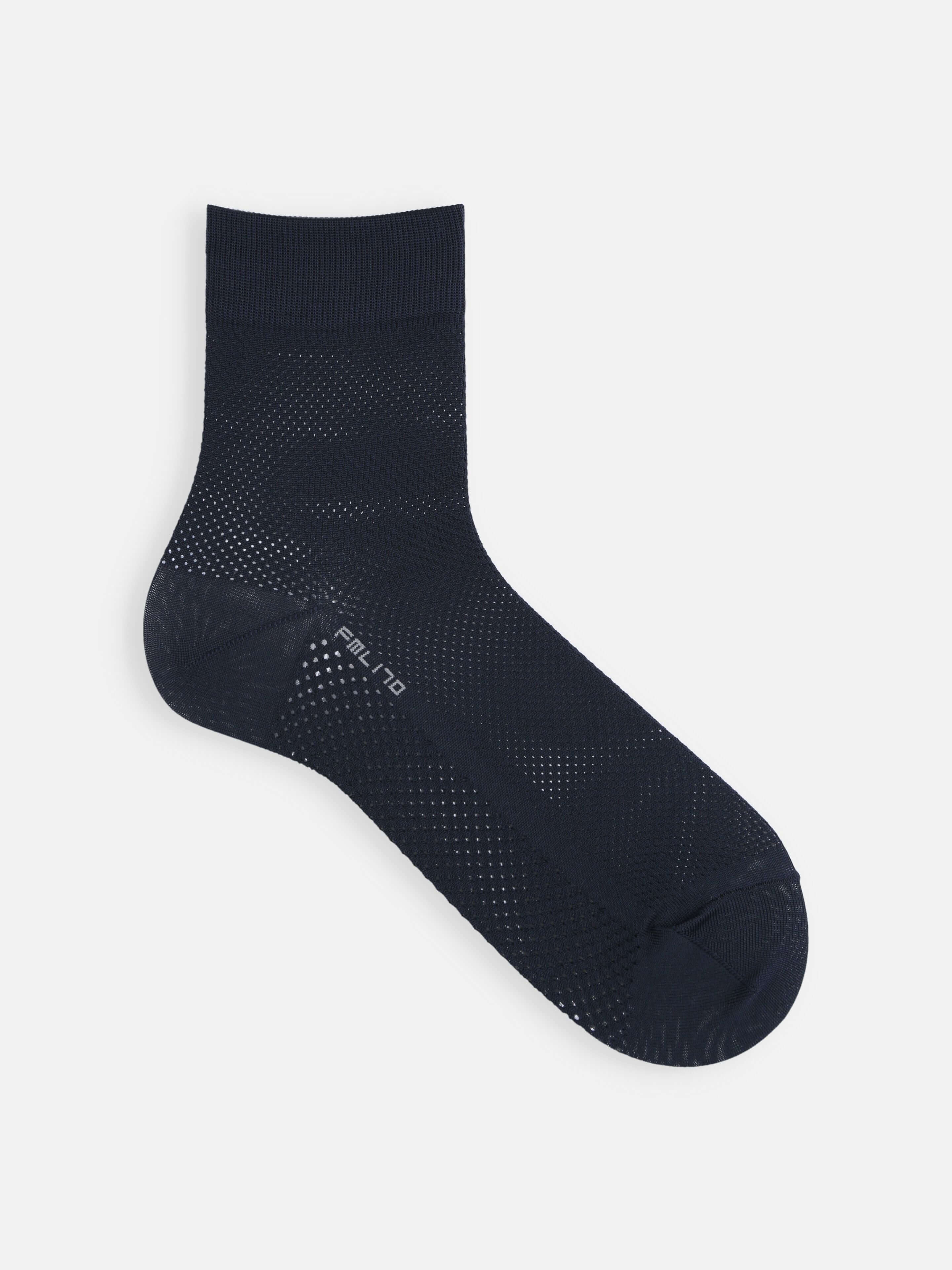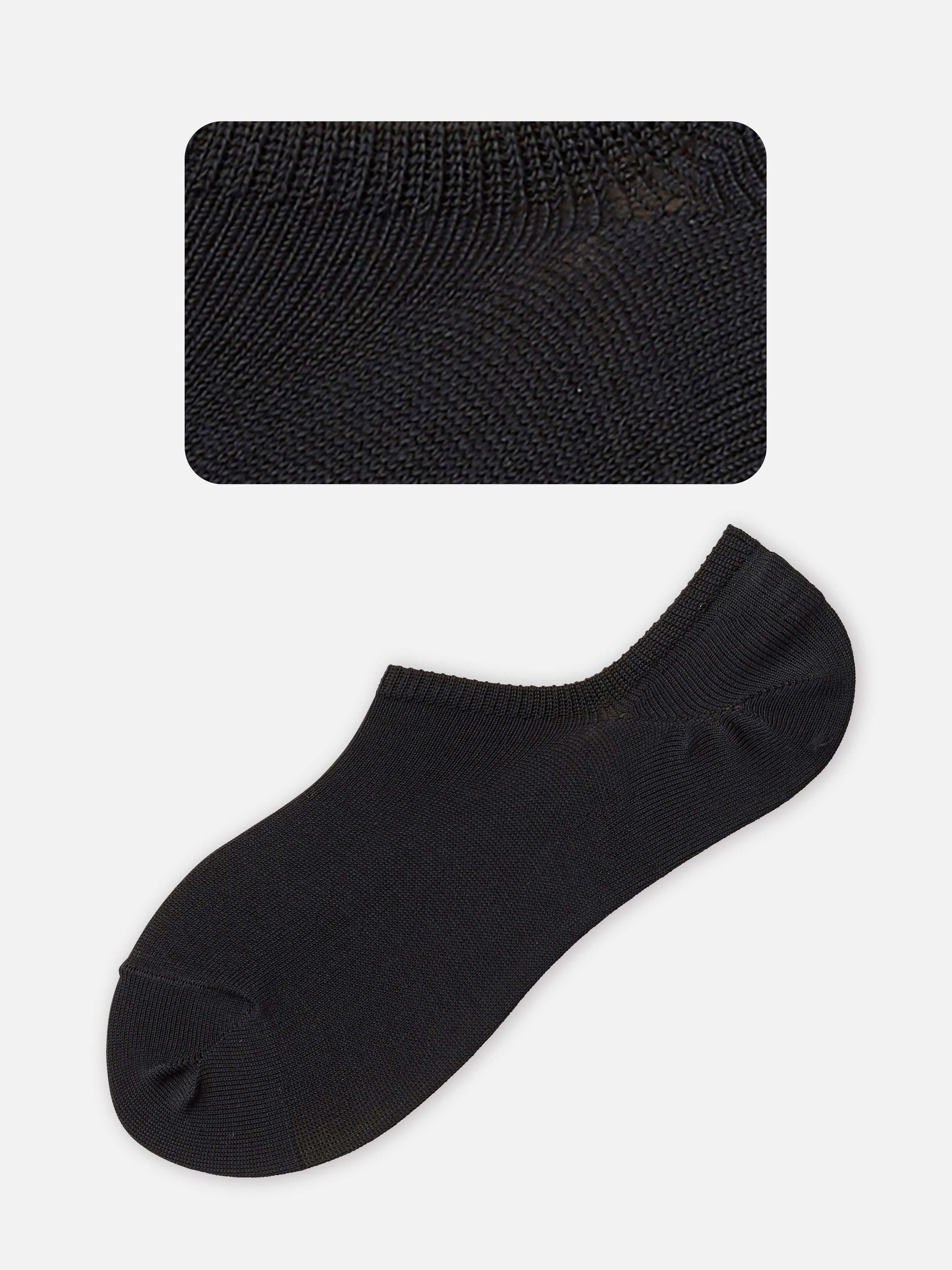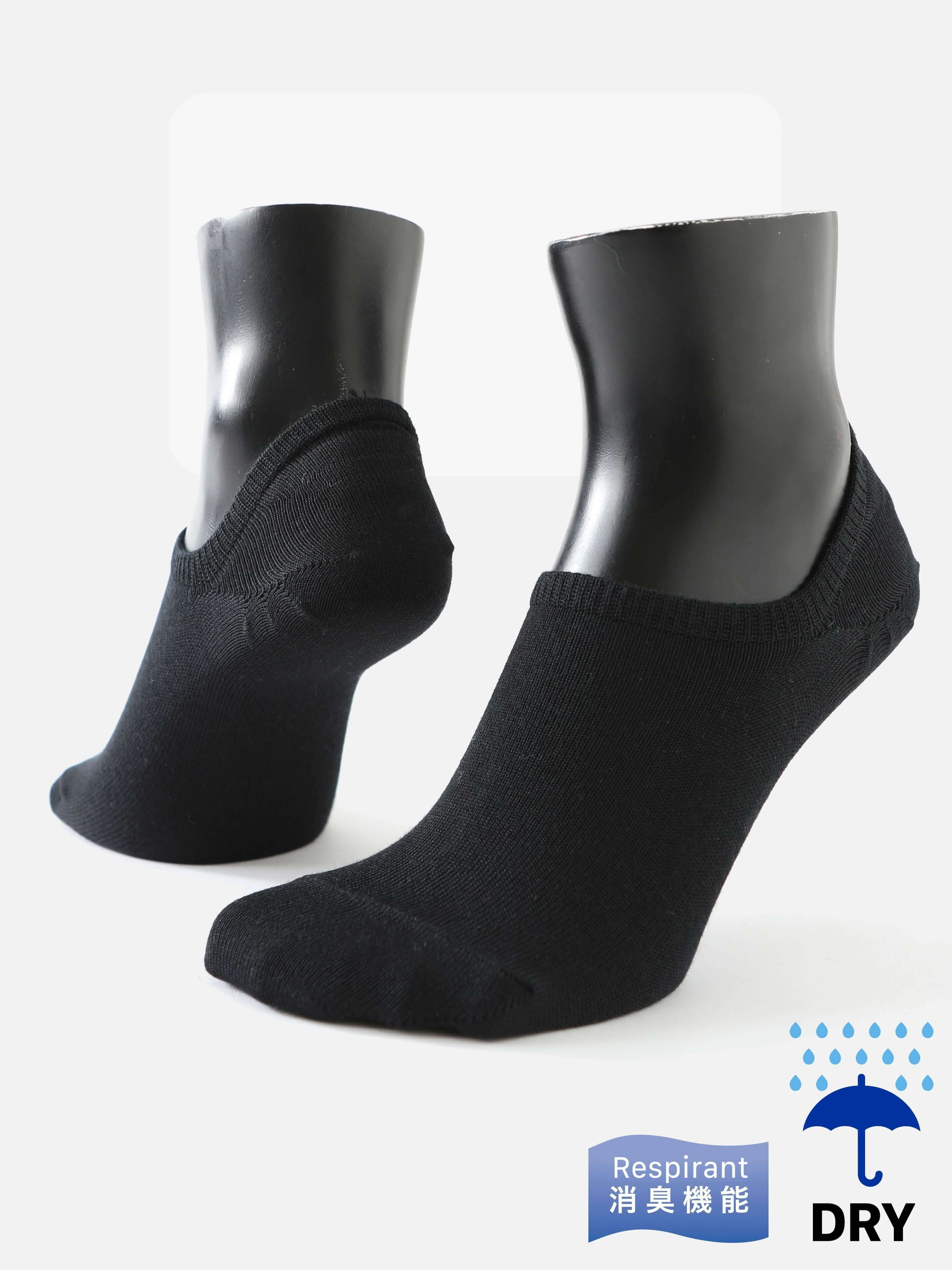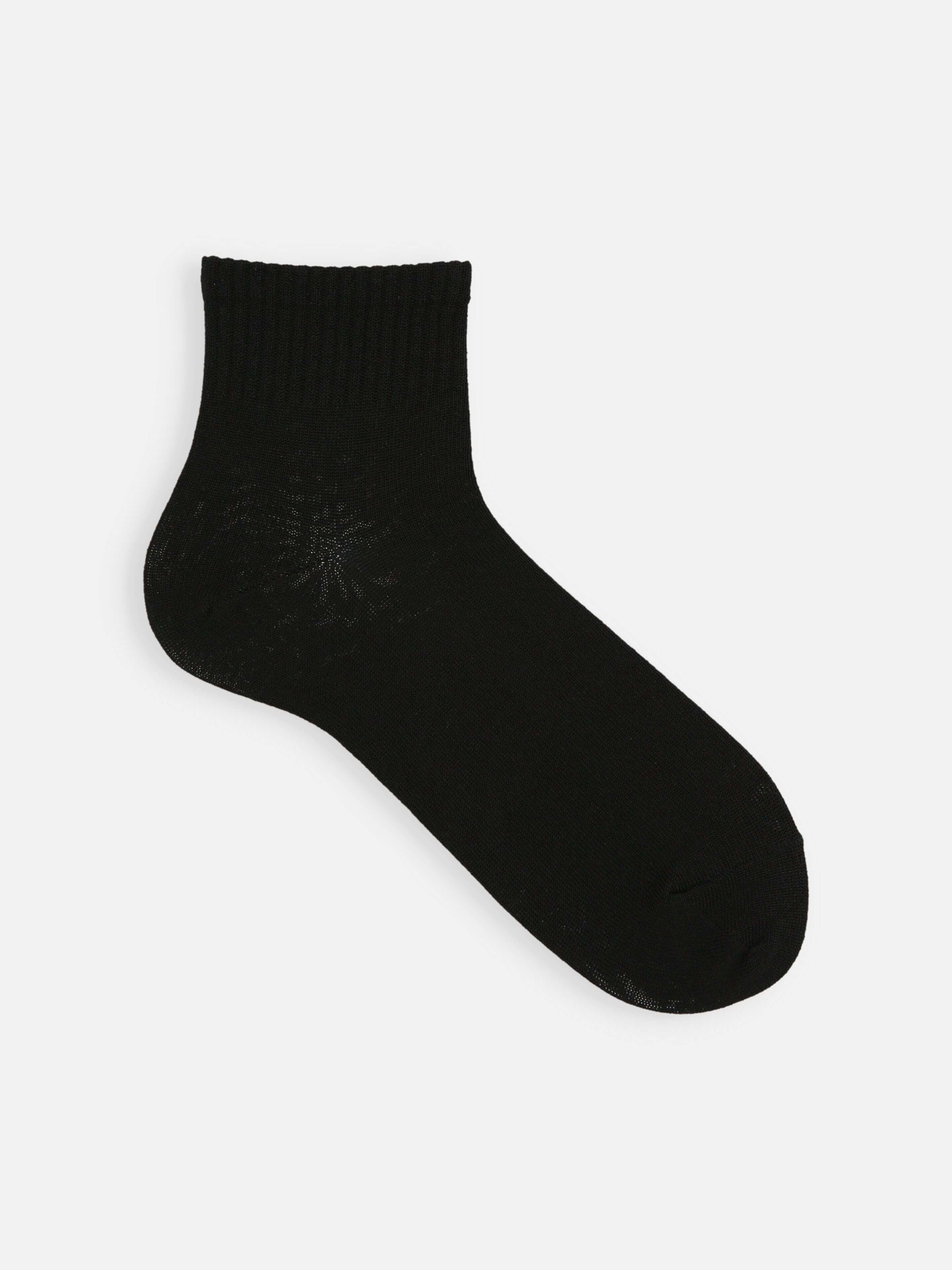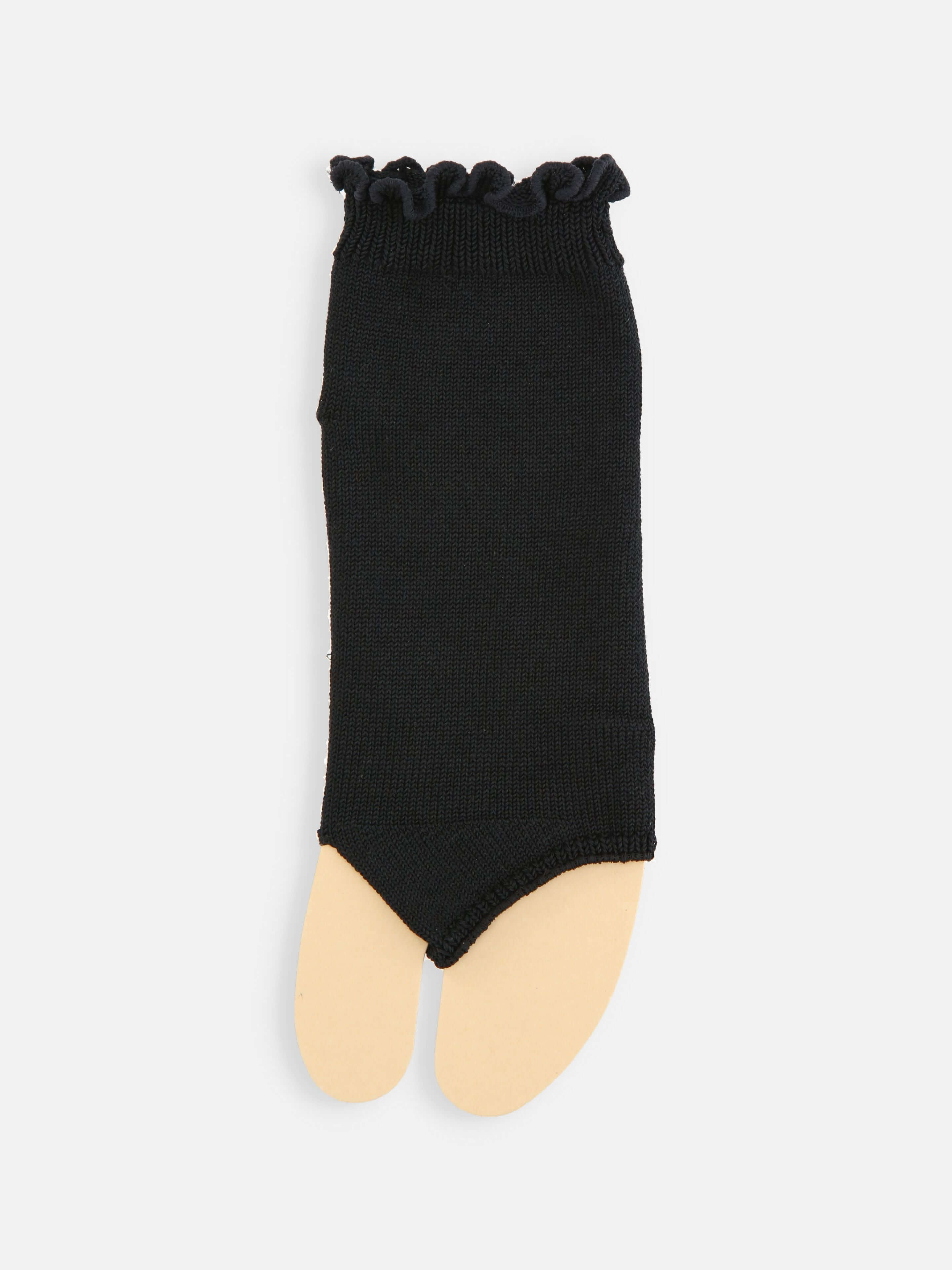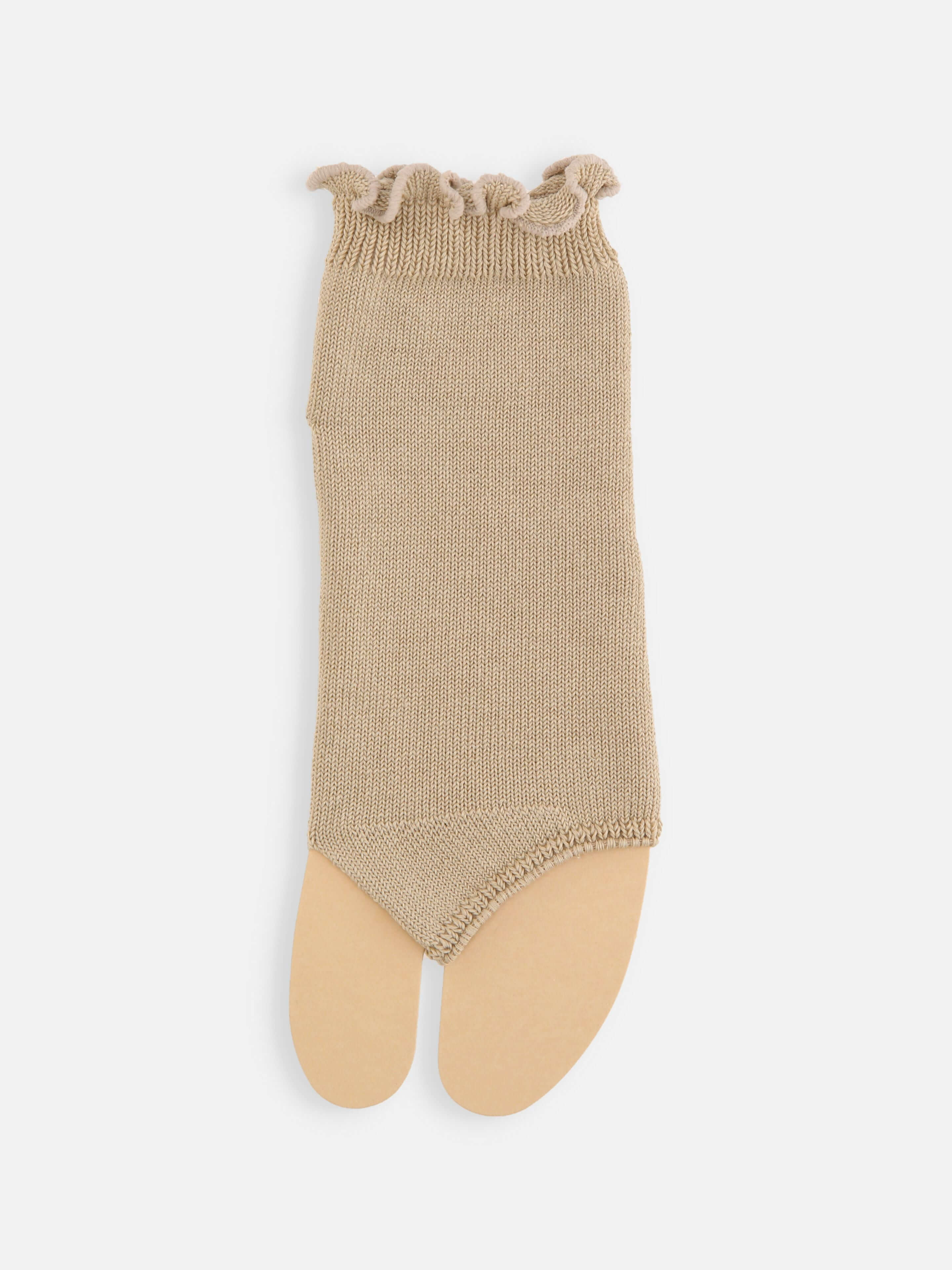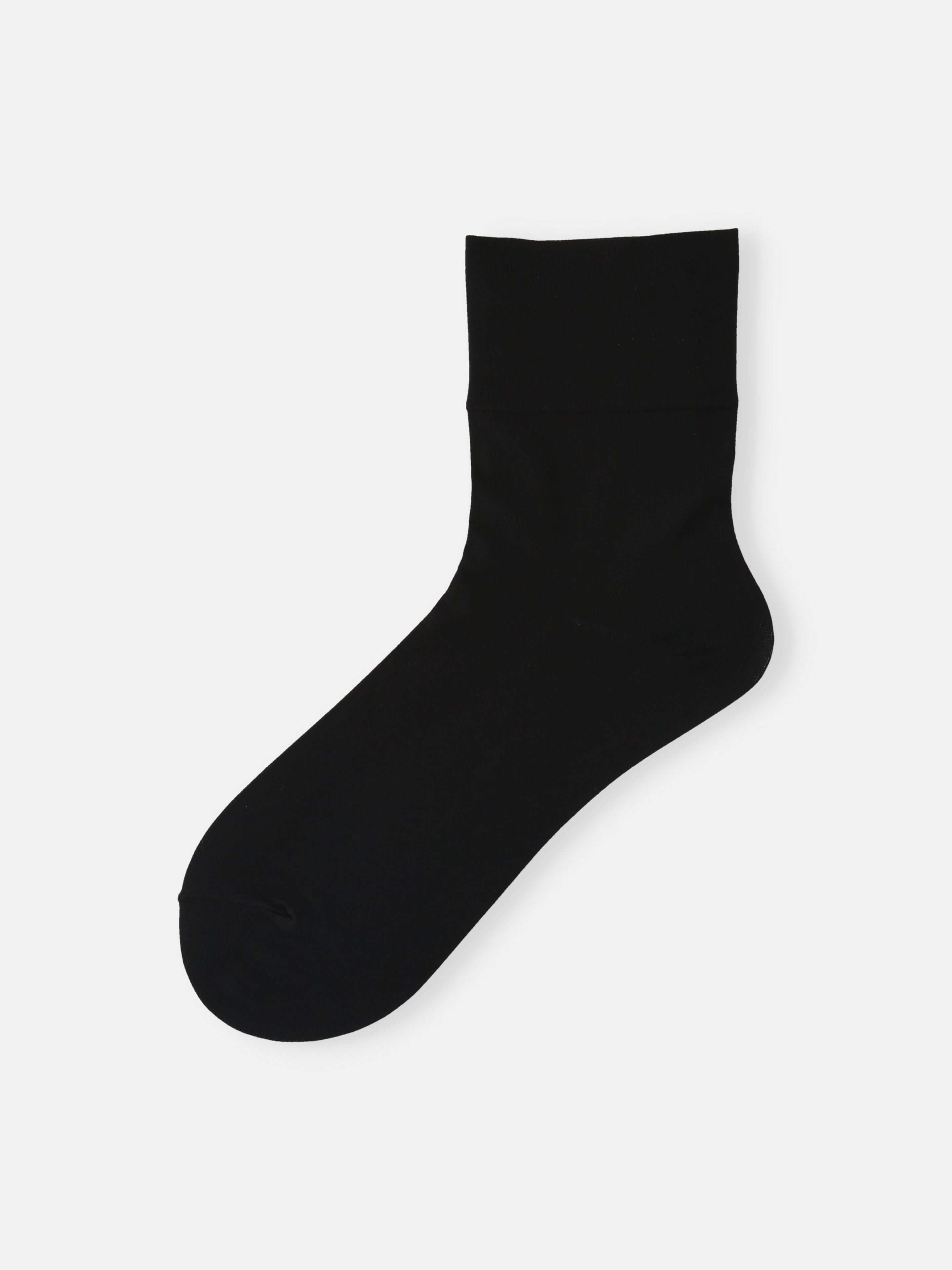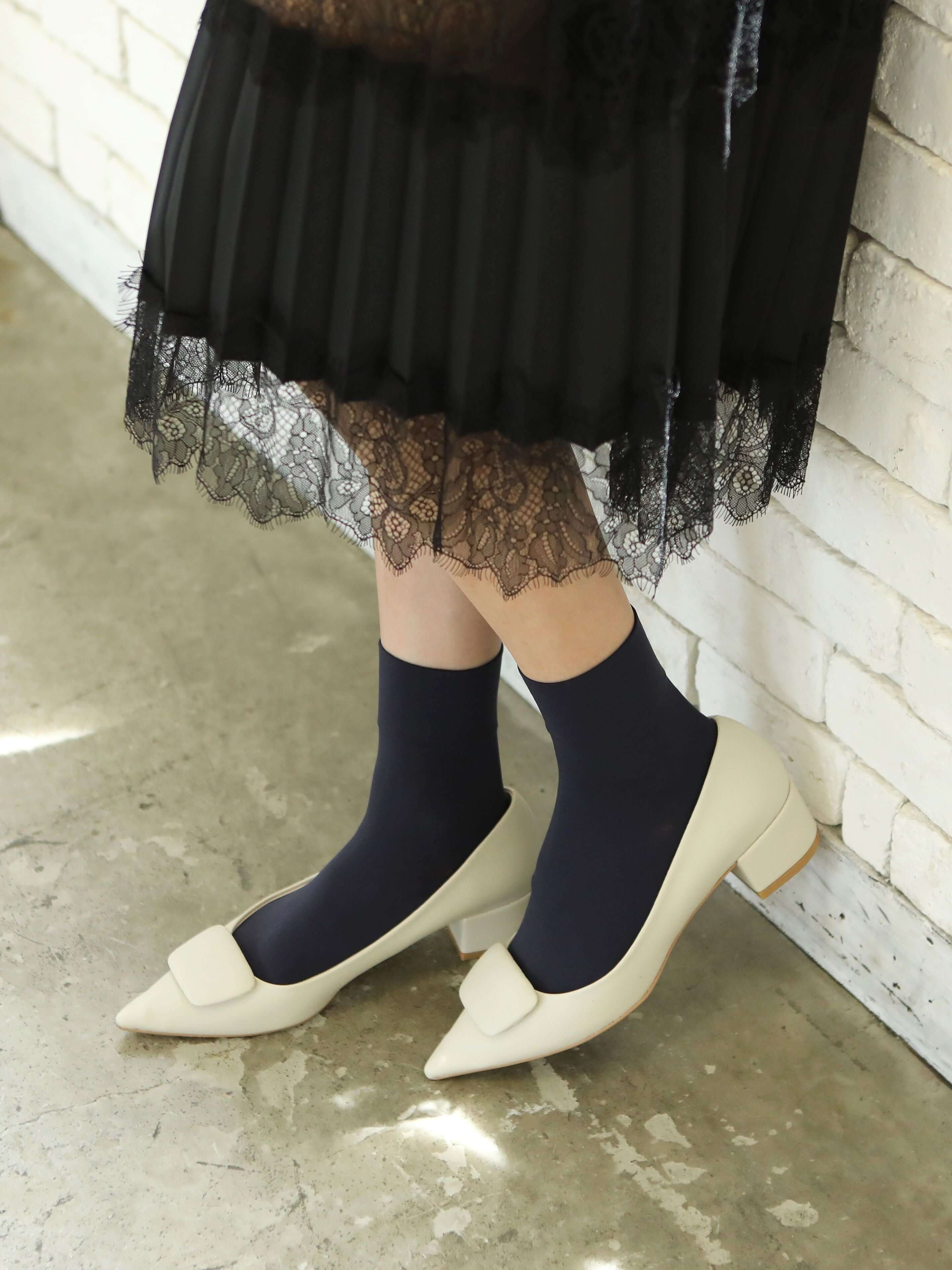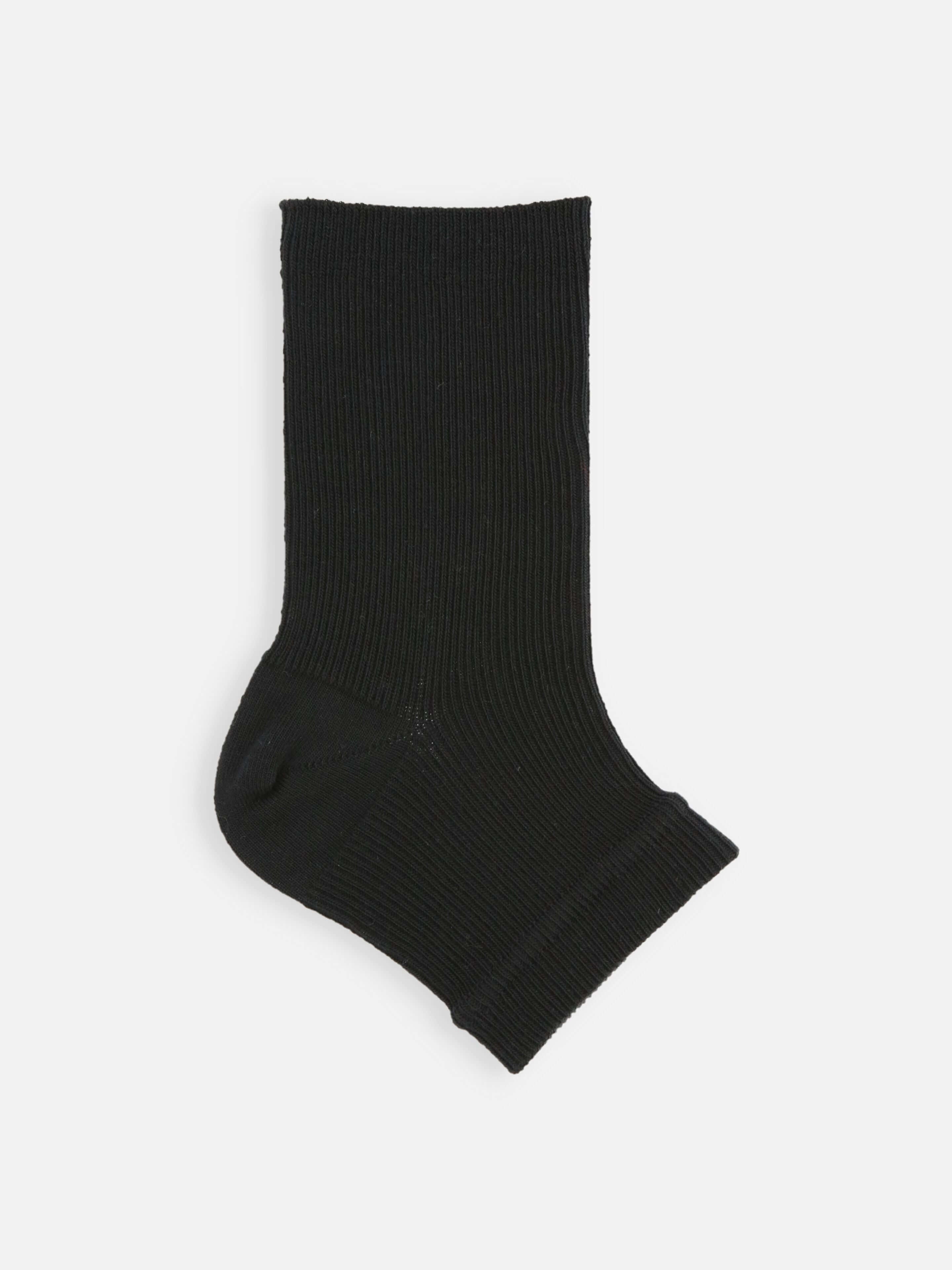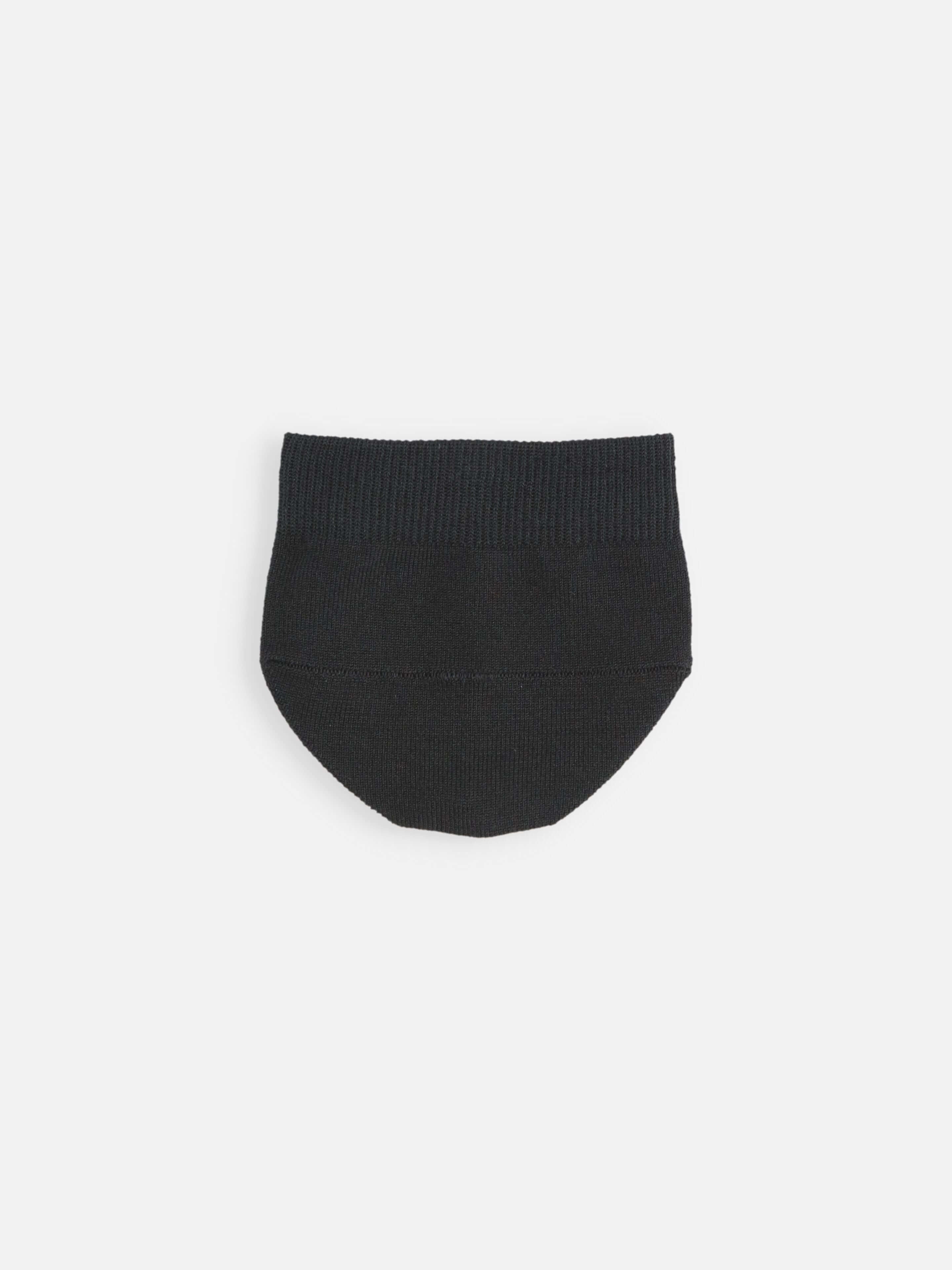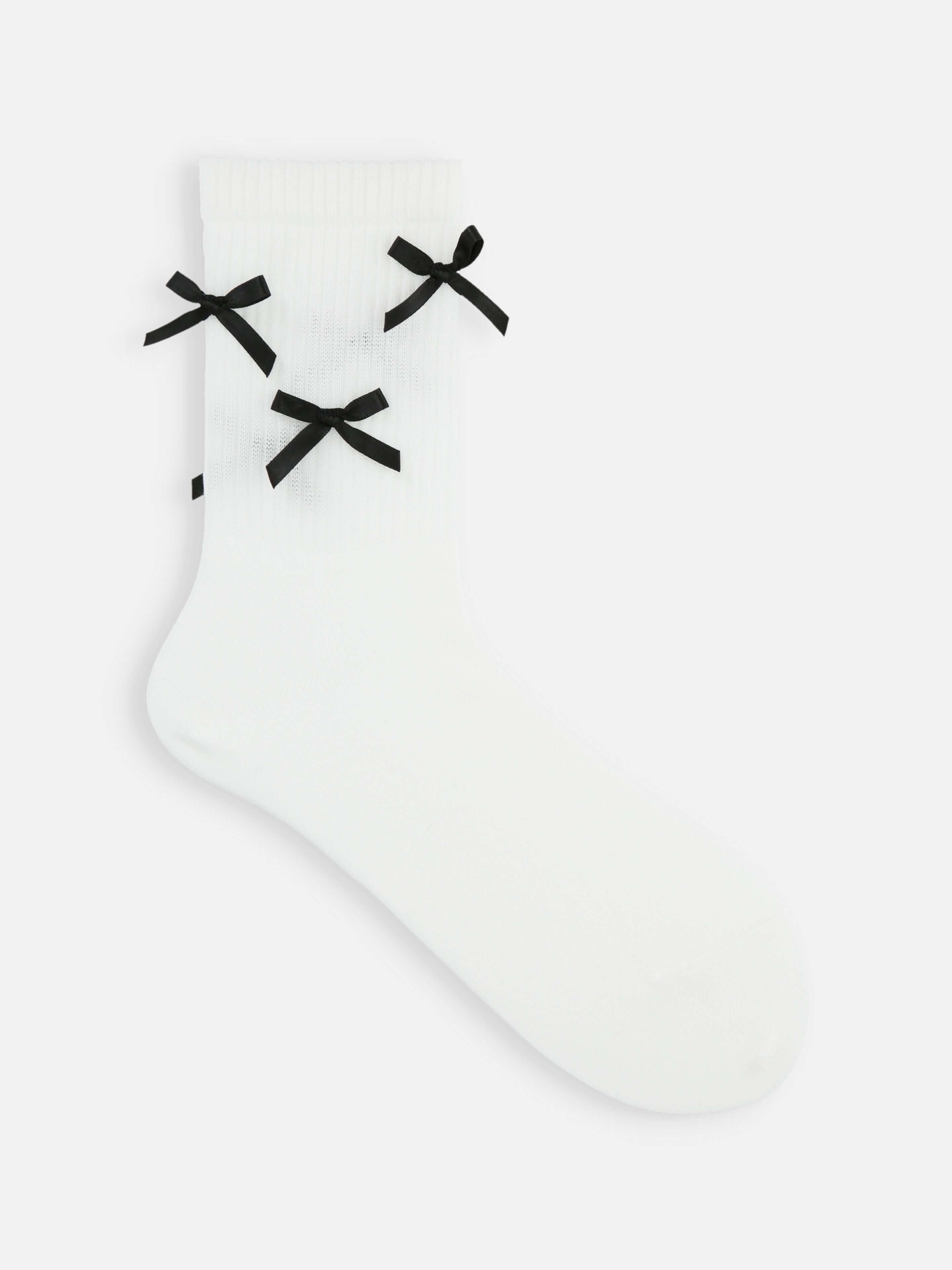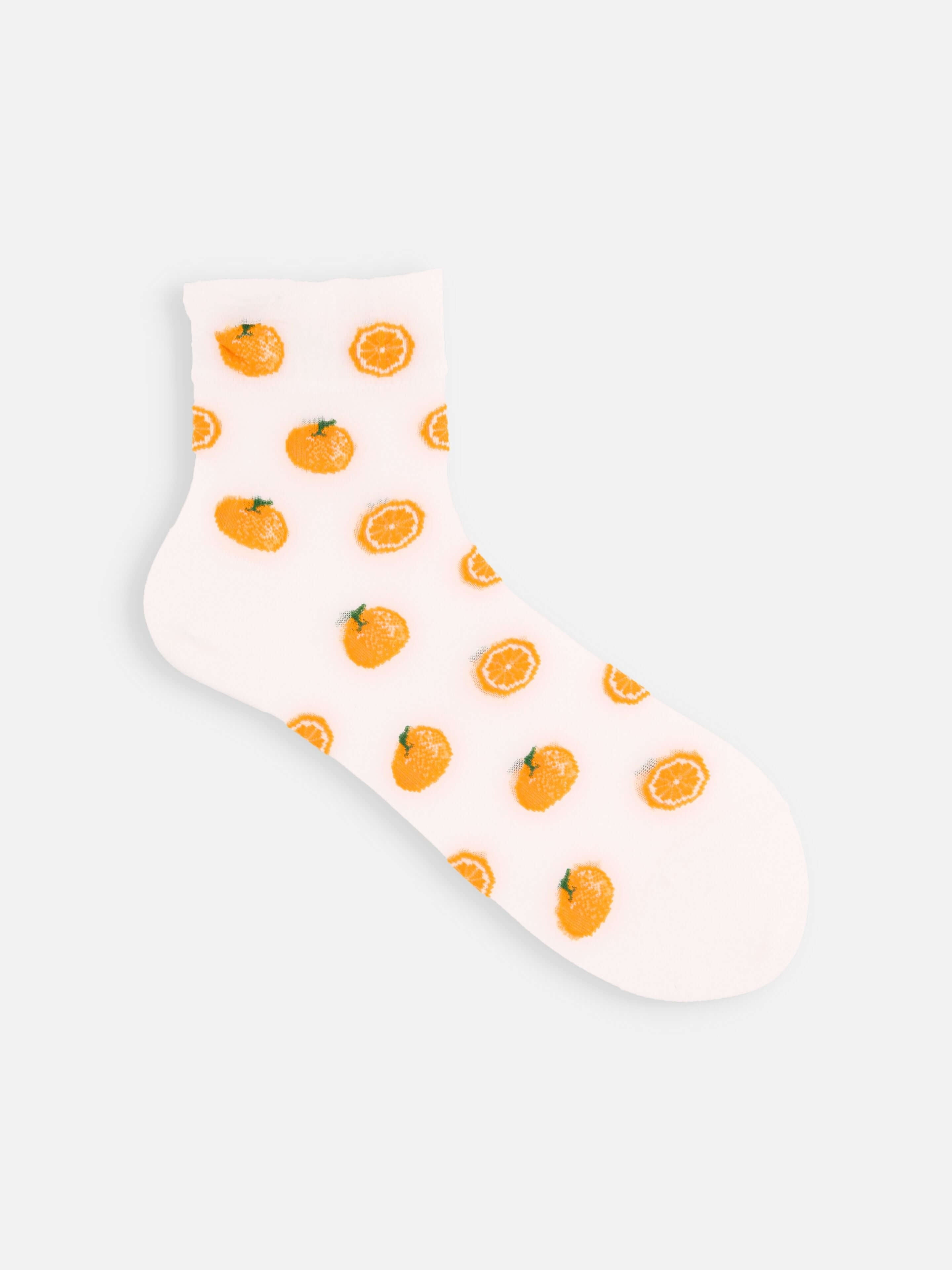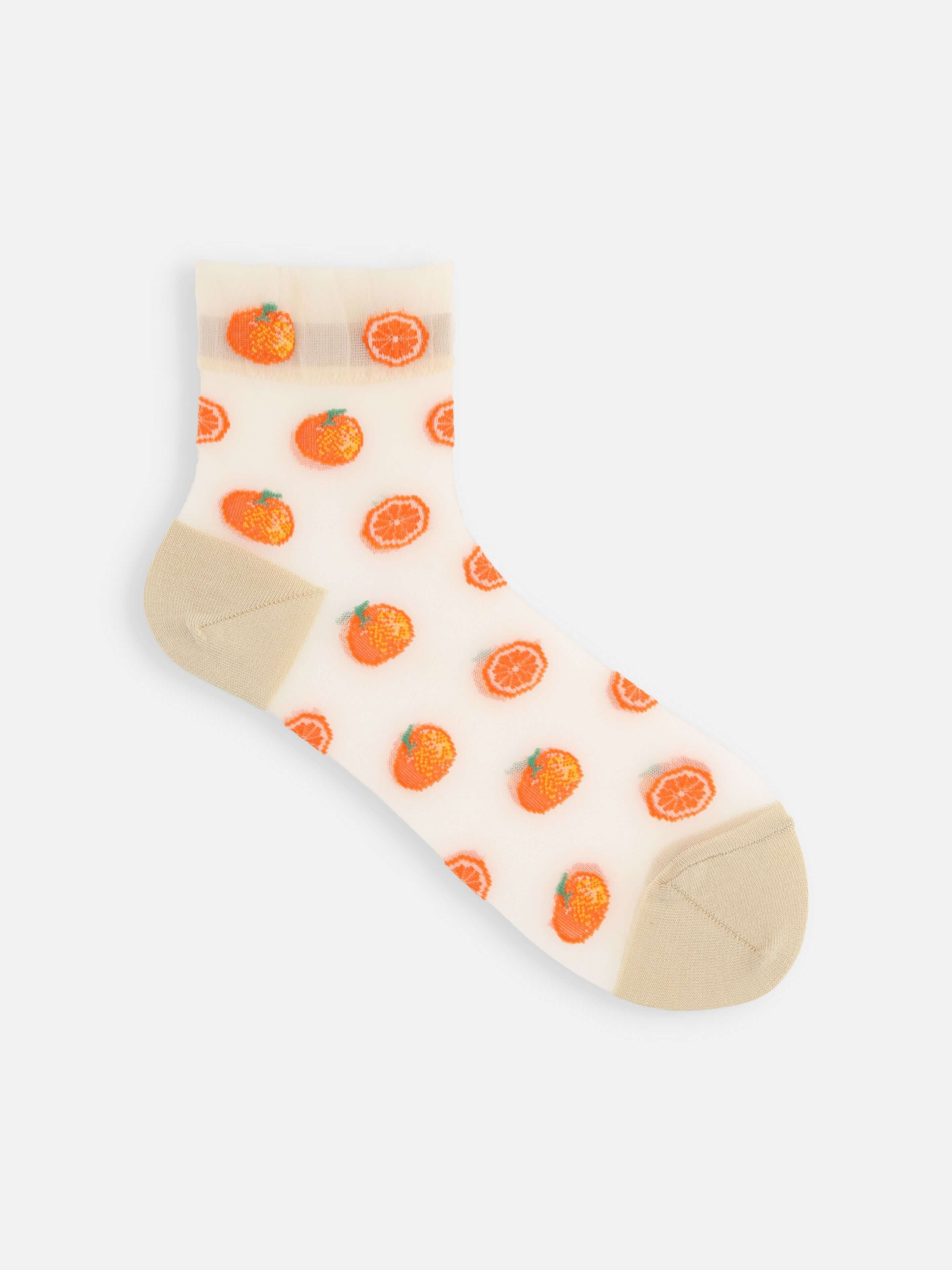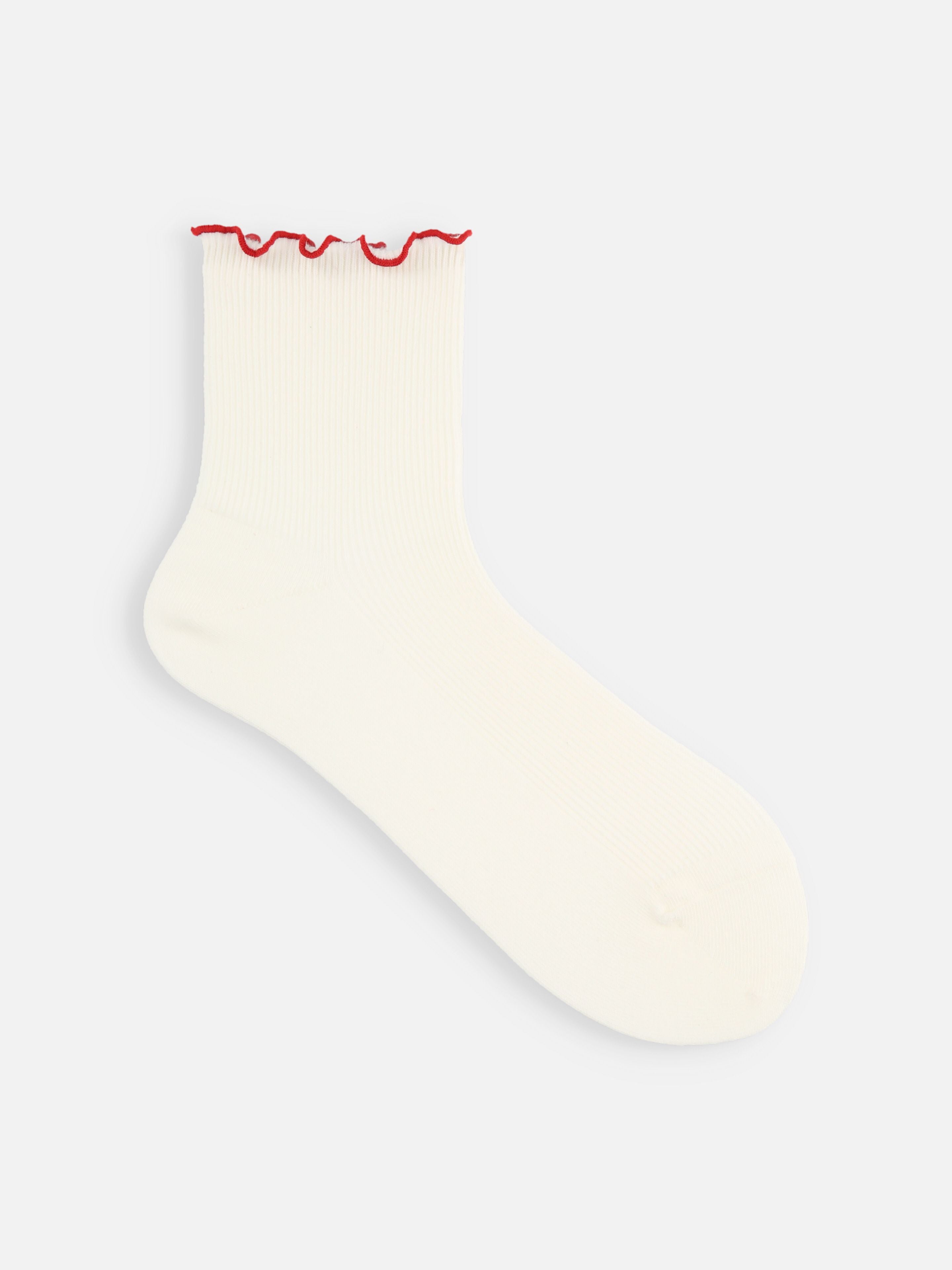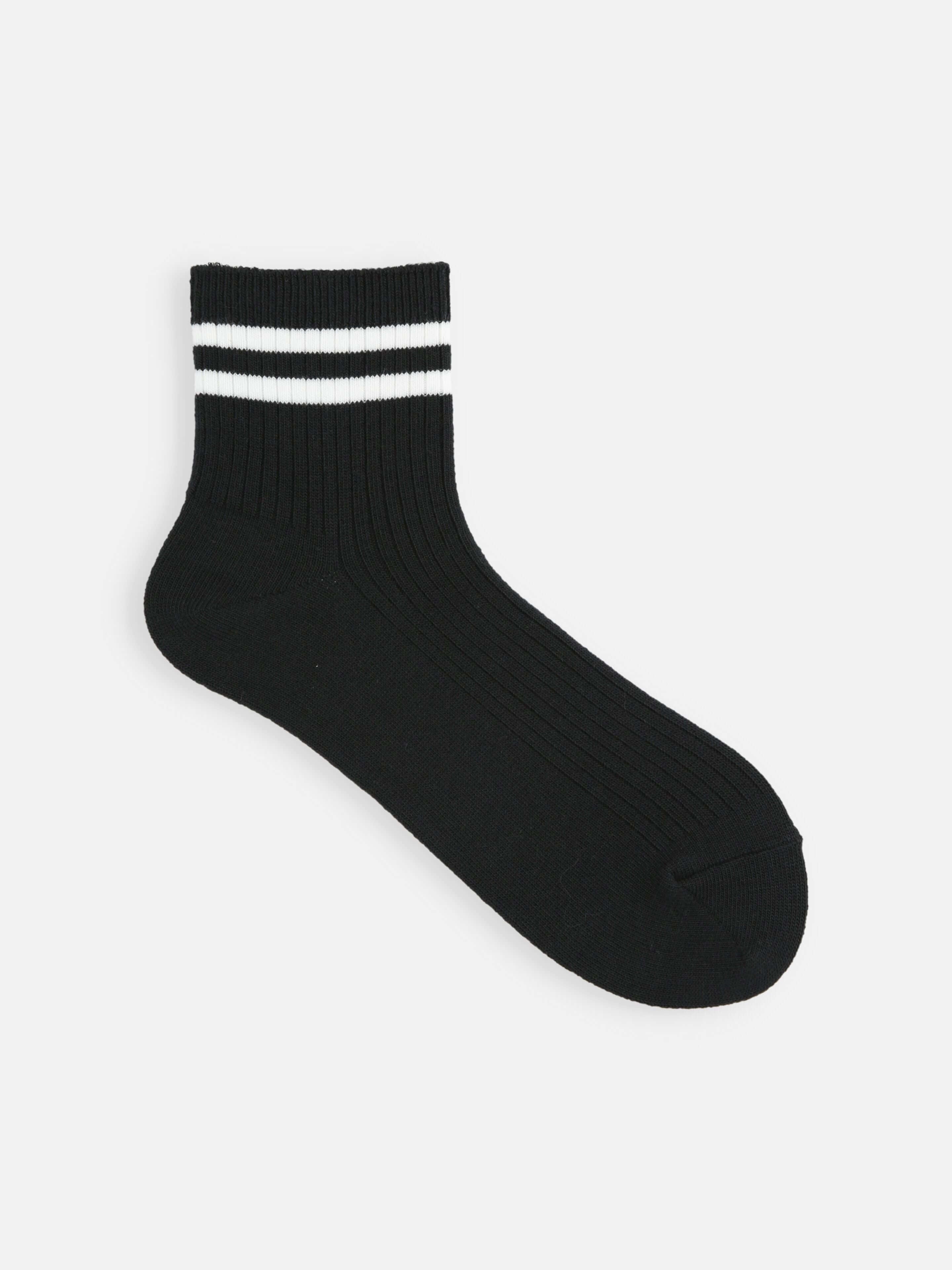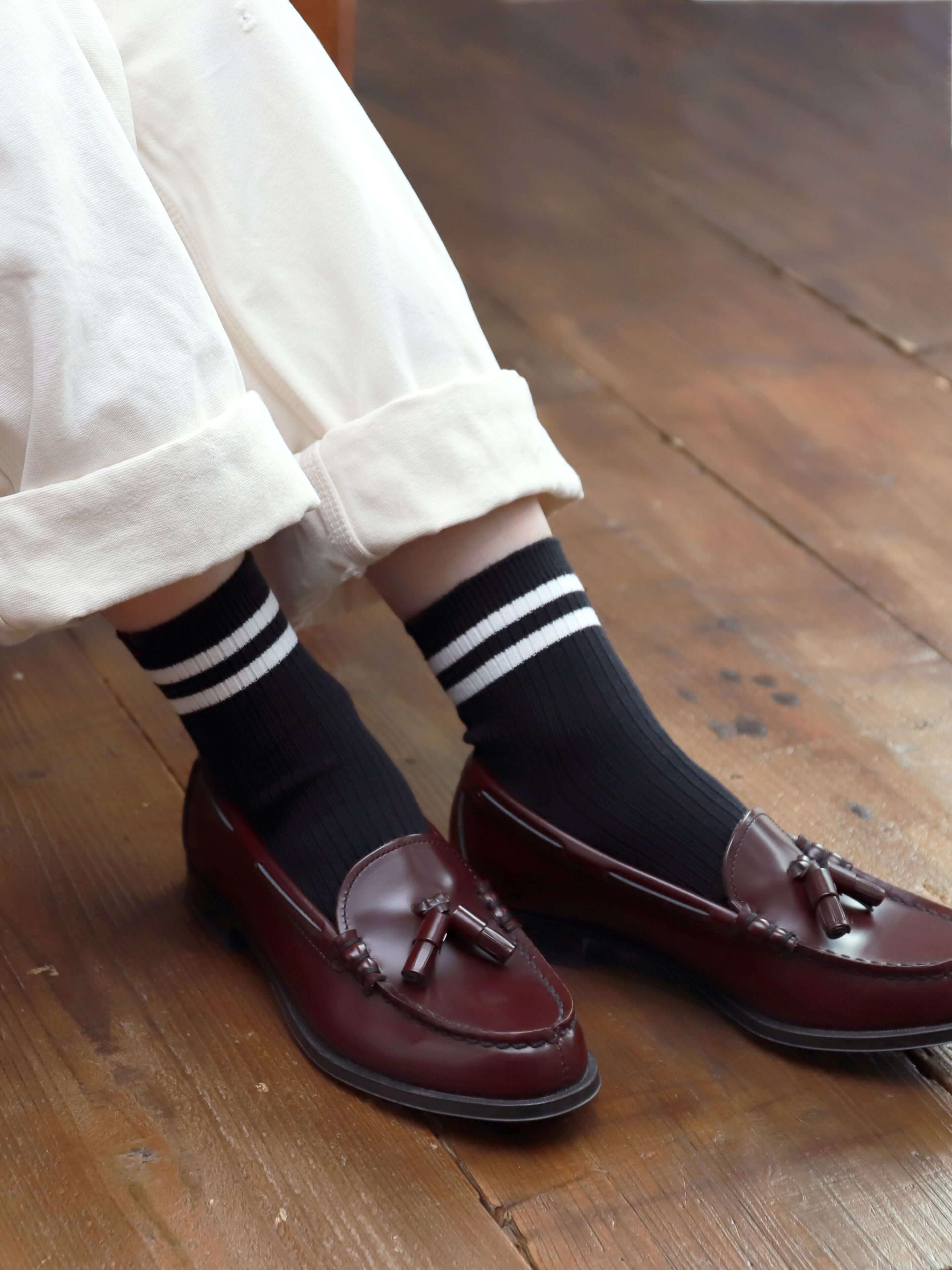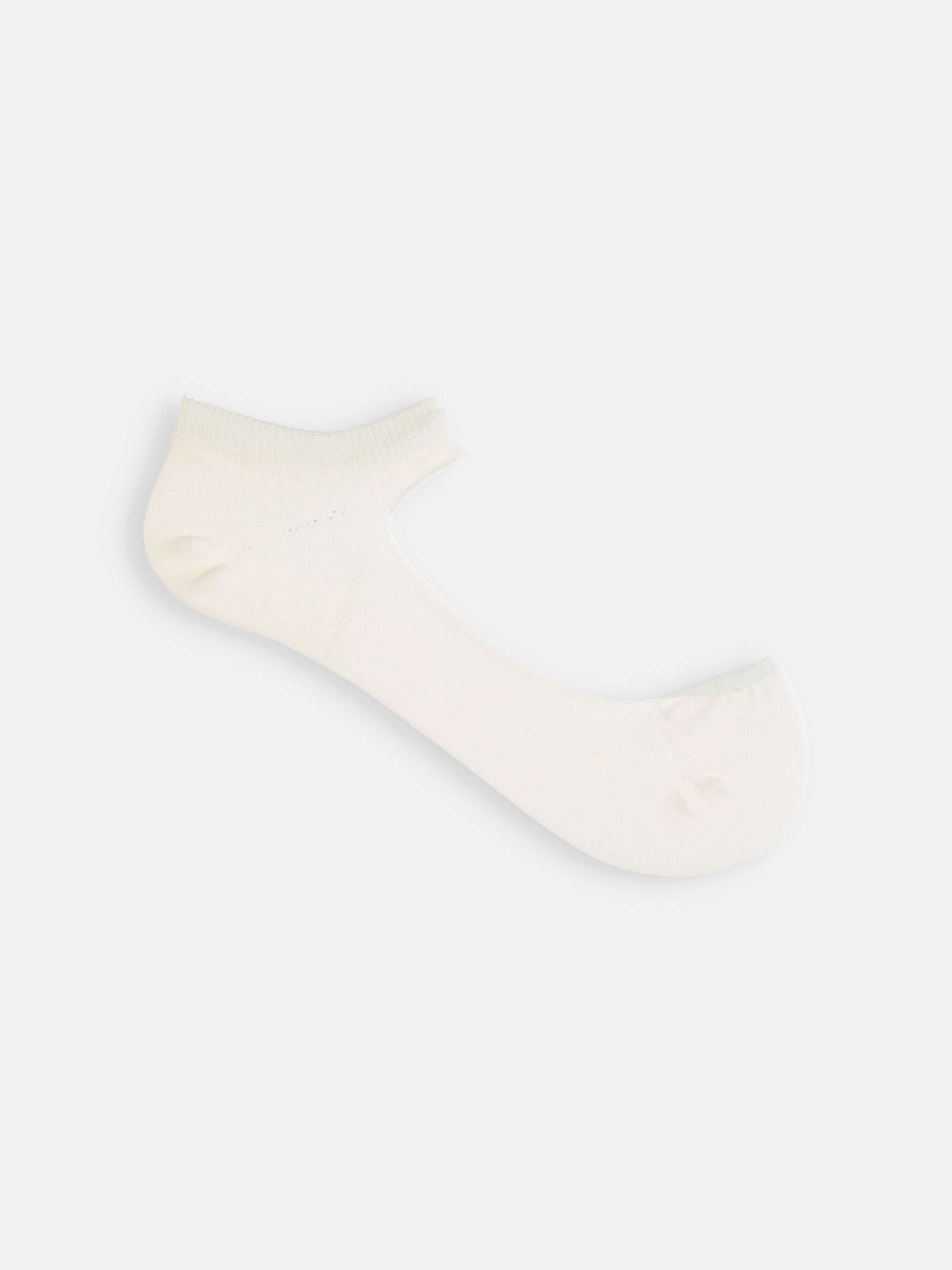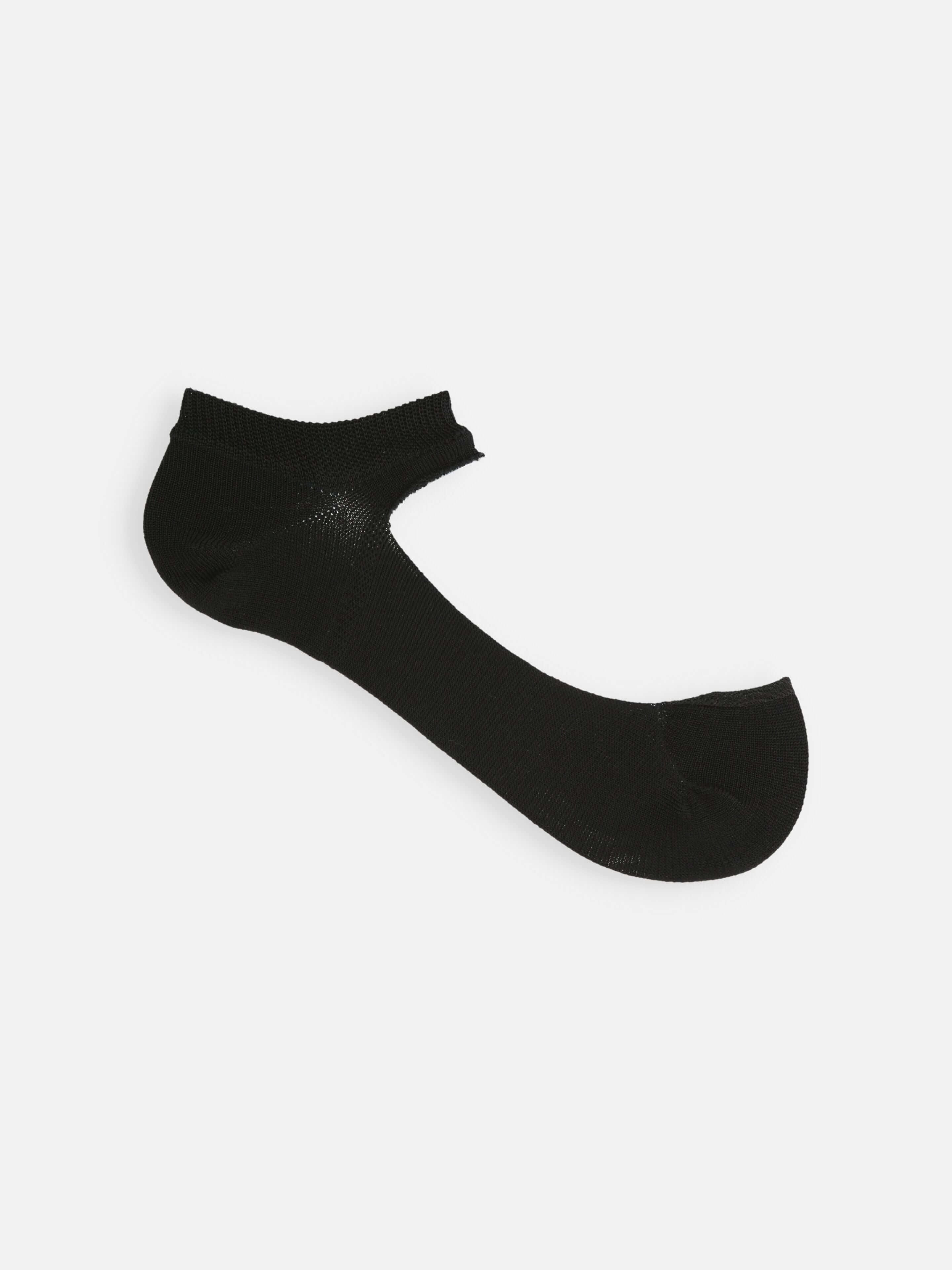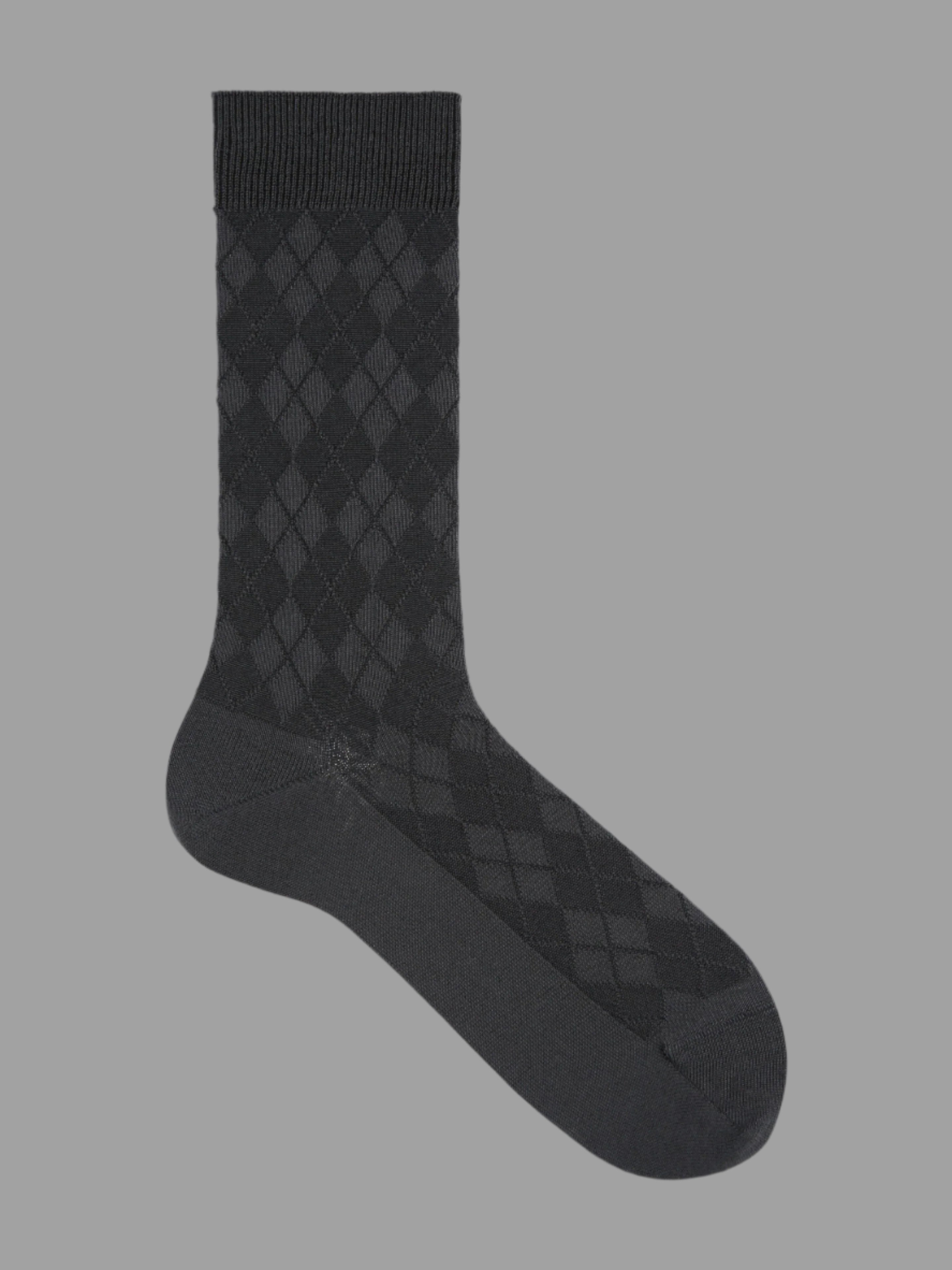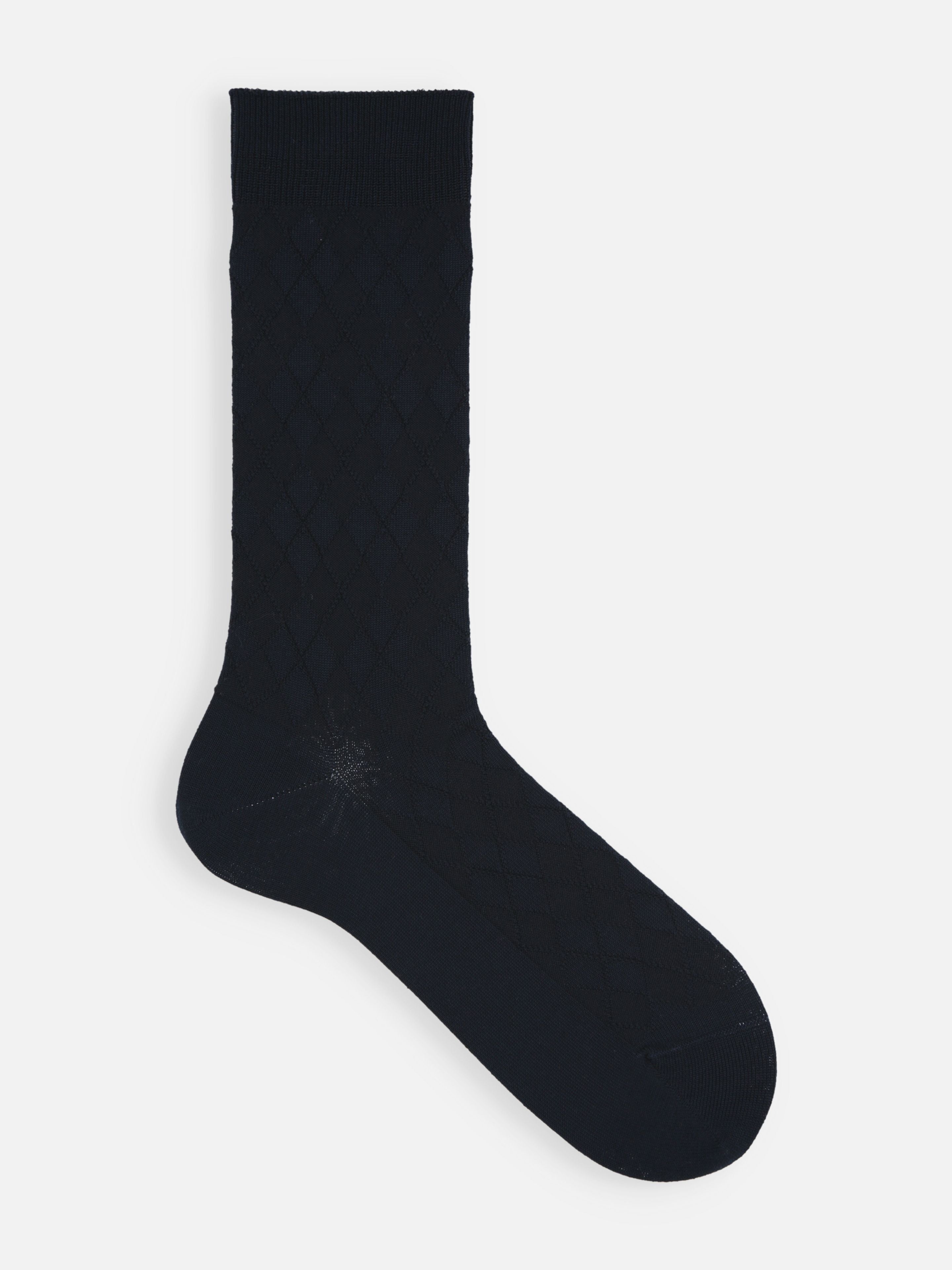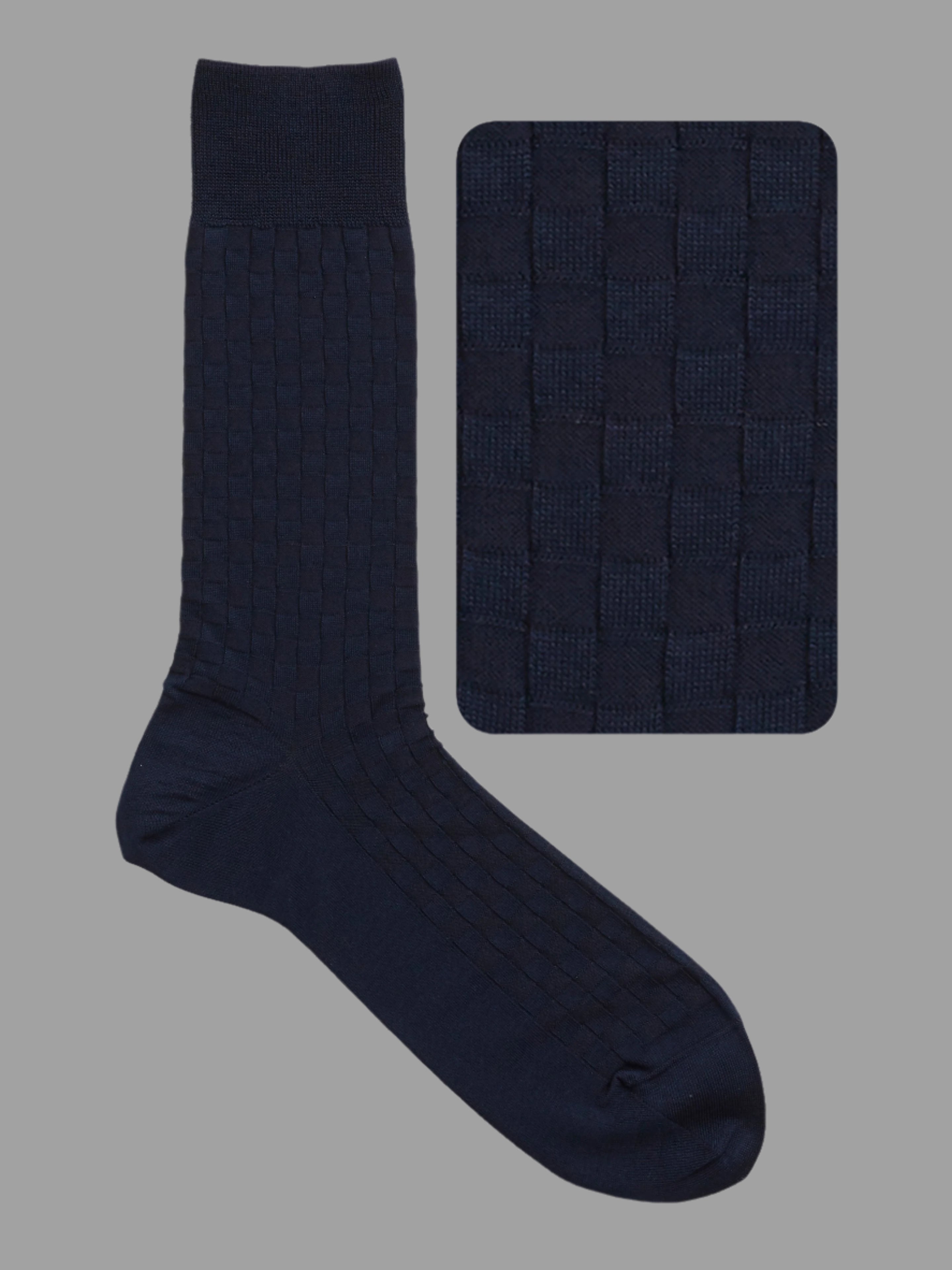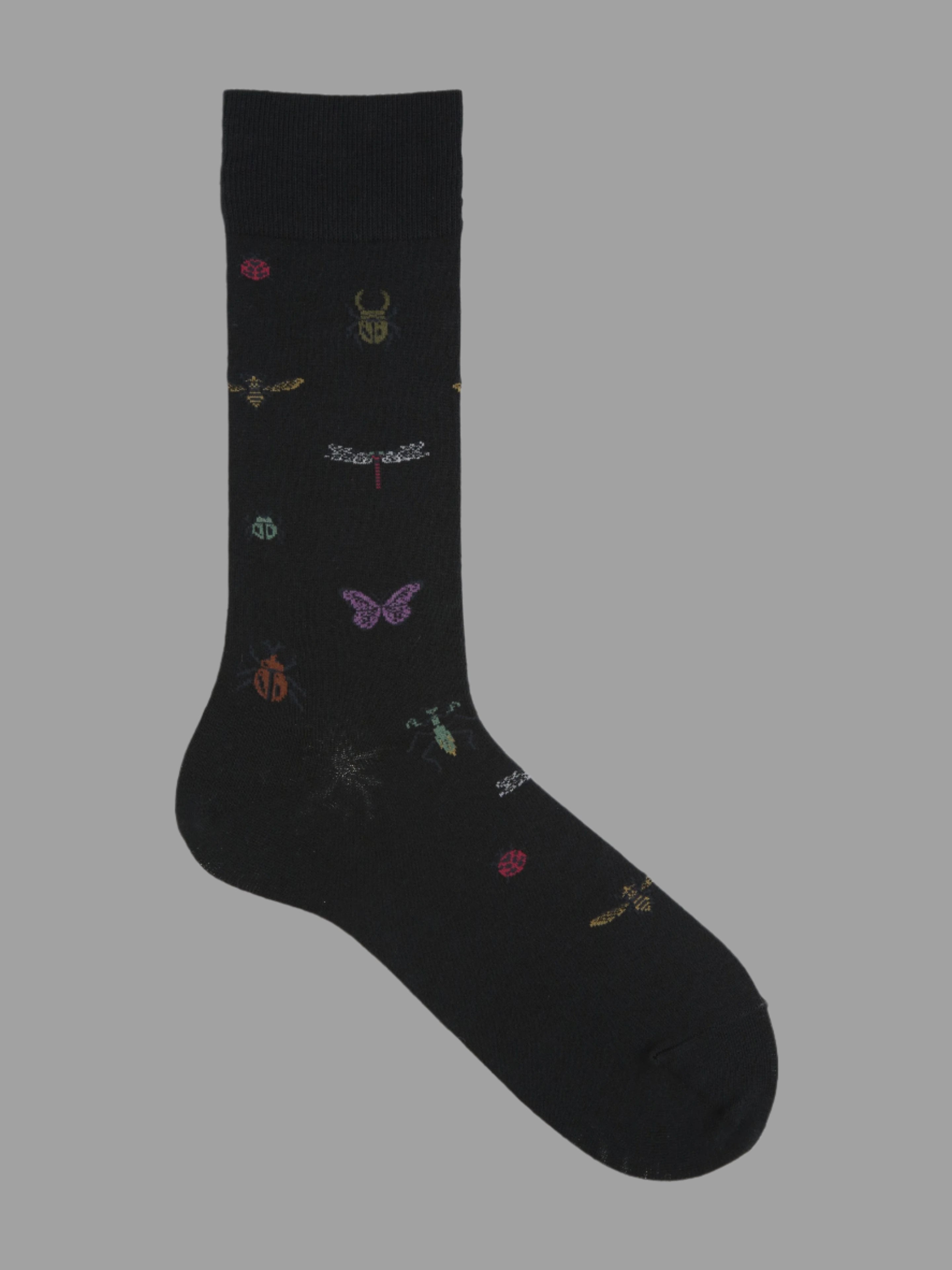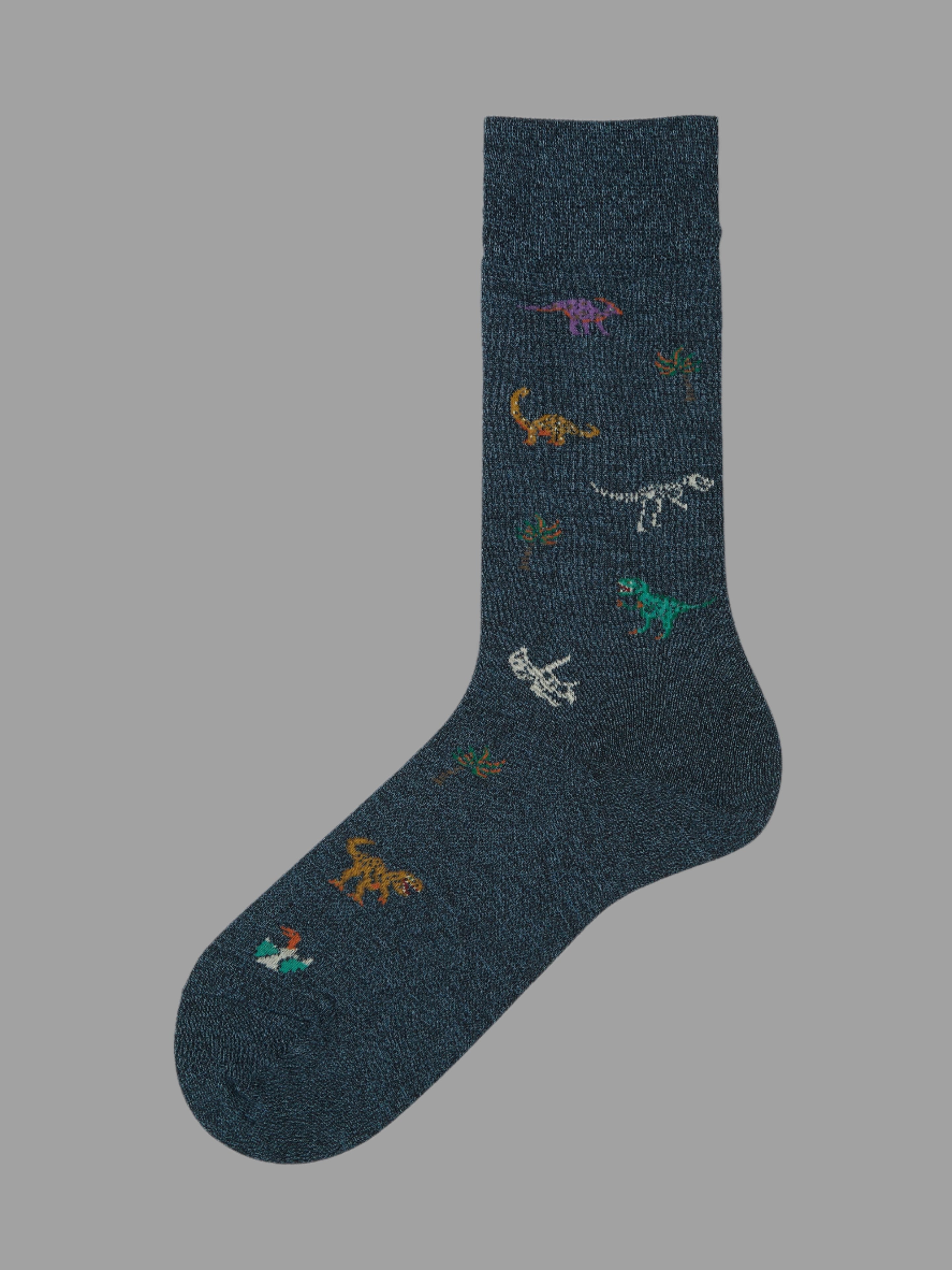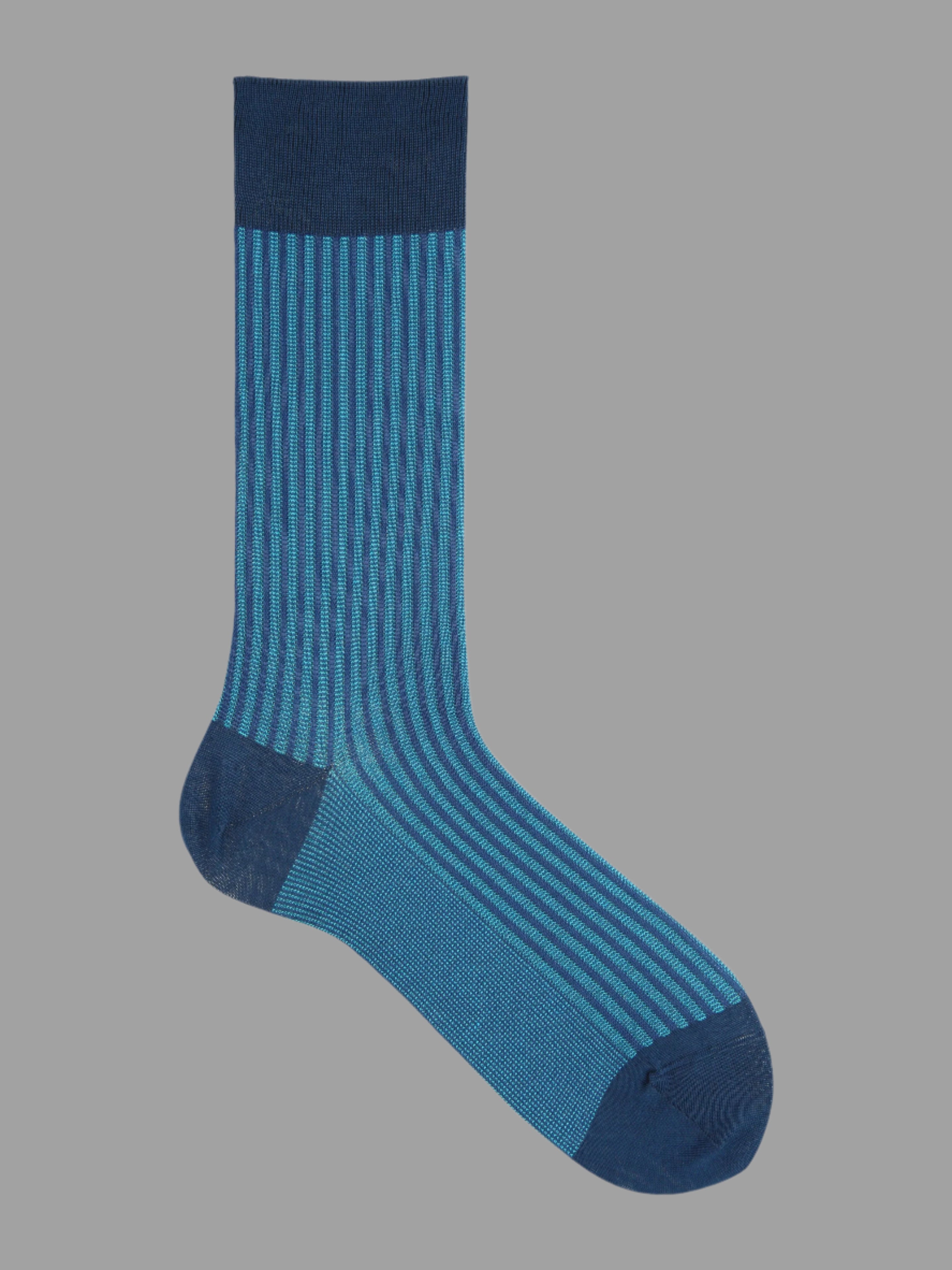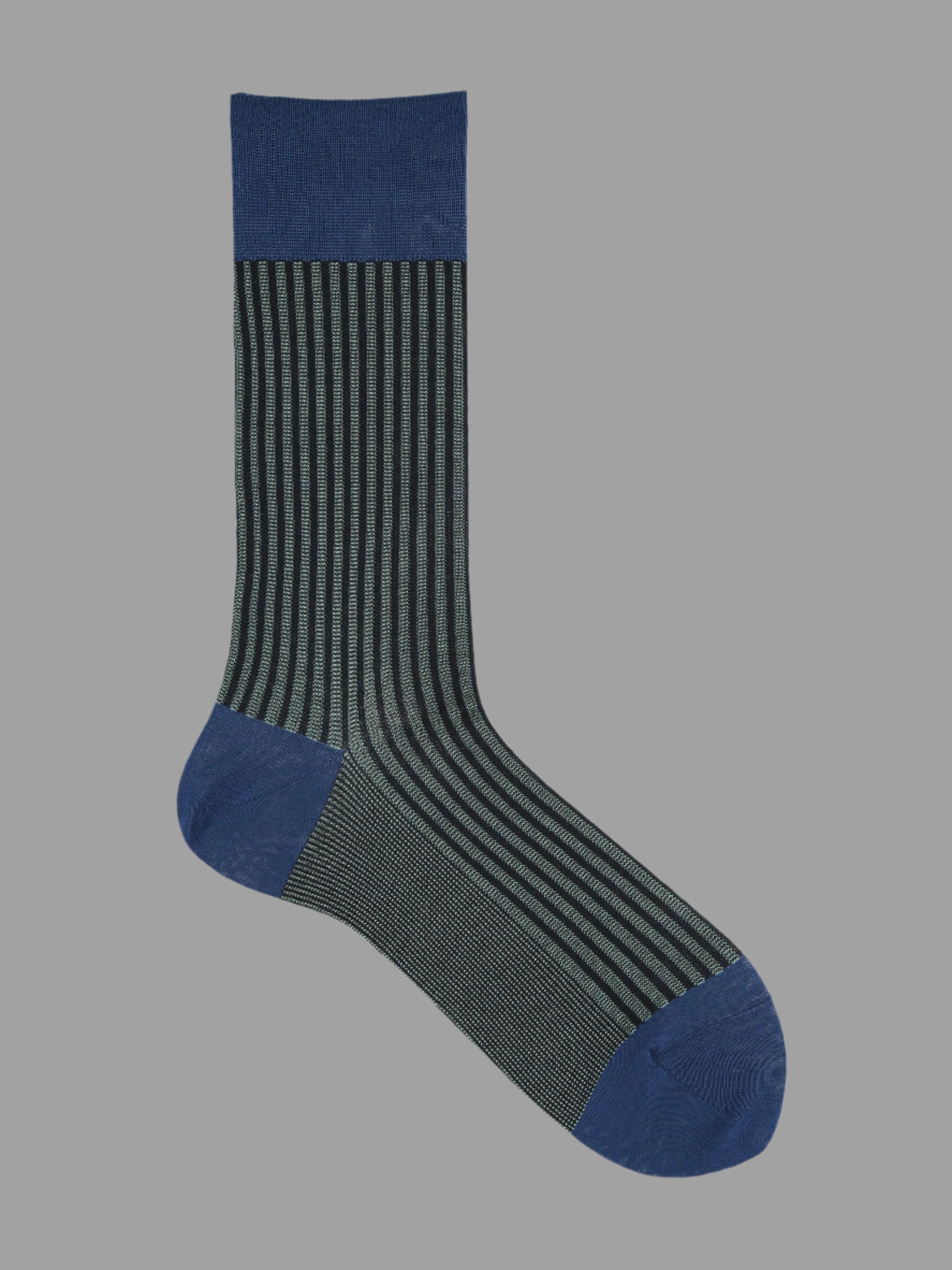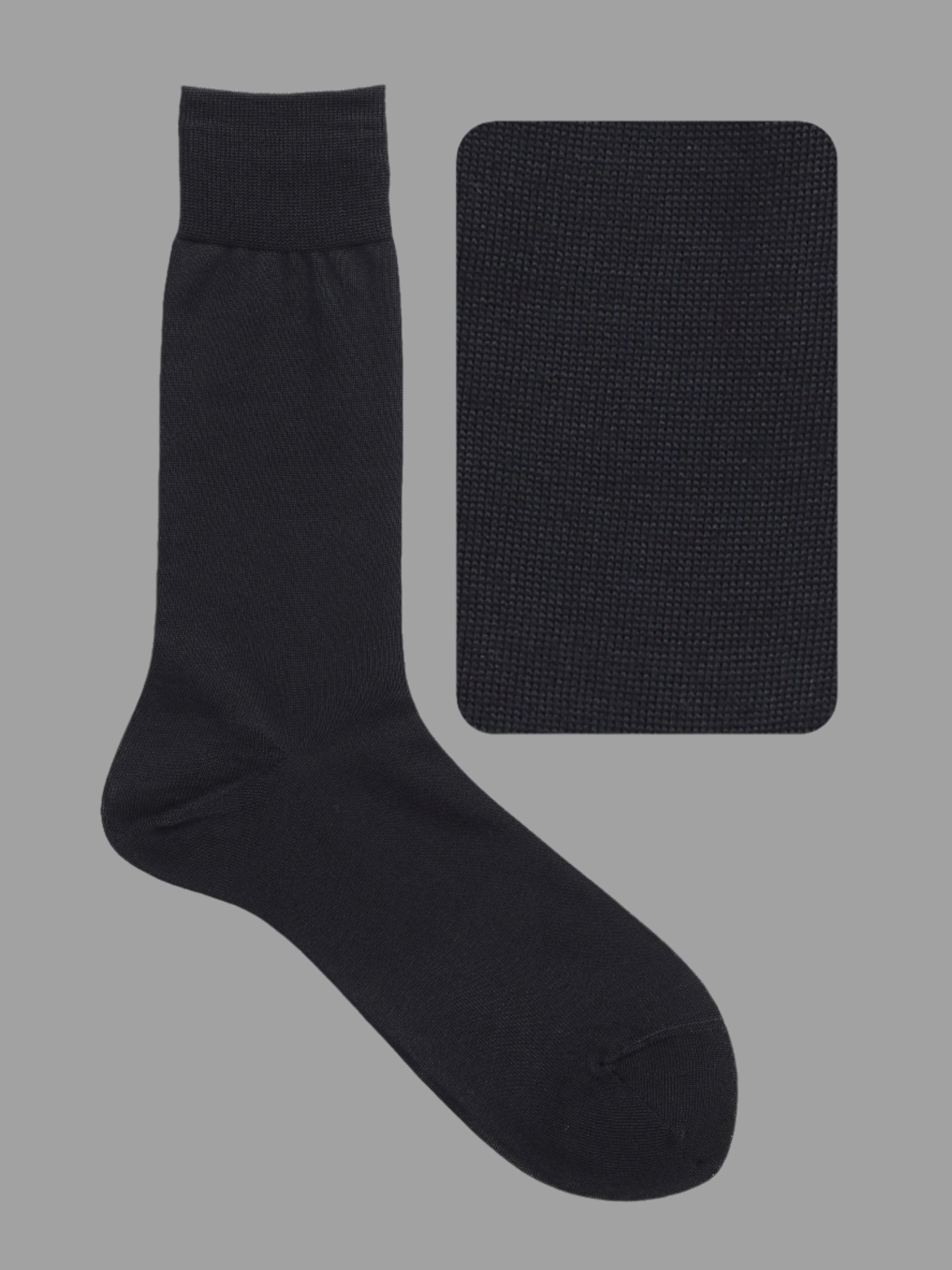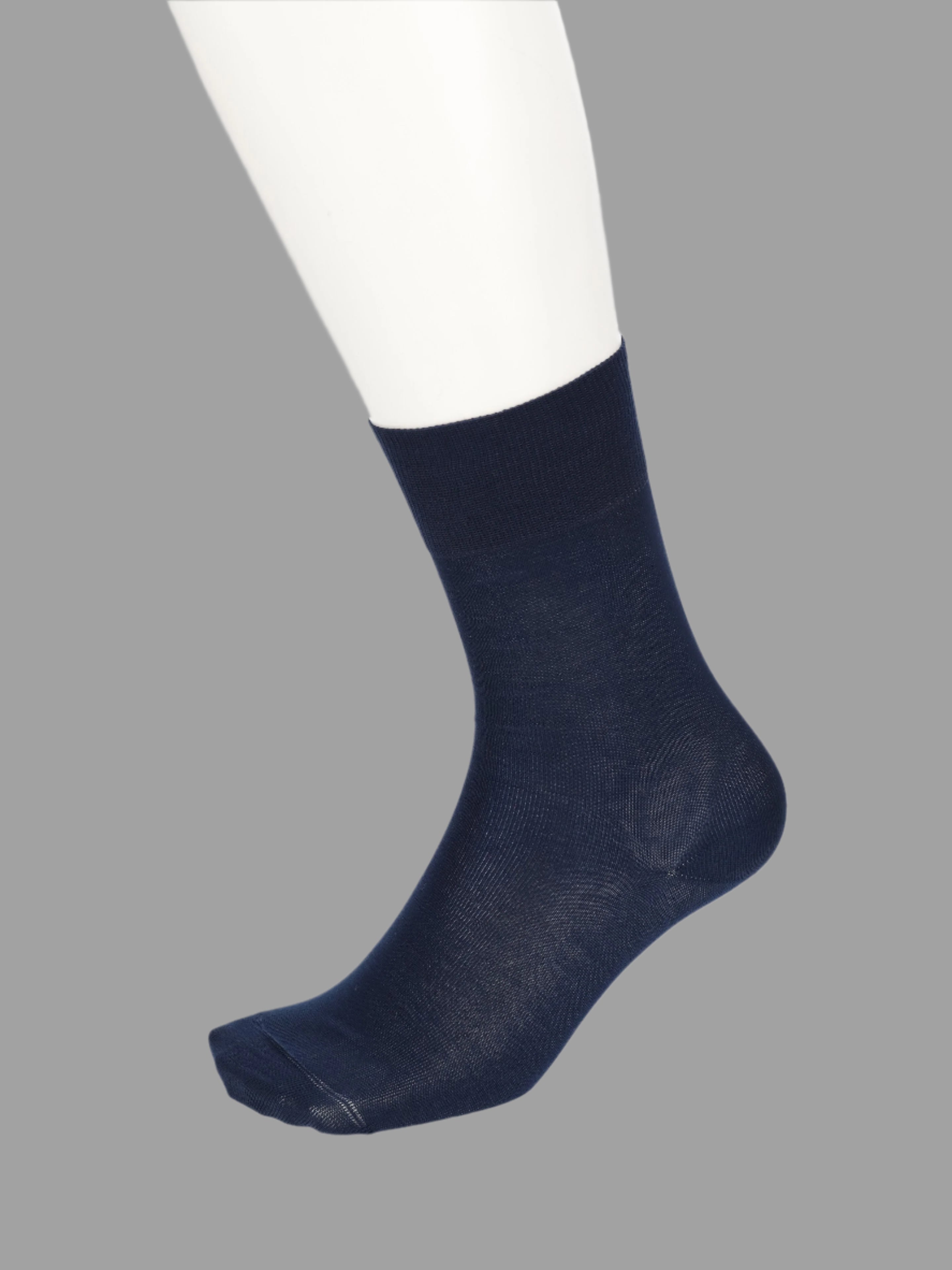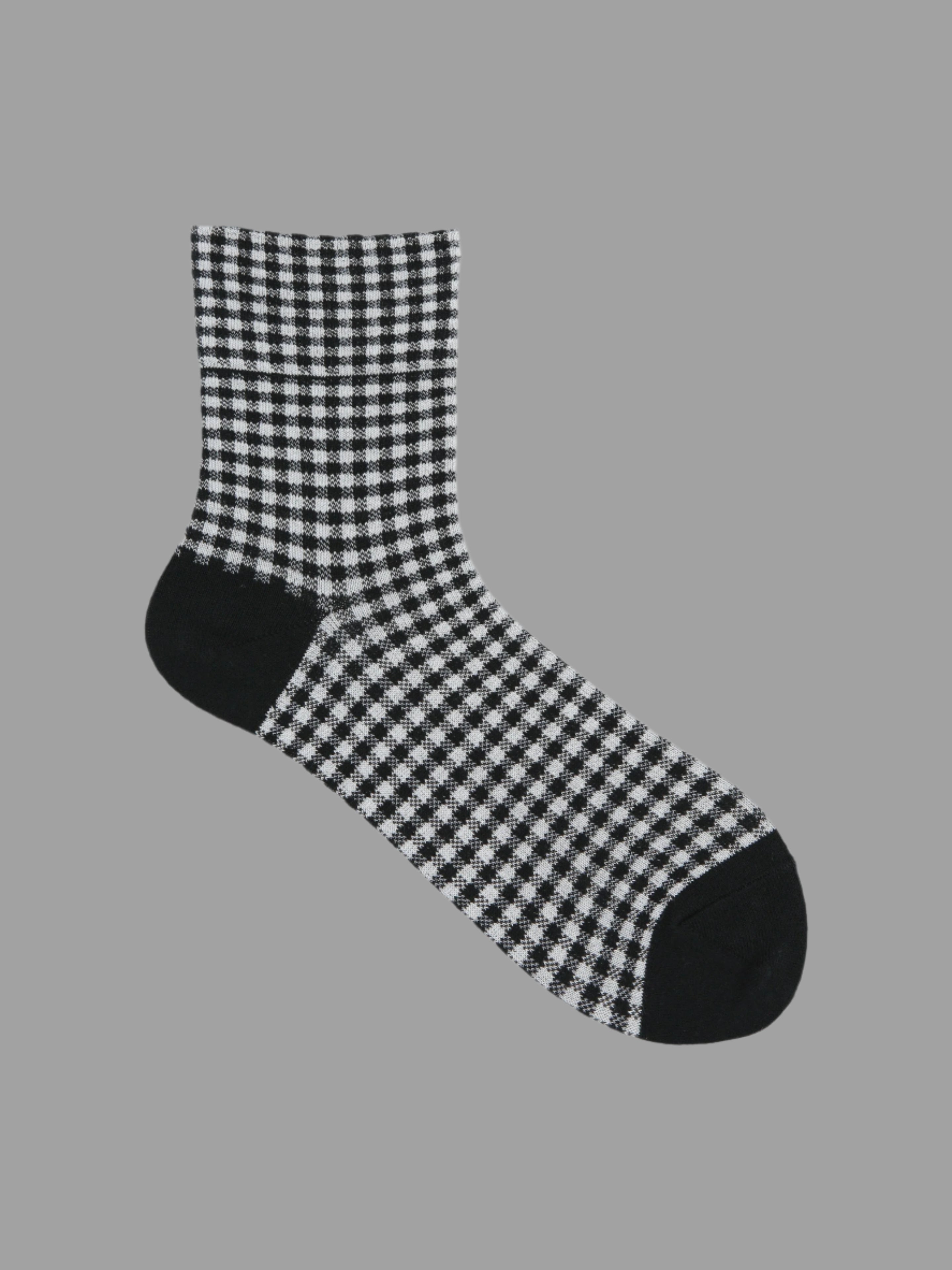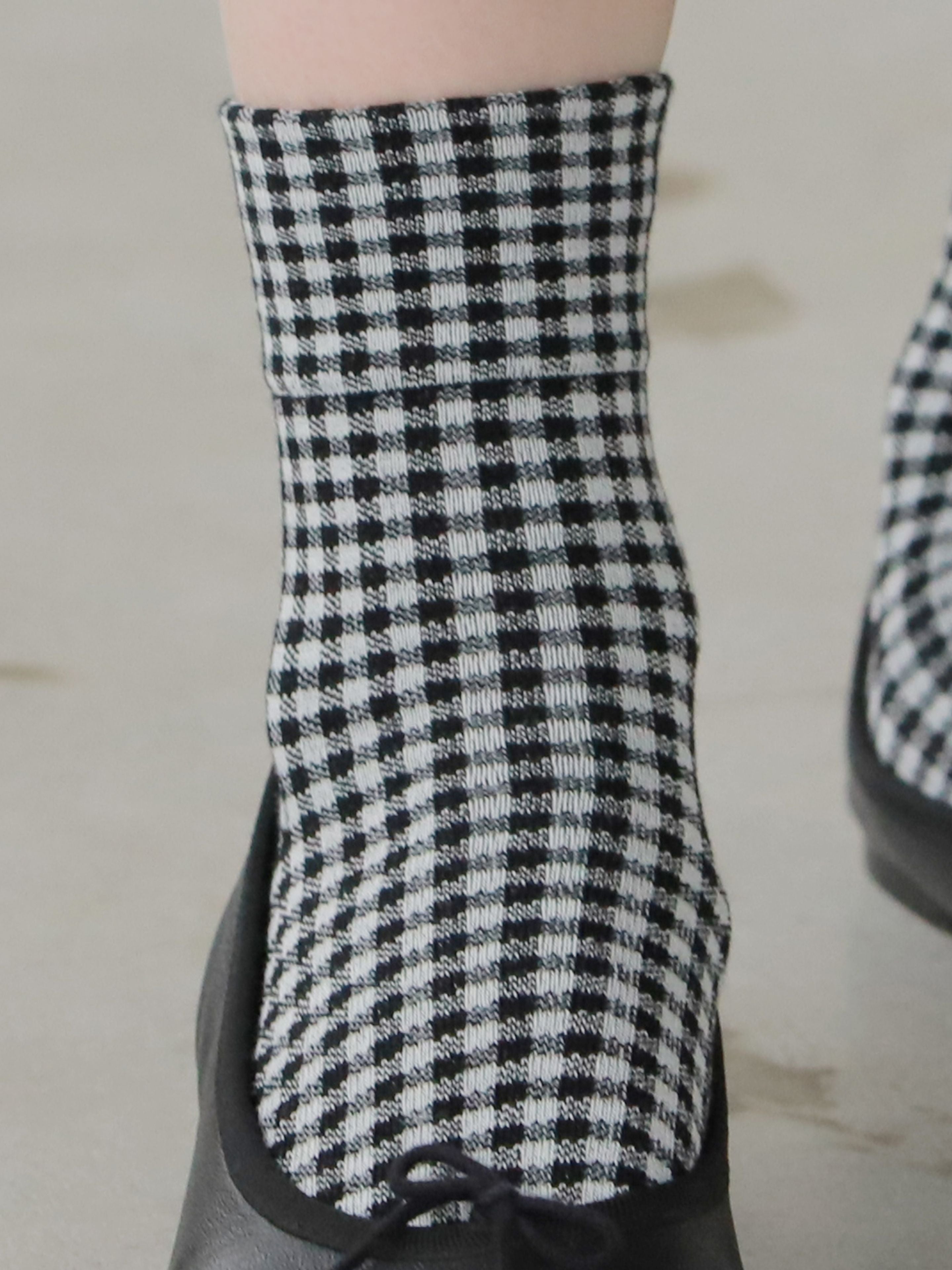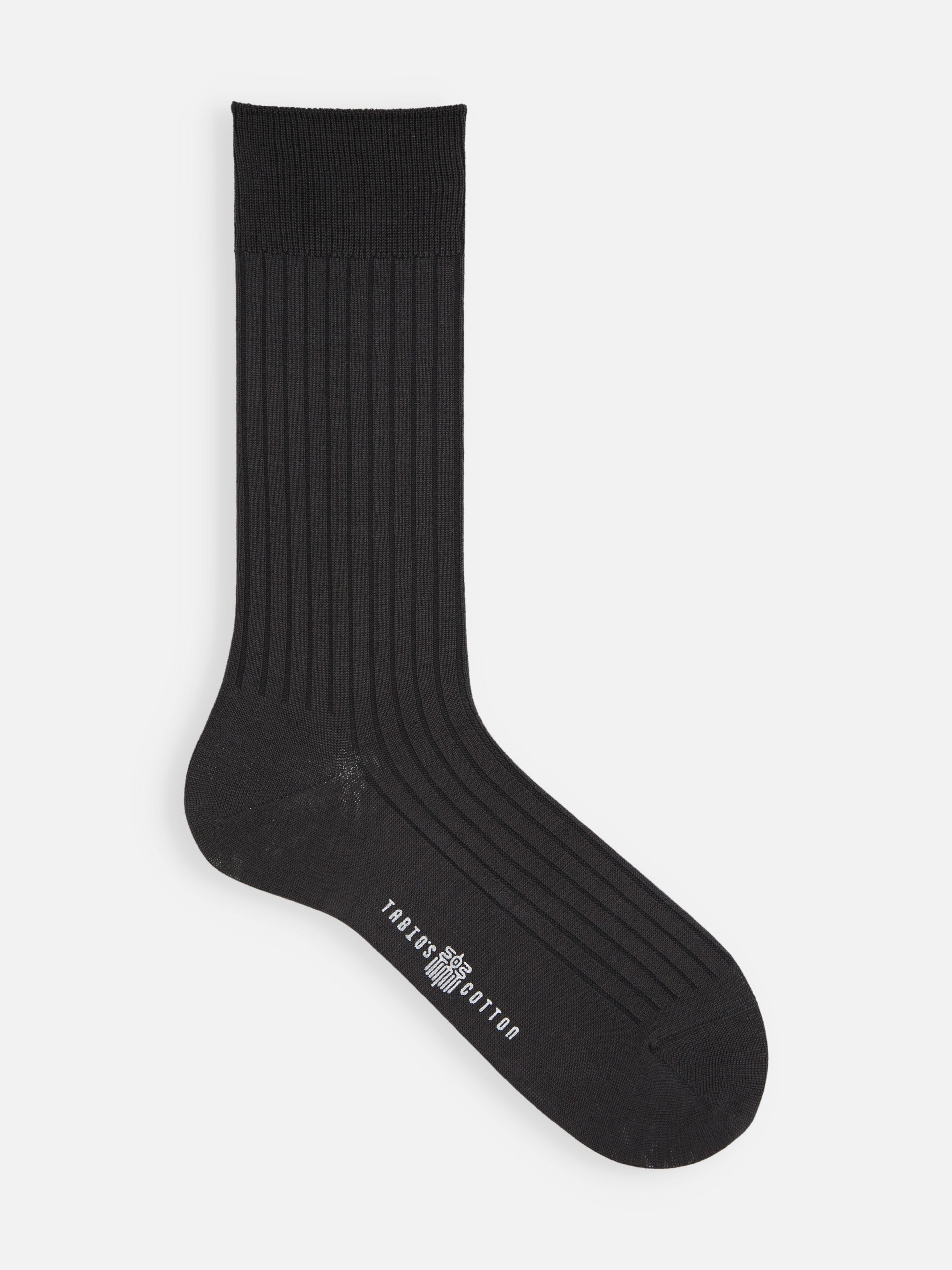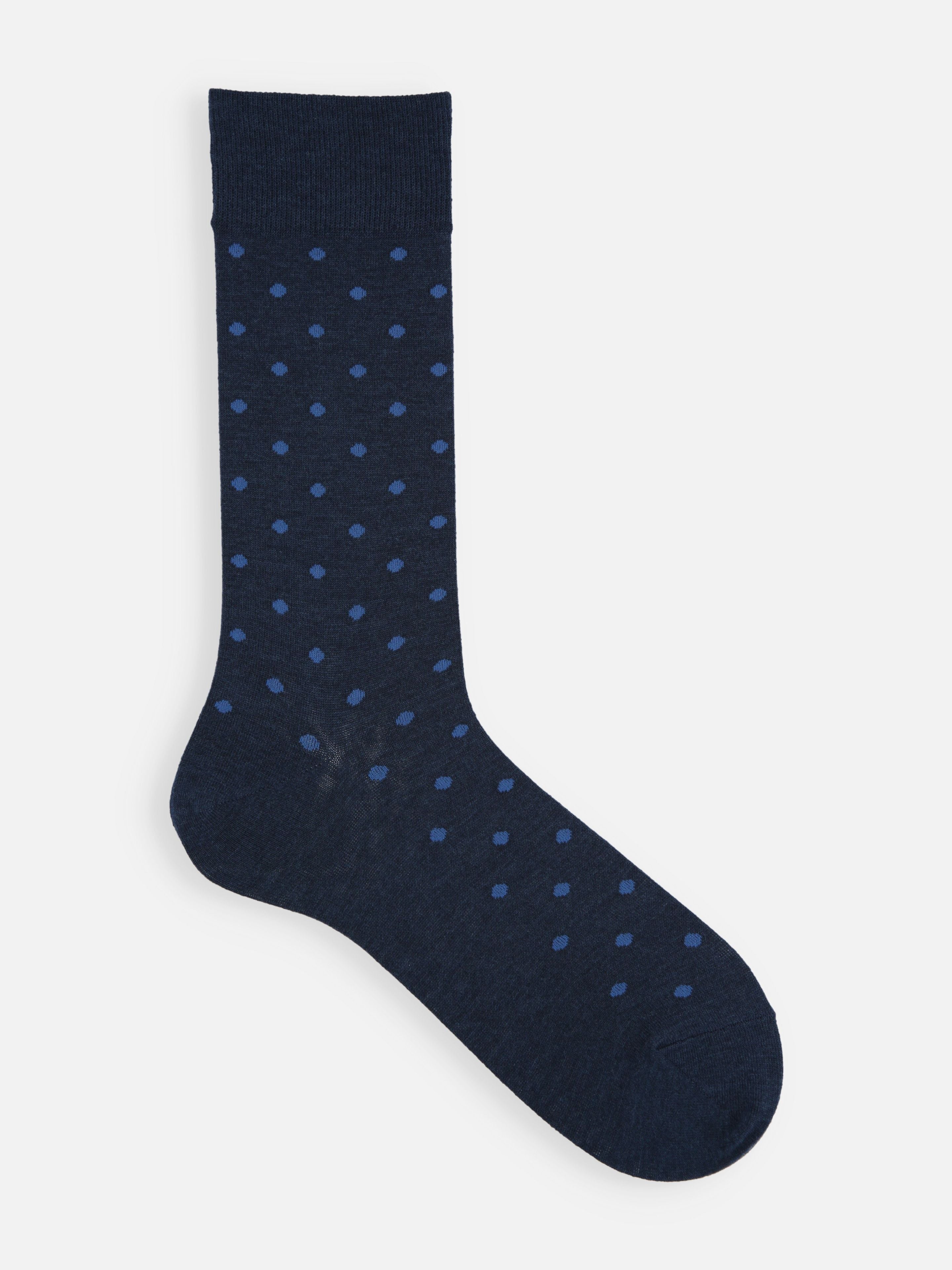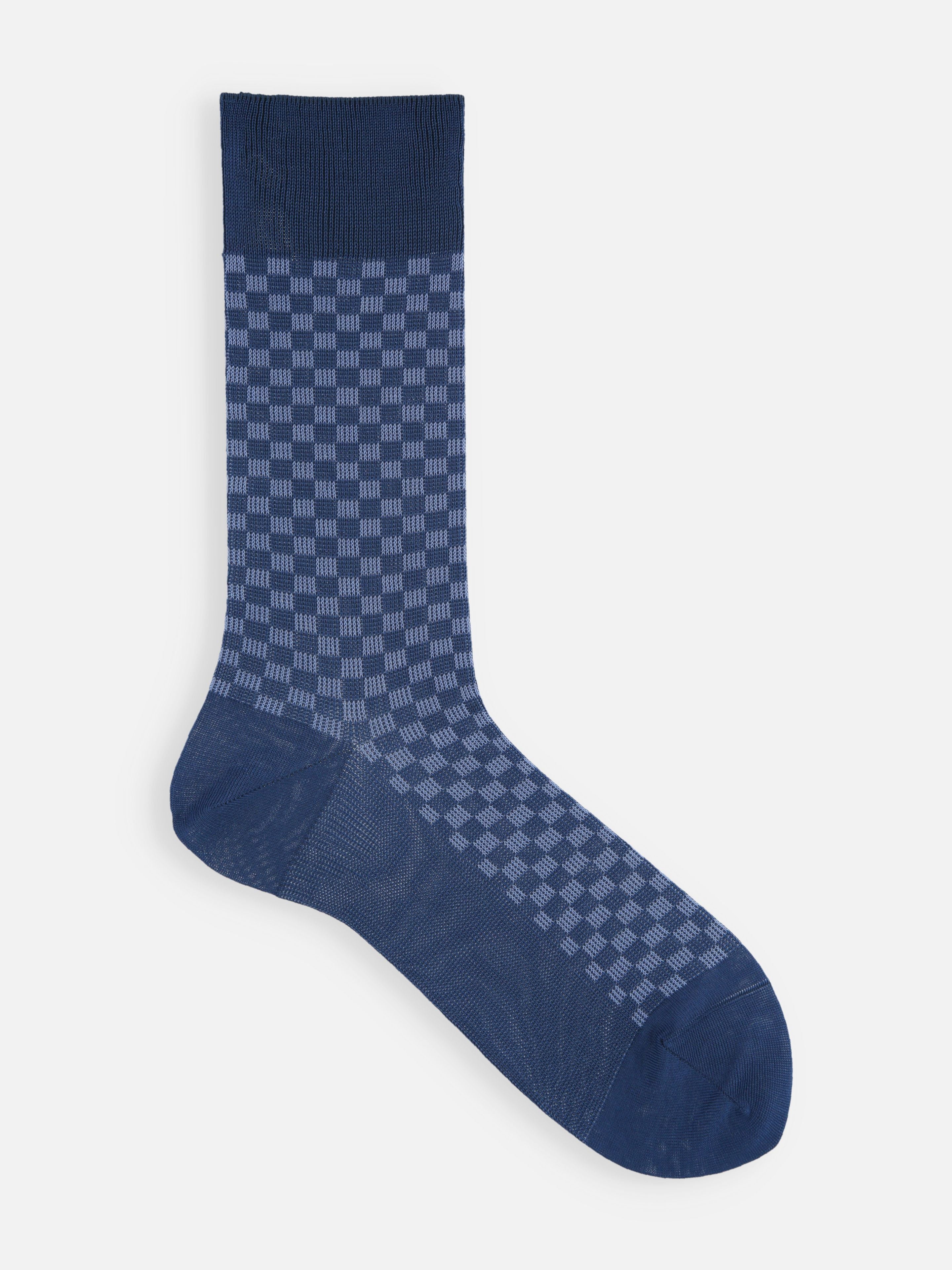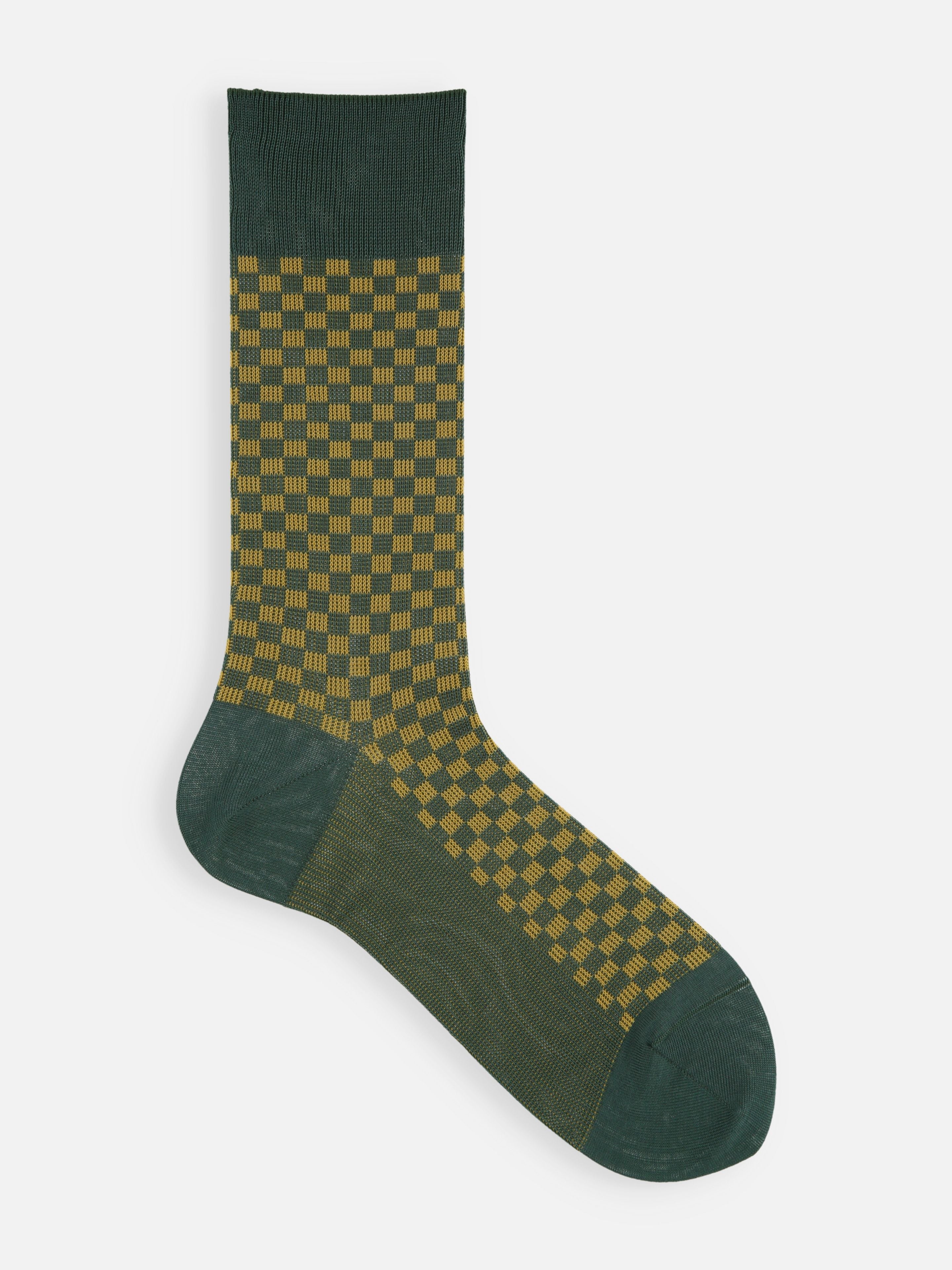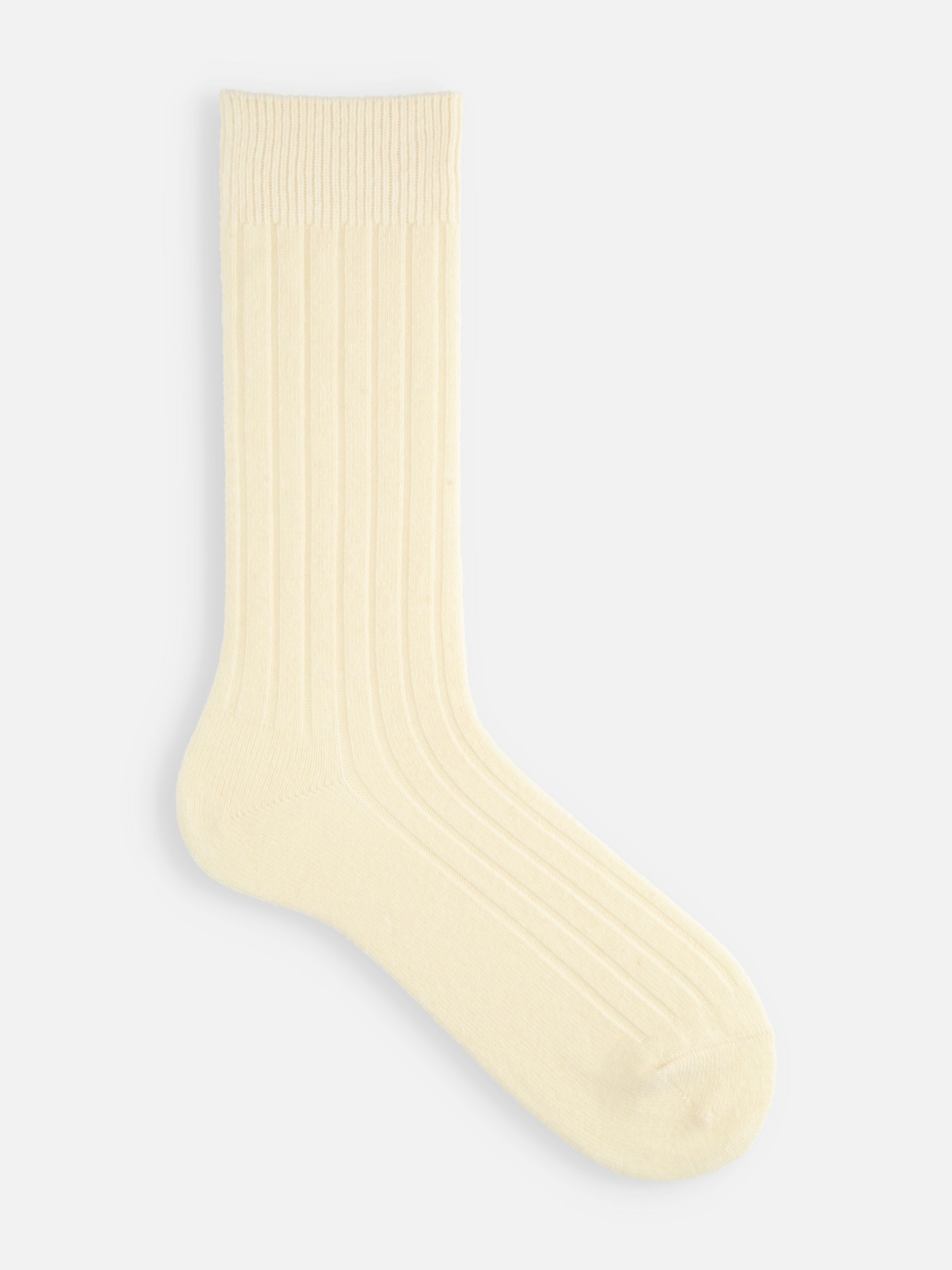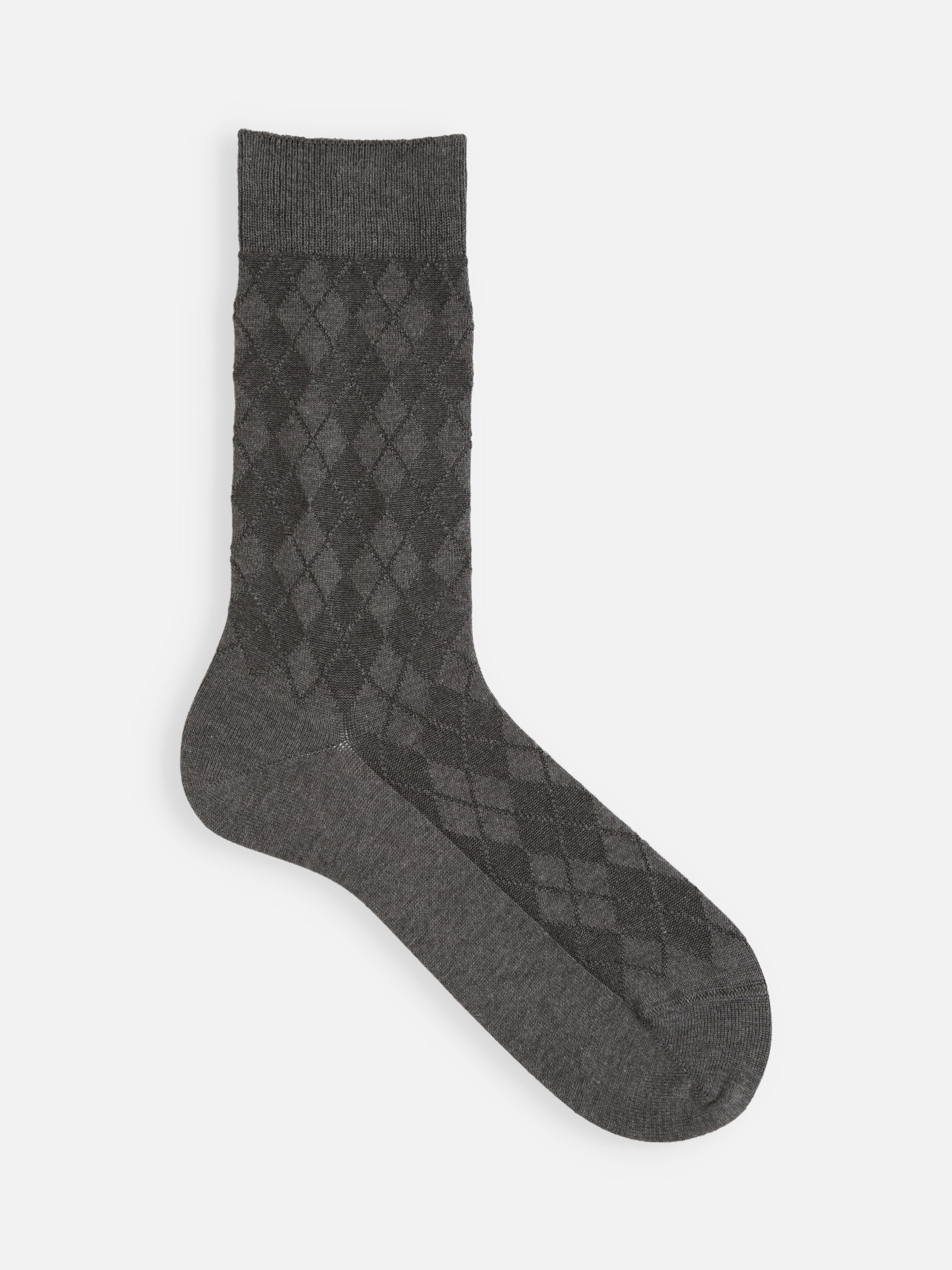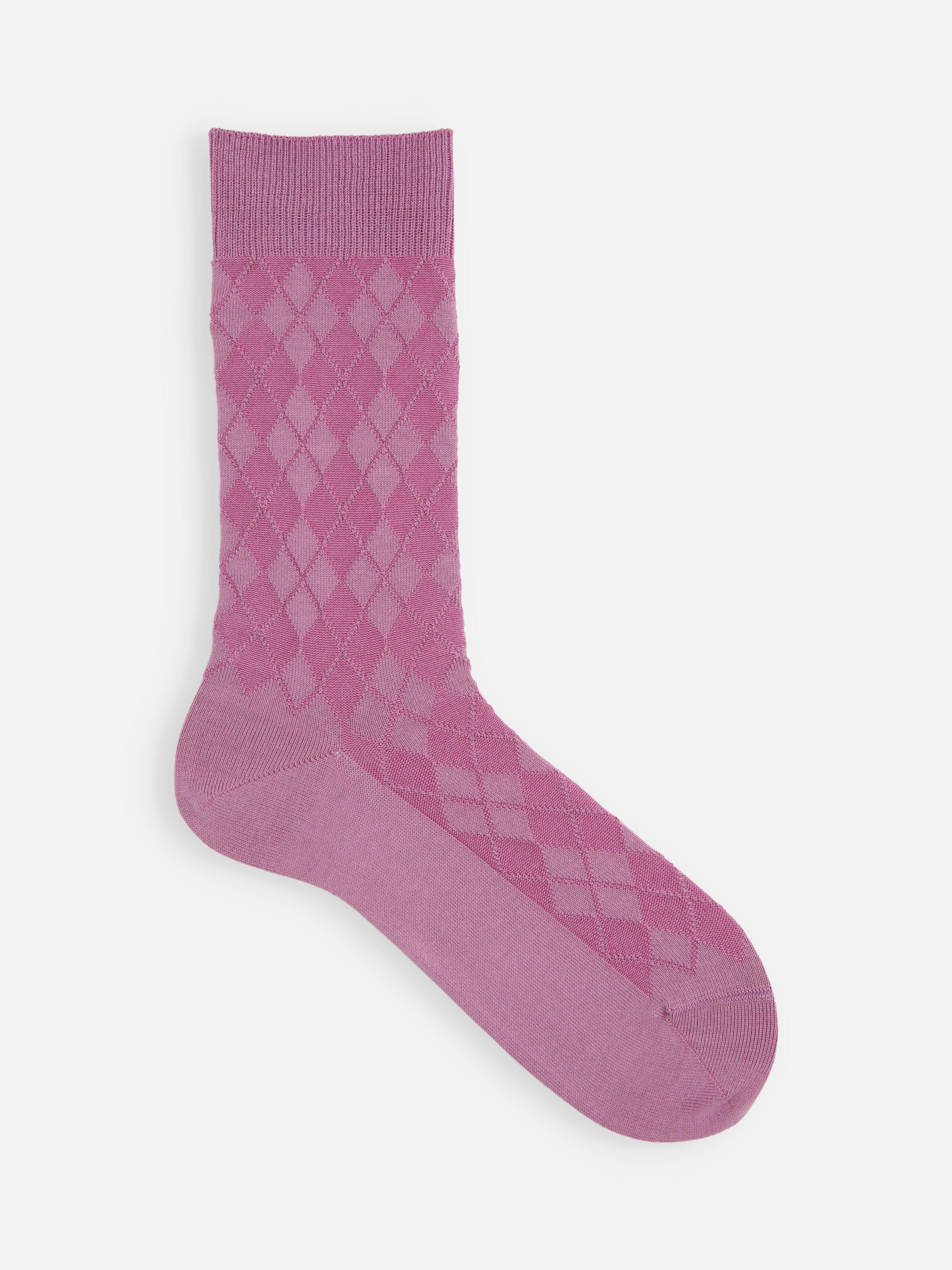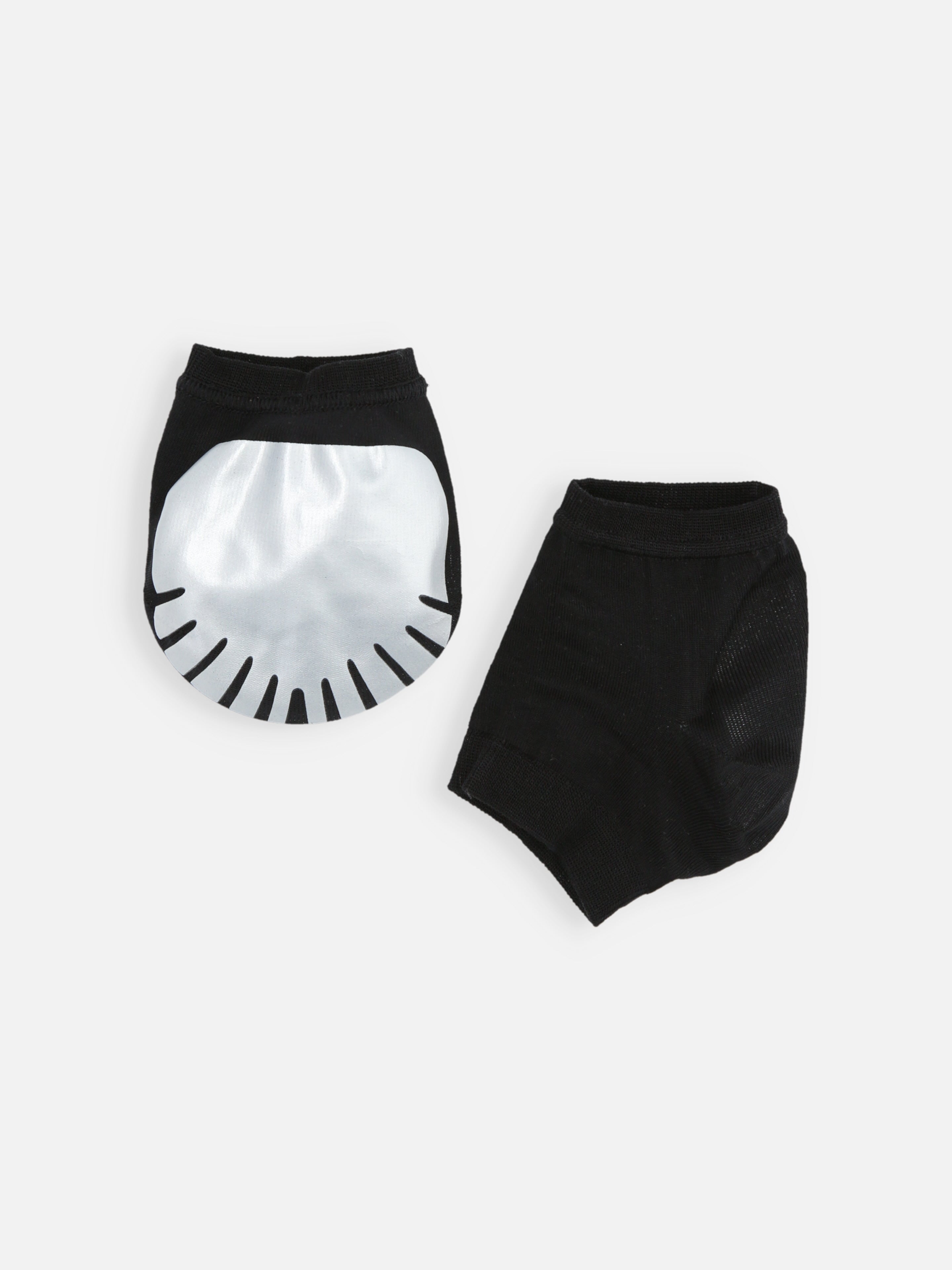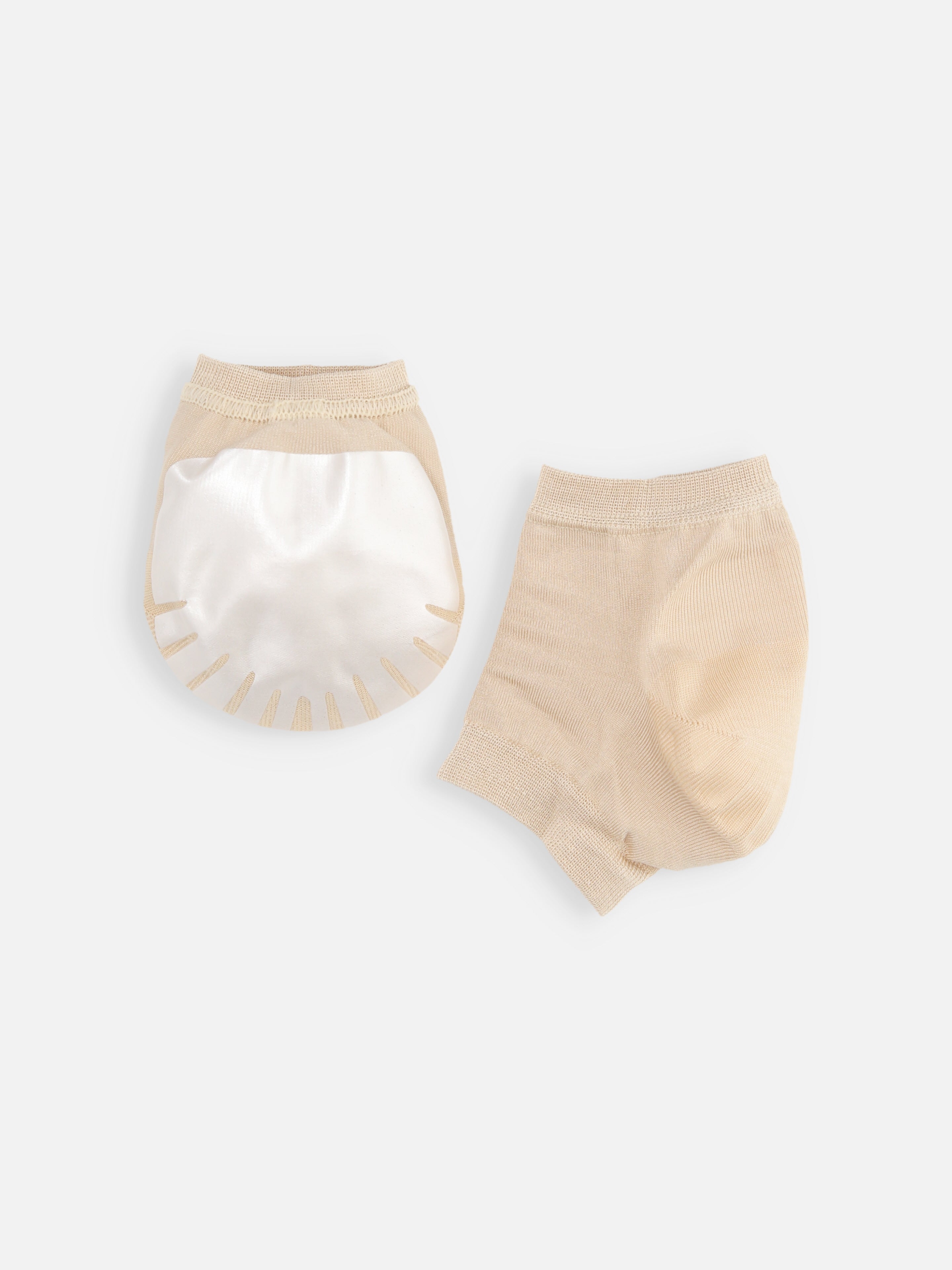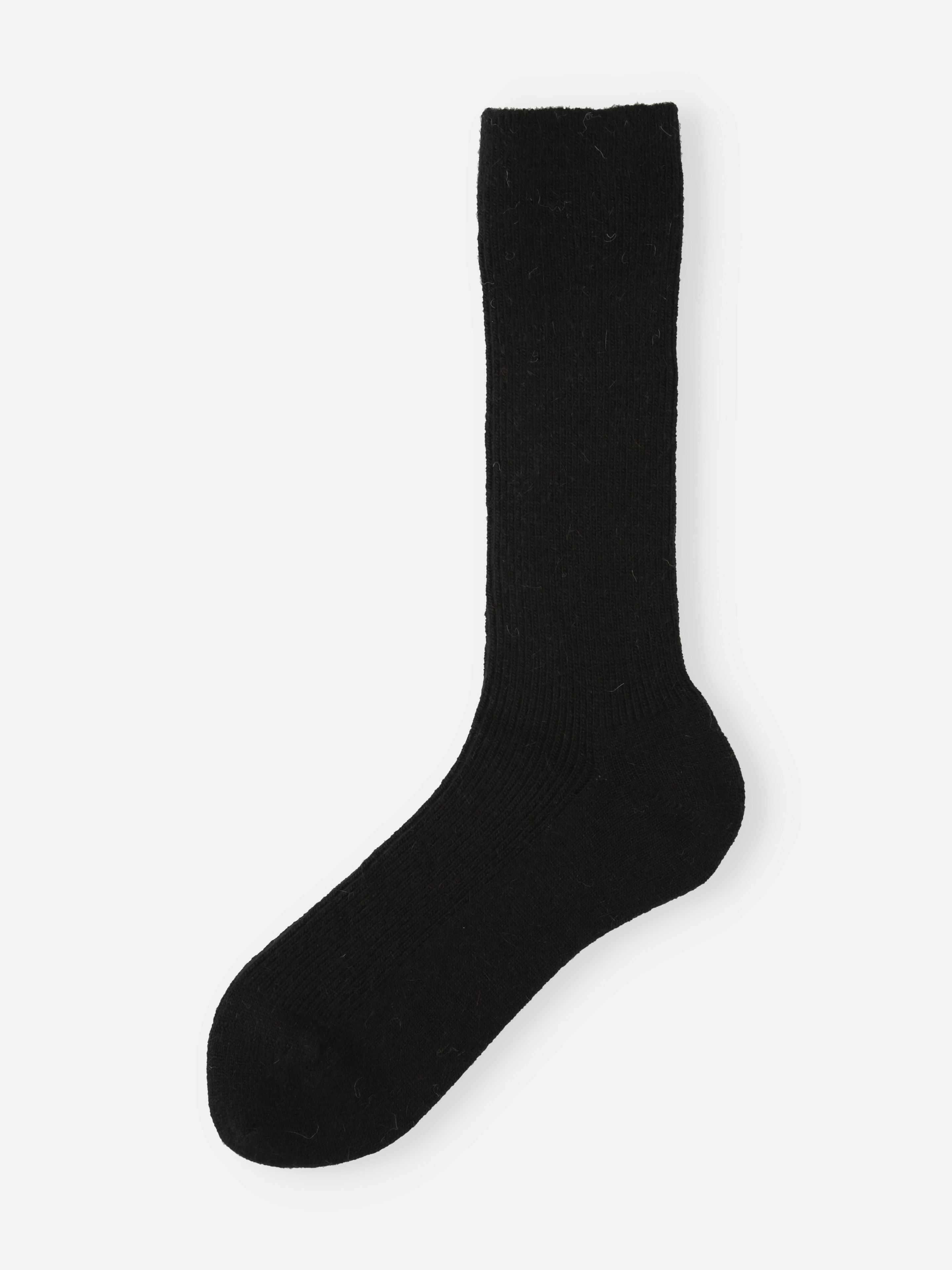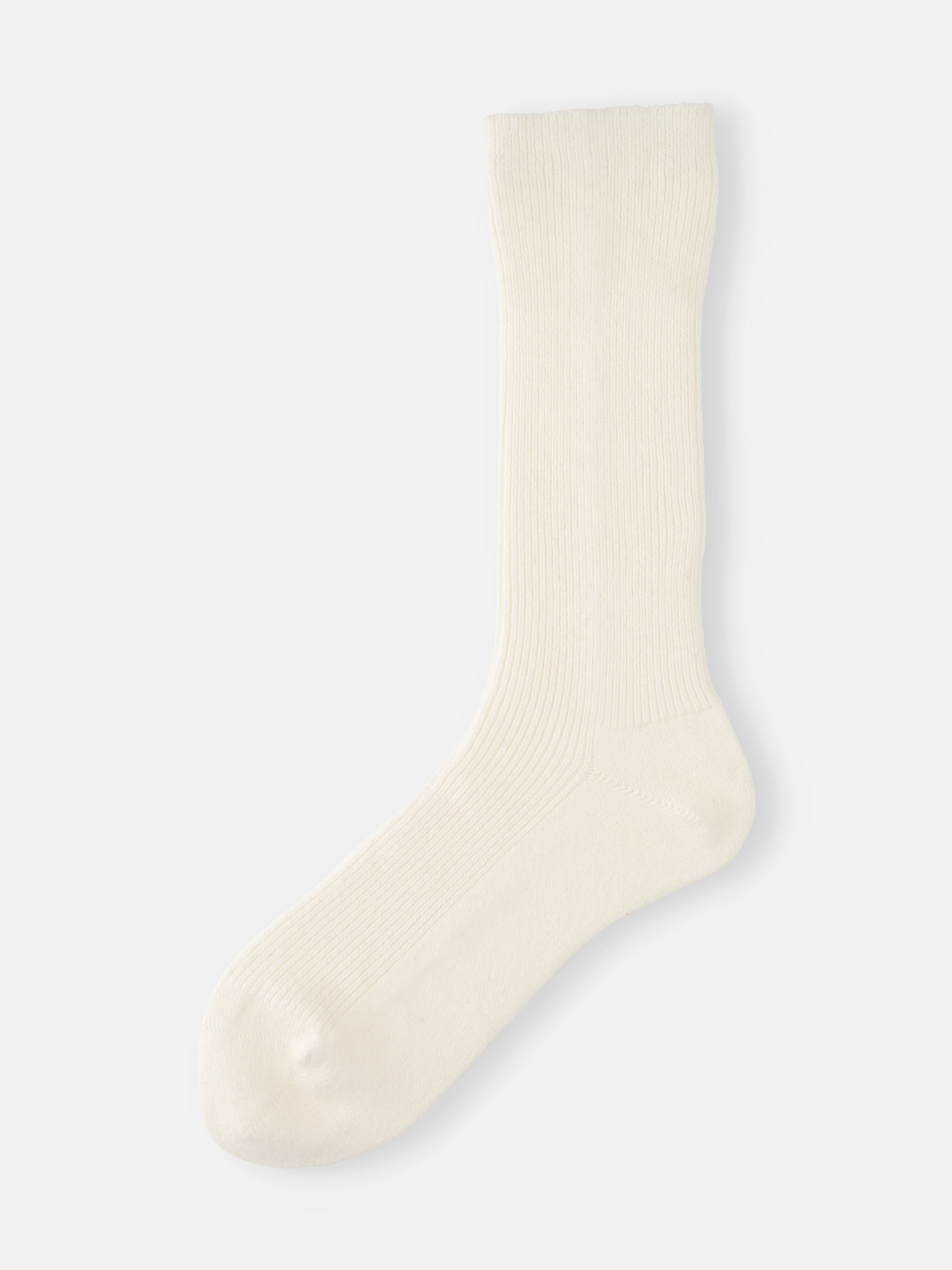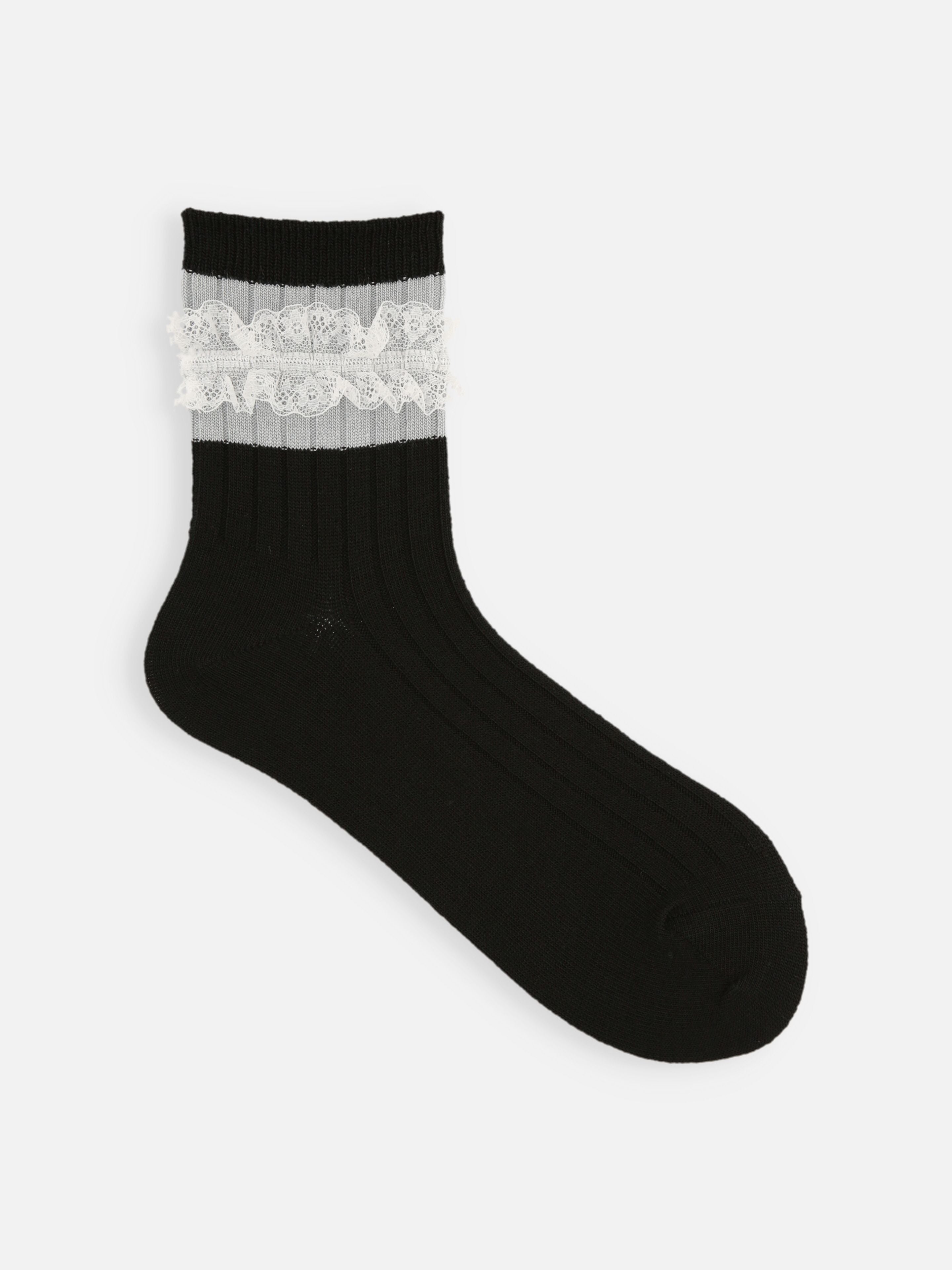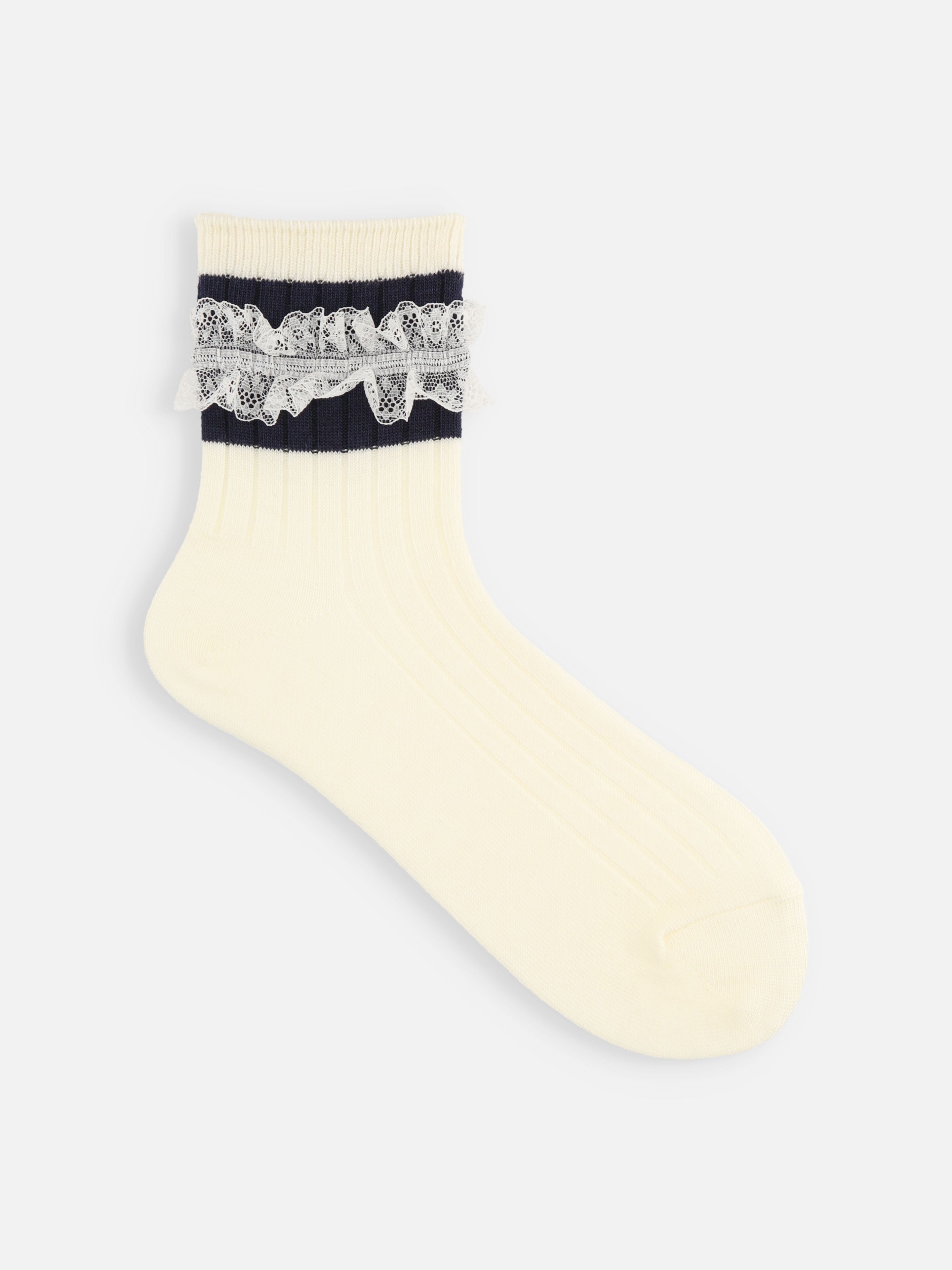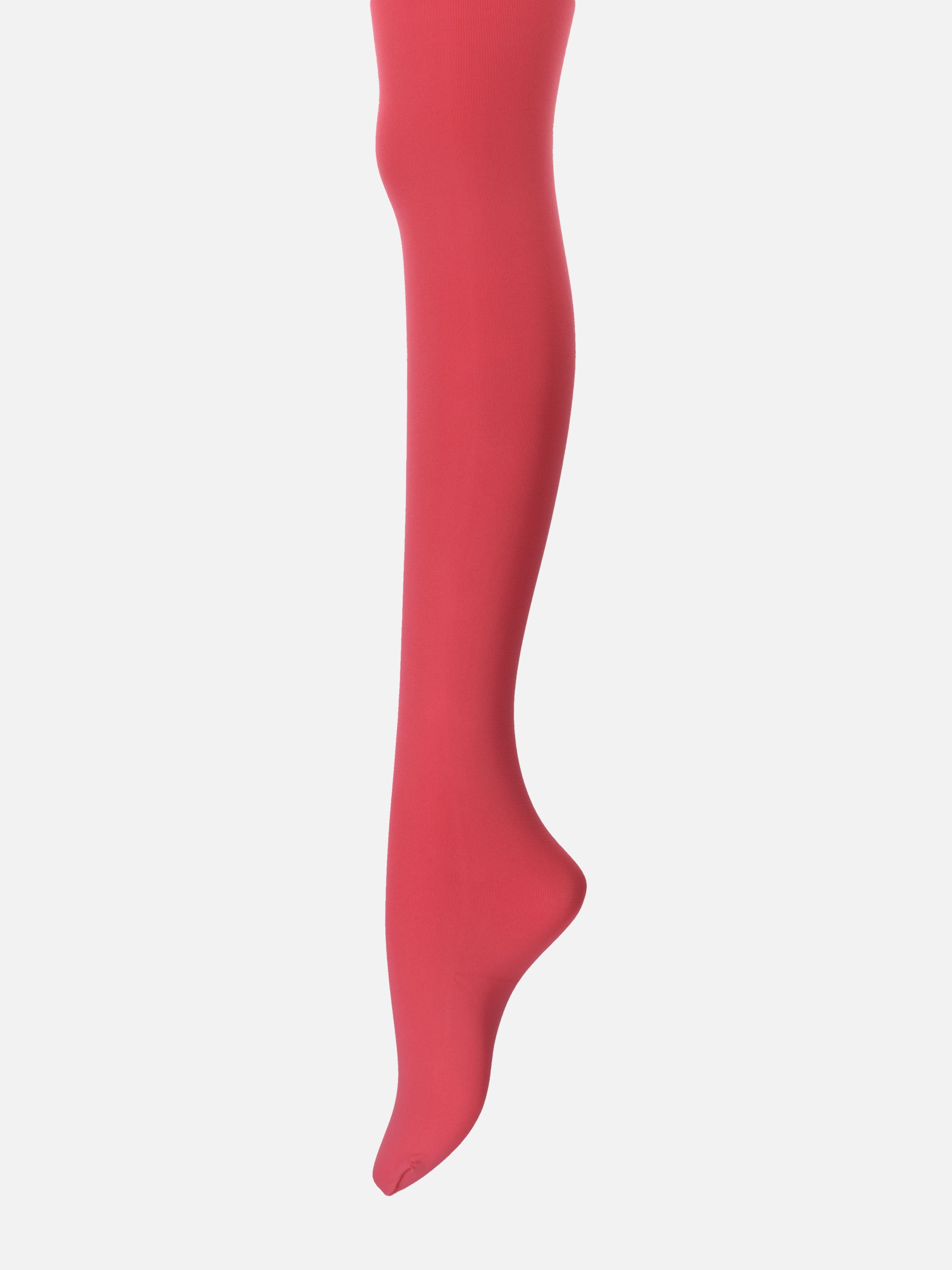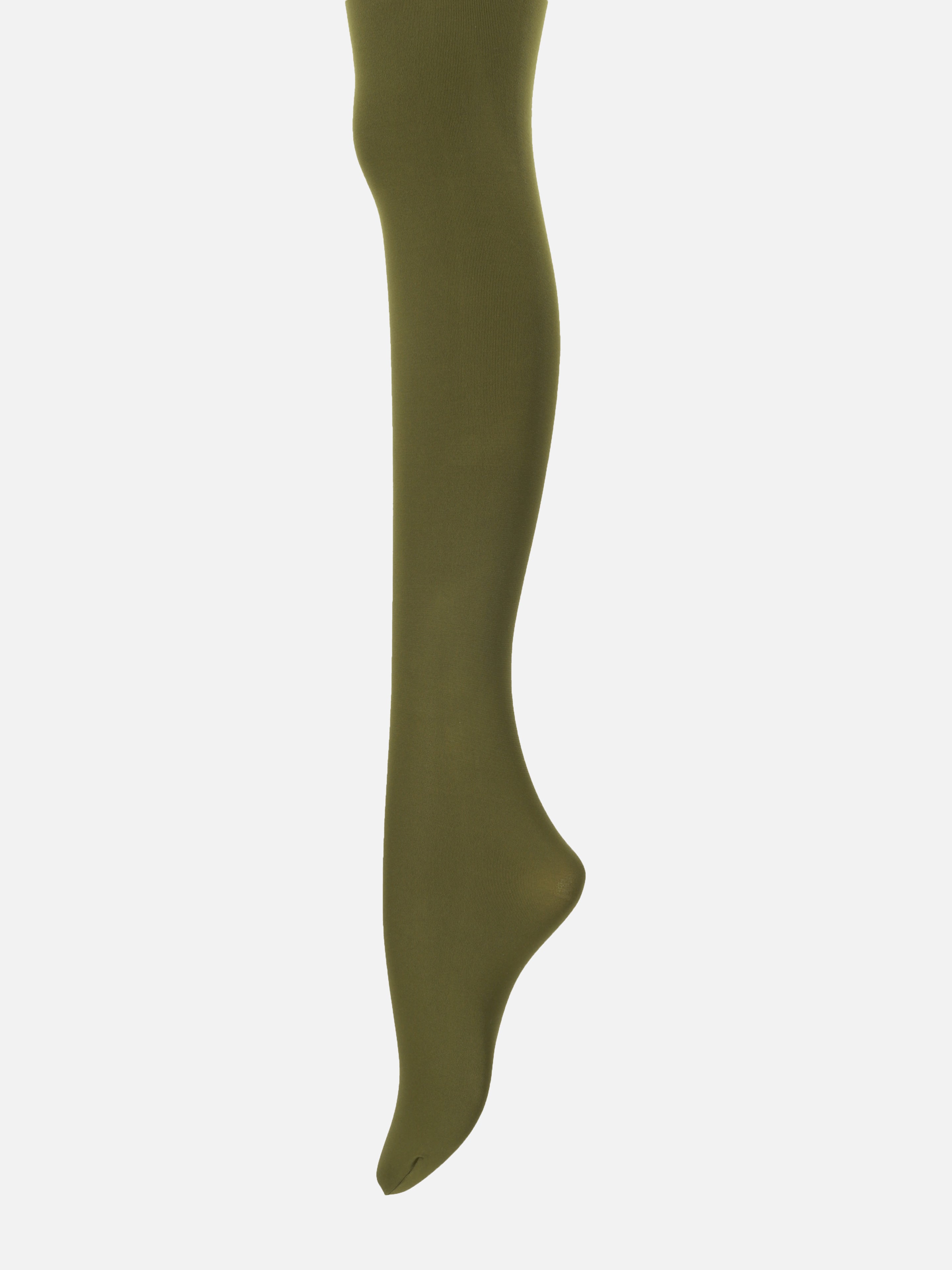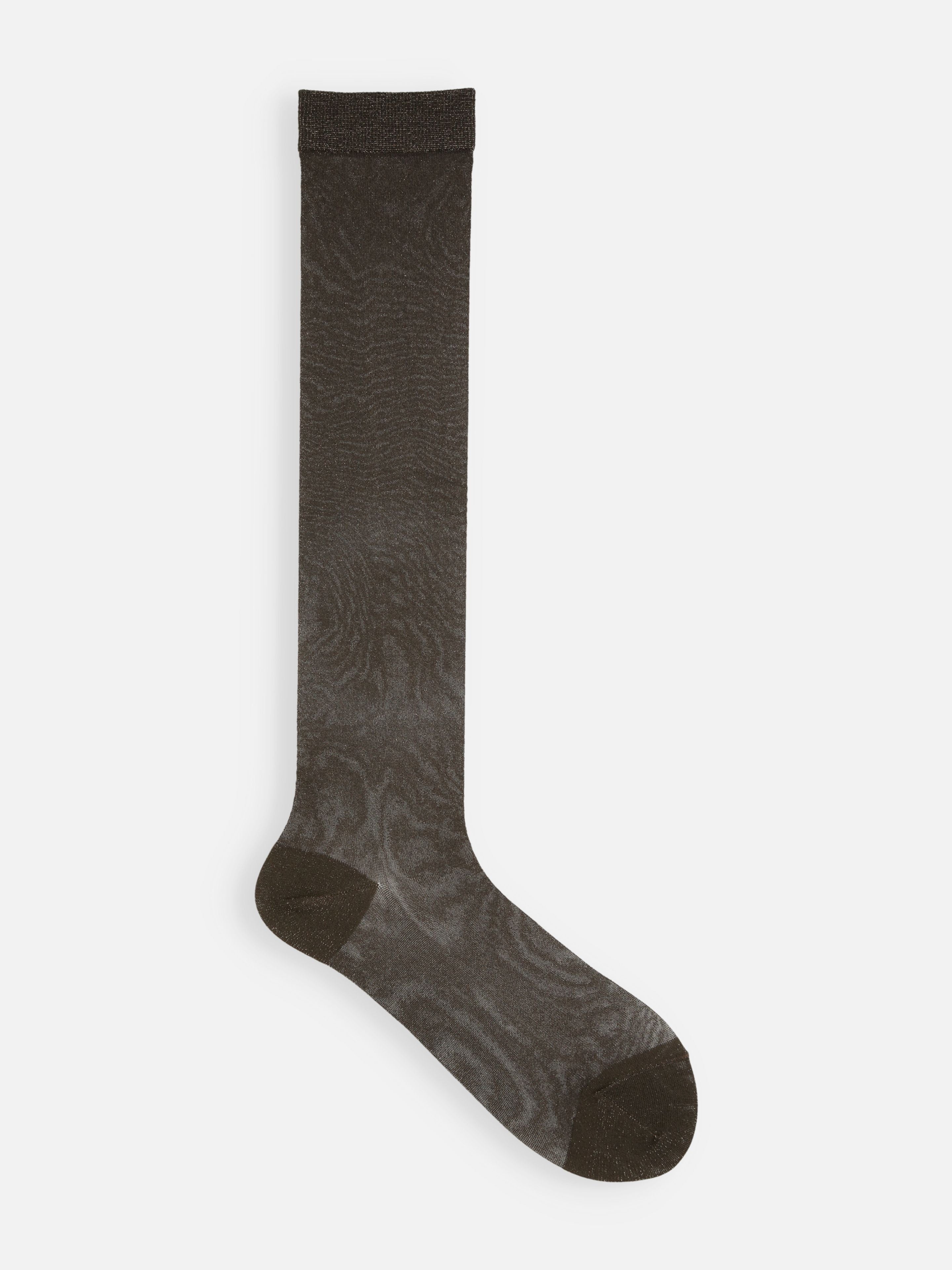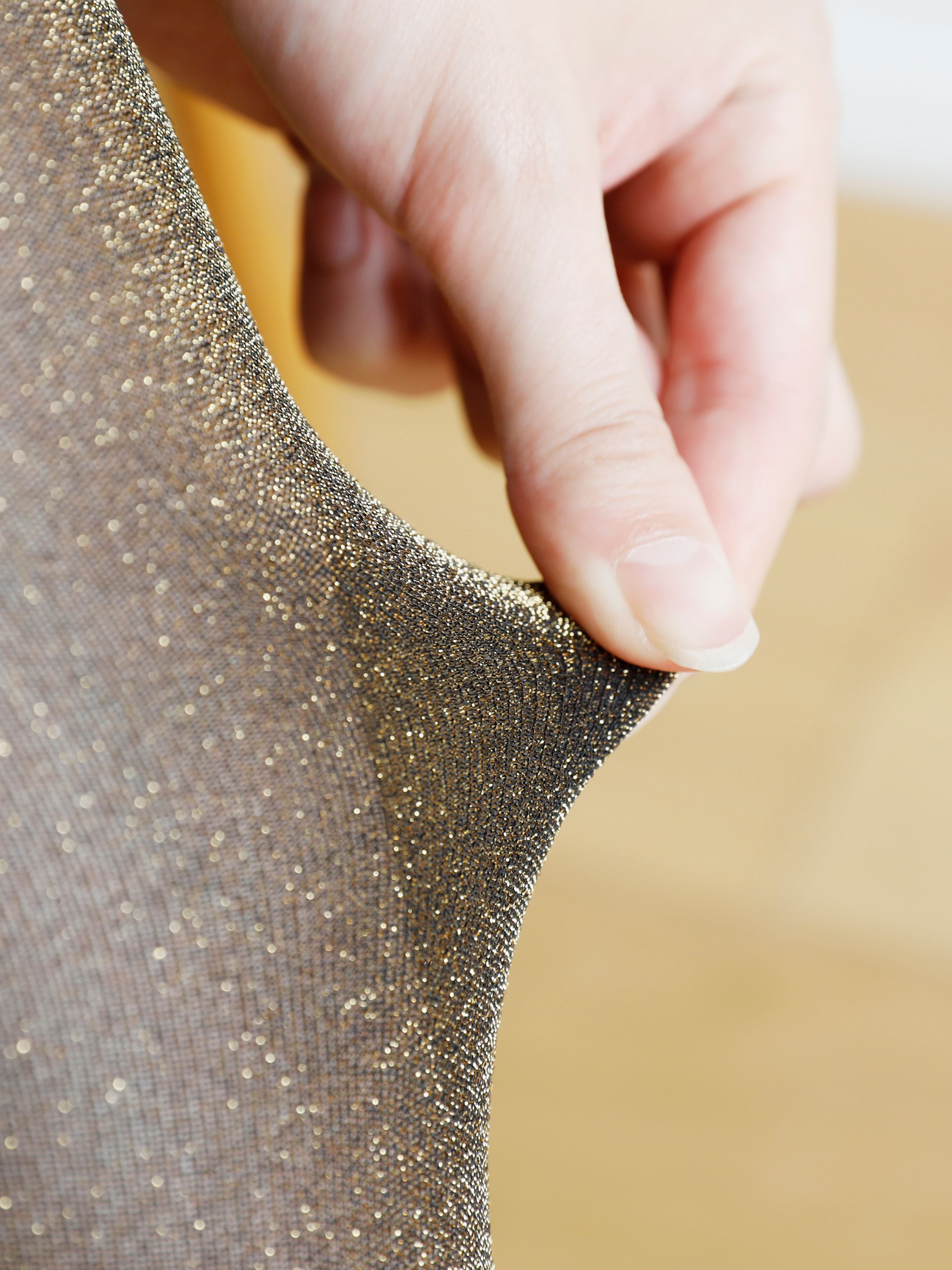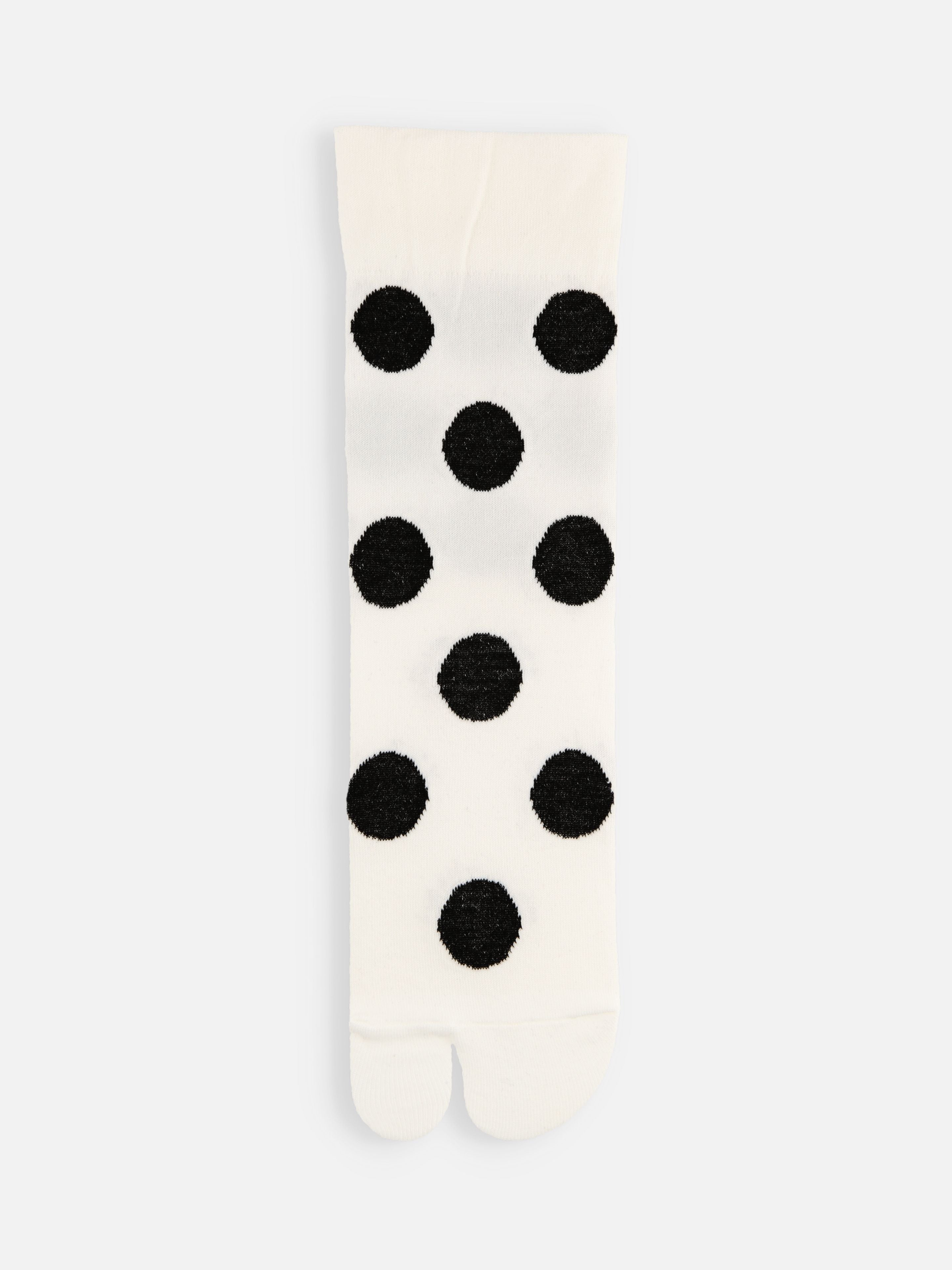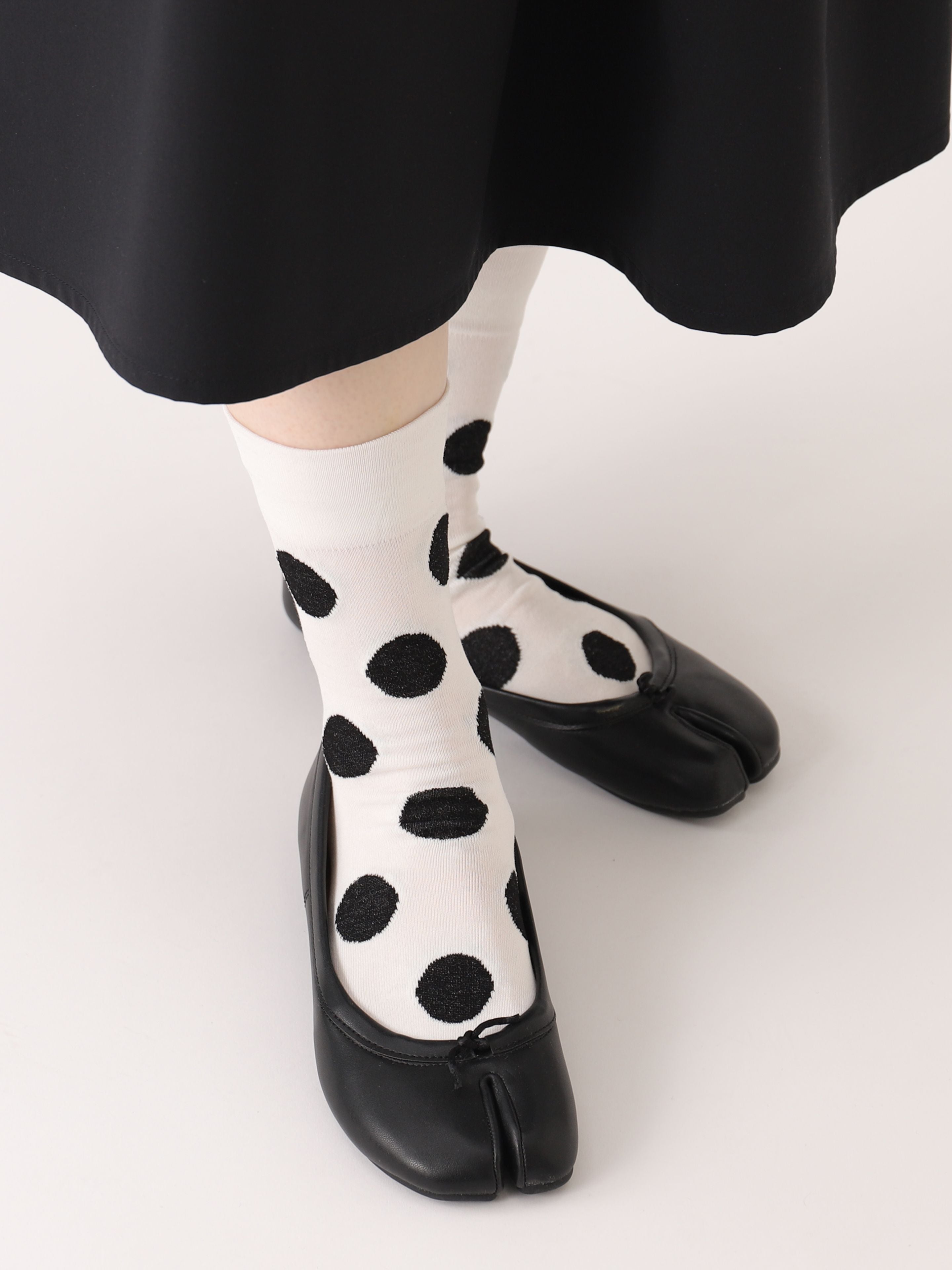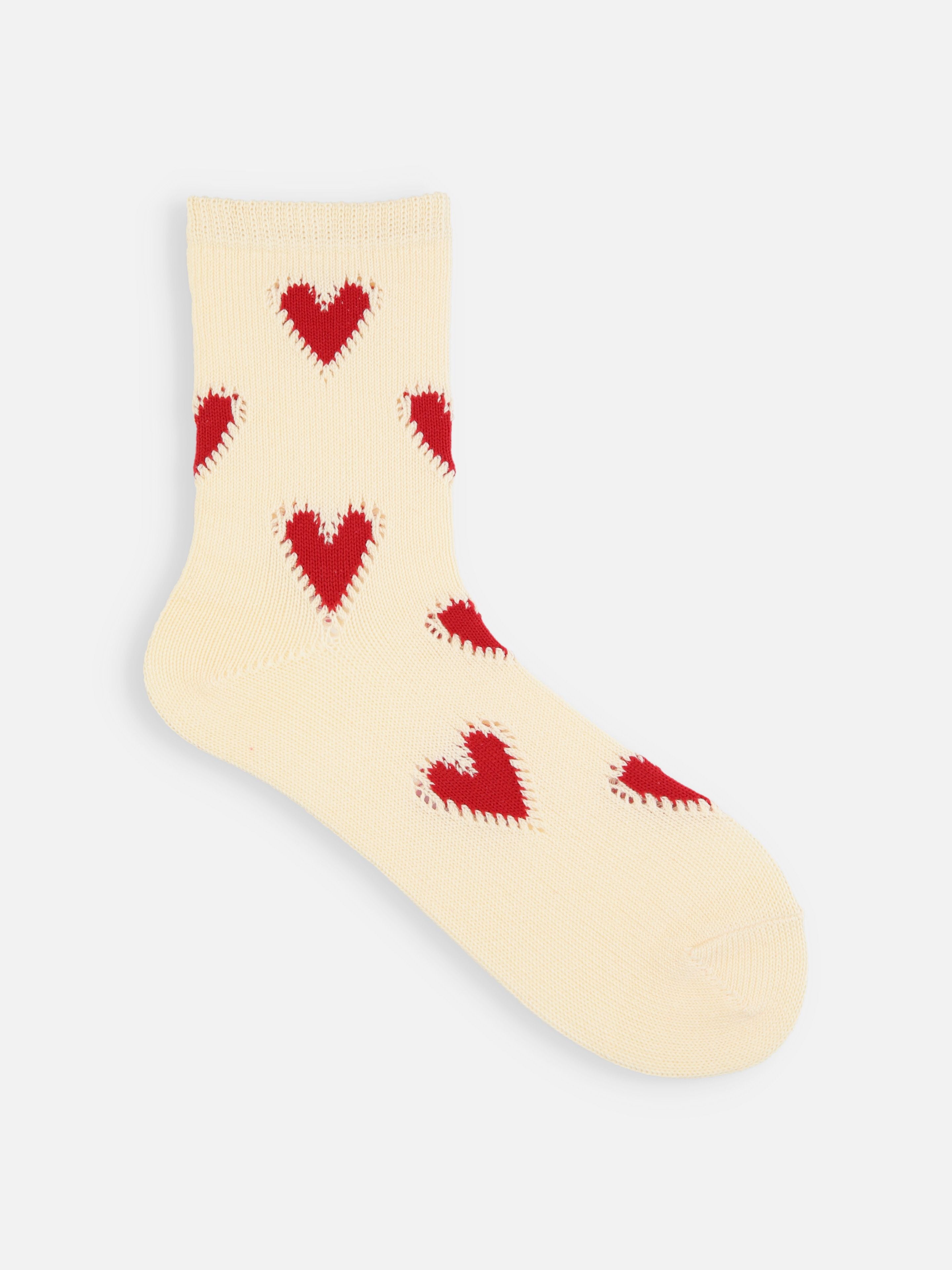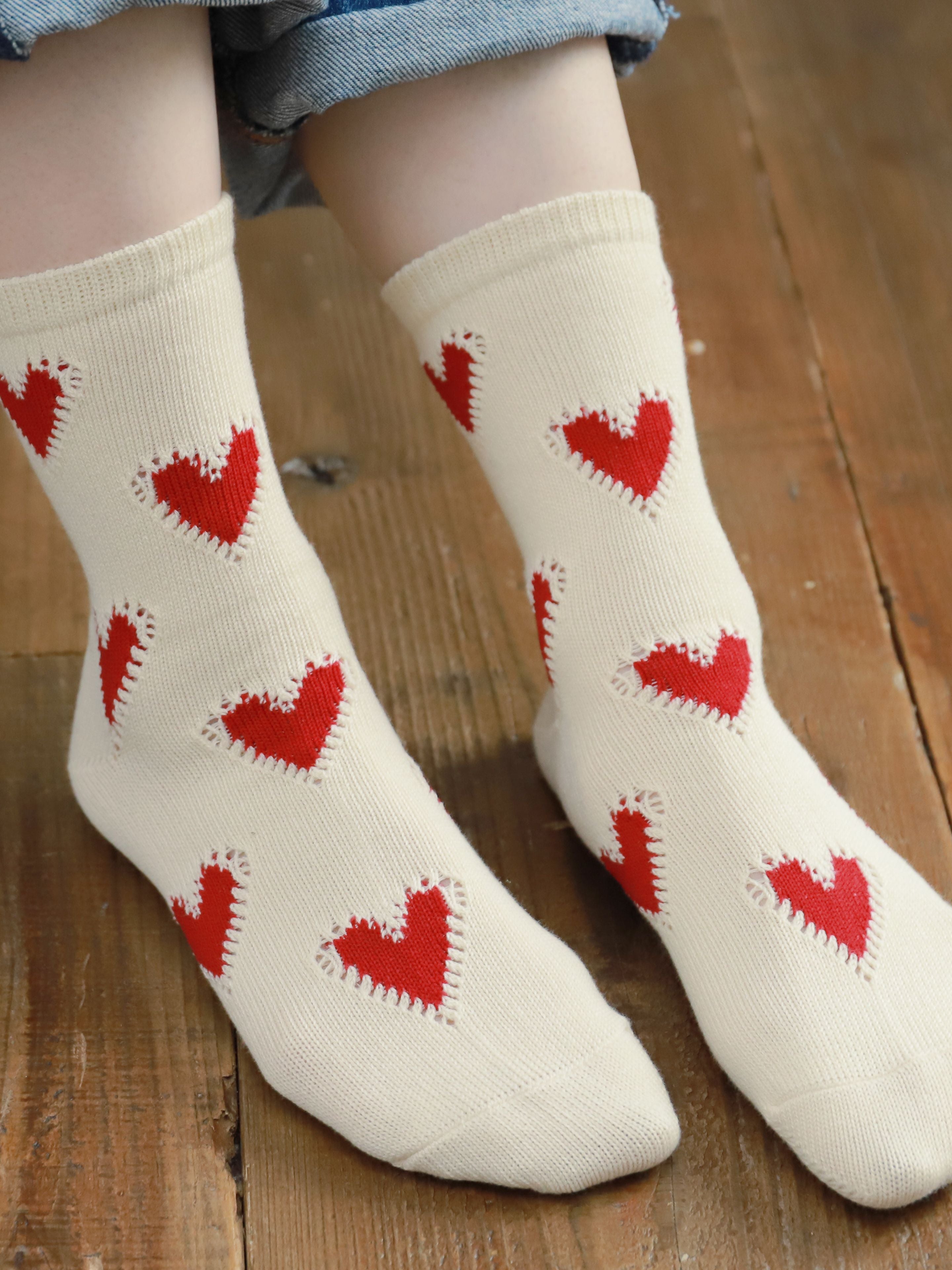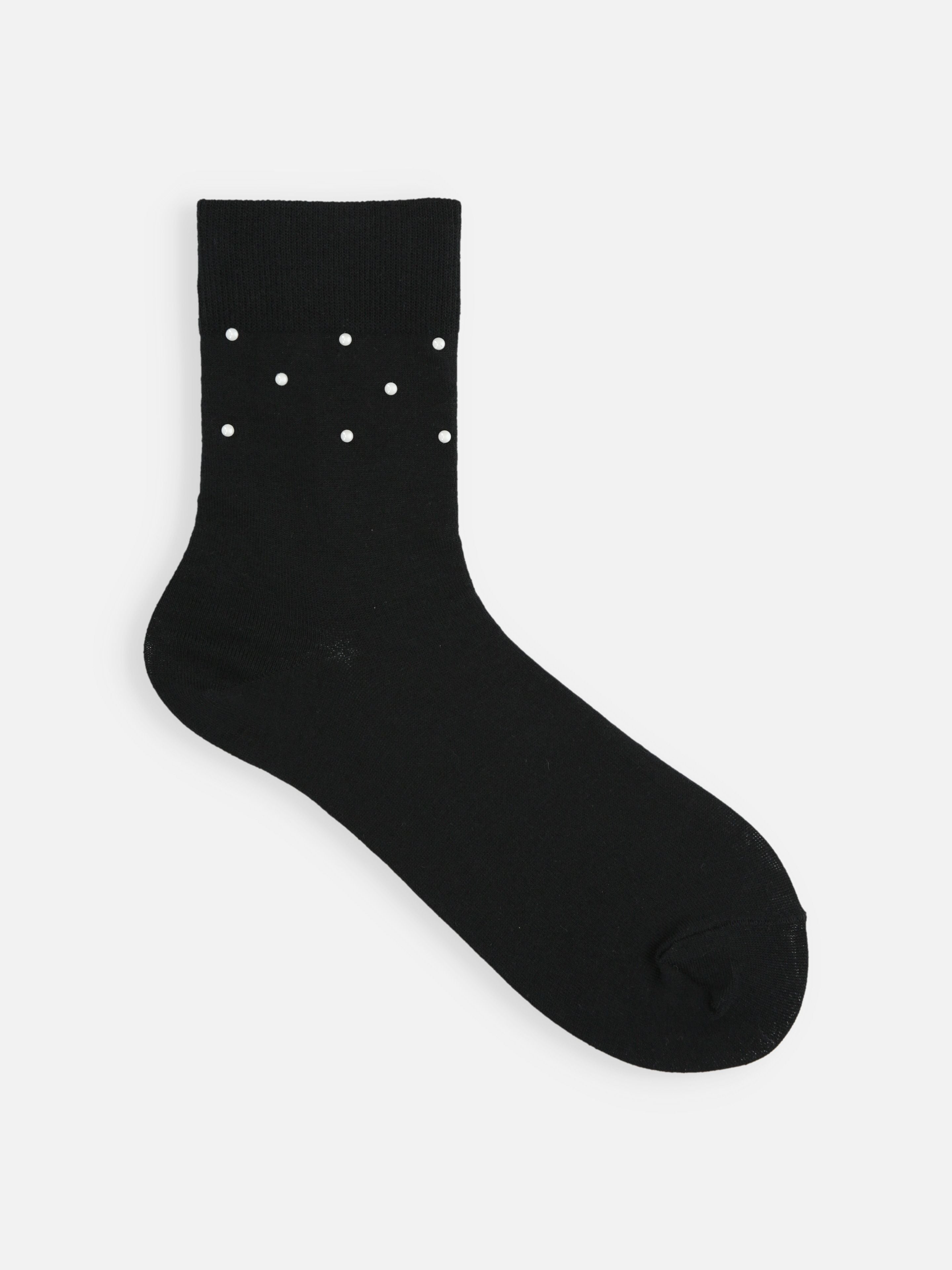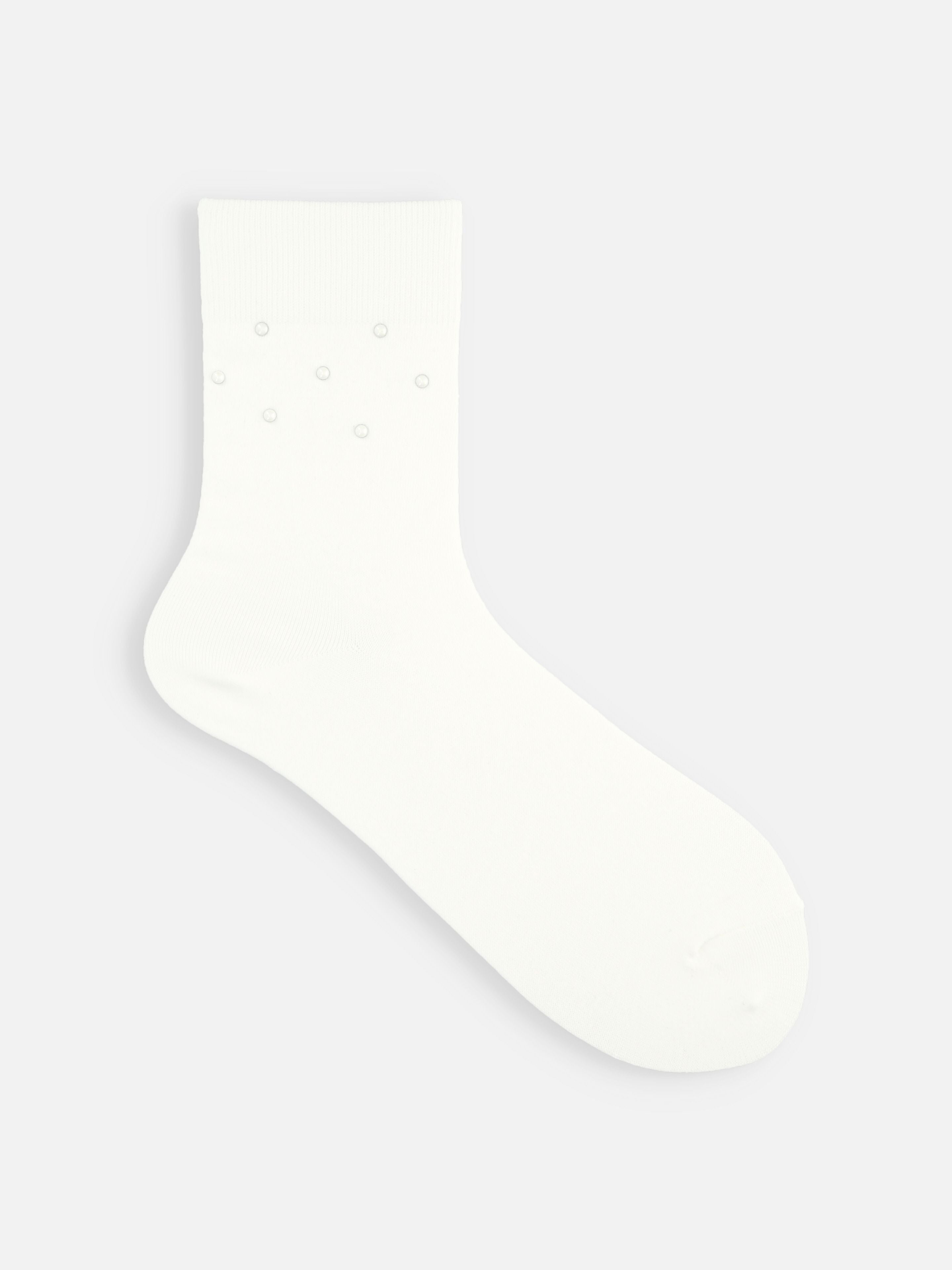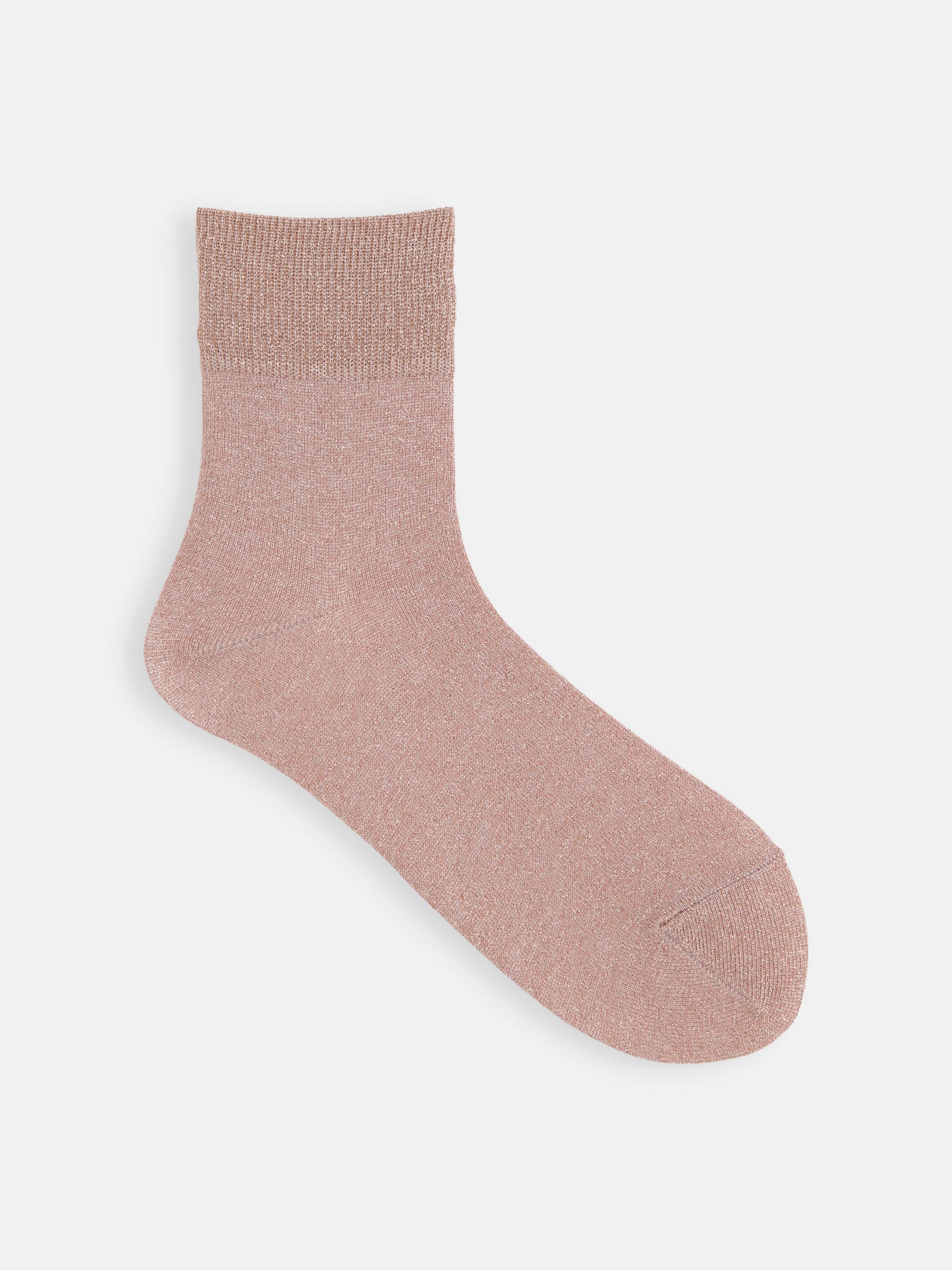Филтри
Точка на гледна точка
Tabio е майсторът на Япония в облеклото за крака — чорапи, чорапогащи, таби и модели с пръсти, невидими подплънки, чорапи до коляното и уютни топли чорапи — изработени така, че да отговарят на начина, по който хората действително живеят и се движат. В асортимента ще намерите всичко от фини официални чорапи до издръжливи спортни модели, както и прозрачни глезенчета, вълнени чорапи и чорапи от хартиена нишка washi. Обещанието на марката е тактилно и прецизно: по-добри нишки, по-чисти шевове и силуети, които стоят точно там, където желаете, независимо дали в маратонки, лофъри, боти до глезена или обувки на ток.
Силует & конструкция
Моделите на Tabio са проектирани с внимание към пропорциите и усещането. Височините са калибрирани — плитки подплънки, които изчезват в нисък връх, чорапи до глезена (къси) които достигат горната линия на дерби обувка, класически чорапи до средата на прасеца без отпуснатост и чорапи до коляното, които остават на място под костюм. Ребрата варират от компактни 5×2 канали до по-широки ретро ребра за повече визуална текстура. Пръстите са завършени с плоско, „безшевно“ свързване, за да се намали обемът по линията на ноктите; маншетите са настроени да държат без да стягат, така че ребристите чорапи прилягат, но не оставят следи. В спортните модели 3D плетката на марката създава зонирано напрежение от глезена до пръстите, с компресия за поддръжка на свода, мрежа над стъпалото за въздушен поток и силиконови щампи под стъпалото за ограничаване на хлъзгането вътре в обувката. Дори петата е оформена така, че да устоява на усукване през дългите дни.
Материали & обработка
Изборът на текстил е тихата луксозност в чорапите. Tabio залага на екстра дълги памучни влакна за гладкост и наситеност на цвета, мерсеризирани обработки за блясък и висококачествени копринени нишки за прохладно приплъзване под официални обувки. Вълнените истории се фокусират върху фина мерино вълна — мека, дишаща и естествено устойчива на миризми — тънко усукана, достатъчно за носене с градски обувки, или по-дебела с омекотяване за туризъм. Уникален японски подпис е нишката washi, усукана от традиционни хартиени влакна (главно манилска коноп). Тя се усеща суха и въздушна, бързо отвежда влагата и има изненадваща якост — помислете за летни чорапи, които остават свежи при влажност или ботушни чорапи, които поддържат краката свежи през дълъг ден. Техническите смеси се появяват там, където имат смисъл: лиоцел или специални полиестери за управление на влагата, COOLMAX® в „сухи“ капсули и еластан, поставен внимателно, така че чорапът да възвръща формата си без да стяга прасеца. В цялата гама ще забележите минимално образуване на топчета, ниско окосмяване и цветове, които изглеждат дълбоки, а не крещящи.
Подписи и икони
-
Racing Run / Signature Run: Tabio SPORTS® модели, изработени с 3D плетене, компресия за поддръжка на свода, мрежести панели и силиконов захват — леки, плътни и проектирани да намалят движението в обувката при темпови усилия и състезания.
-
Петпръстови и разделени (tabi) чорапи: Индивидуални ръкави за пръсти или разделен голям пръст насърчават естественото разпъване и захват; отлични са под минималистични обувки, футболни бутонки или класически клогове и Mary Janes.
-
Washi чорапи: Модерен основен елемент за топло време — сухо докосване, бързосъхнещи и текстурирани; омекват леко с носене.
-
Премиум коприна и супер-фини мерино ребра: Чорапи за рокли с деликатен блясък и стъклен допир; плъзгат се в тесни обувки без обем.
Как да го носите сега
-
Работен ден, от бюрото до вечерята: Остър дълъг вълнен палто, панталони с широк крачол, полиран лоуфър и чифт фини мерино чорапи с ребра, които прилягат перфектно на обувката. Ако вашият стил на шиене е по-свободен, изберете малко по-високи ребра, за да балансирате подгъва.
-
Вечер, модерен класически стил: Черна рокля тип колона или плисирана пола с слингбек обувки и прозрачни глезенни чорапи — леки като органза, с шарка, която изглежда като бижу. Добавете компактна чанта за рамо и запазете останалото изчистено.
-
Уикенд, градски разходки: Кожени или технологични маратонки/спортни обувки, удобен деним и 5-пръстови спортни чорапи; кракът се усеща стабилен, а мрежестият връх осигурява прохлада. Добавете бейзболна шапка и късо бомбер яке.
-
Пътуване или преходно време: Кашмирен кардиган, изчистени джогъри и washi чорапи под обувки тип slip-on; сухото усещане прави бягането през летището поносимо, а плетката не се отпуска по време на полет.
Бележки за прилягане и размери
Tabio обикновено използва размерни диапазони, а не единични размери, което прави избора ясен. Модните чорапи и чорапите за рокли имат изискан, точен размер; ако сте между размери или предпочитате повече пространство, изберете по-големия диапазон, особено при по-дебели мерино или плетени с купчина. Спортните чорапи прилягат плътно – по дизайн – за да предотвратят триенето; ако сте на границата и предпочитате малко свобода, изберете по-голям размер. Моделите с пет пръста и tabi трябва да следват формата на пръстите, а не да се събират; уверете се, че обувките ви позволяват естественото разпъване. Прозрачните и копринени модели се усещат деликатно около глезена; избягвайте тесни обувки с остър горен ръб. За чорапи до коляното: по-високите носещи или тези с атлетични прасци може да предпочетат модели с лека опора.
Грижа и дълготрайност
Отнасяйте се с добре изработените чорапи като с плетиво. Обърнете чифтчетата наопаки и ги перете на студено в пералня на деликатен режим, идеално в мрежест плик, с мек перилен препарат. Перете тъмните и светлите цветове отделно. За дълготрайност сушете на сянка; ако използвате сушилня, настройте на ниска температура. Избягвайте белина и омекотители (те могат да сплескат техническите влакна). При петопръстни/tabi чорапи оставете малките закрепващи конци между пръстите непокътнати — тези подсилвания помагат за издръжливостта. Както при всички чорапи, важни са обувките и гладките стелки: грубите стелки и влаченето на краката съкращават живота на всеки чорап. Редувайте чифтчетата; любимите ви ще издържат по-дълго.
Наследство и днес
Основана през 1968 г. от пионера в чорапите Наомаса Очи, Tabio се развива в сърцето на японското производство на чорапи около Корьо-чо, Нара — регион, прочут със своя опит в плетенето. Компанията усъвършенства мрежа от малки фабрики и специалисти, запазвайки локални техники за свързване и довършване, дори когато пазарът търсеше обеми в чужбина. Днес лидерството е в ръцете на Кацухиро Очи, който ръководи еволюцията на бранда от 2000-те години, като същевременно поддържа същия работилничен дух. Извън Япония Tabio има присъствие в Лондон и Париж и специализиран спортен отдел; продуктите на рафта обясняват бранда по-добре от всяко модно ревю. Това, което остава през десетилетията, е ясна идея: чорапите трябва да се усещат като обмислени, а не като еднократни.
Отговорност
Отговорната работа на Tabio е прагматична, а не шумна. Брандът подкрепя местното производство — подпомагайки японските текстилни фабрики и занаятчии с постоянни поръчки и дългосрочни партньорства. От 2009 г. отглежда собствен памук в Нара в сътрудничество с местни фермери и университетски партньори, отглеждан без пестициди и химически торове, след което се смесва, където е подходящо, в избрани линии. Конецът „Washi“ използва бързорастяща манилска конопена тъкан за здравина при леки тегла, идеален за чорапи с ниско въздействие и дълготрайно носене. В Япония компанията също е пилотирала събиране в магазина на износени чорапи за рециклиране. Нищо от това не звучи като маркетингов трик; просто отразява начина, по който брандът мисли за материали, производители и употреба.

